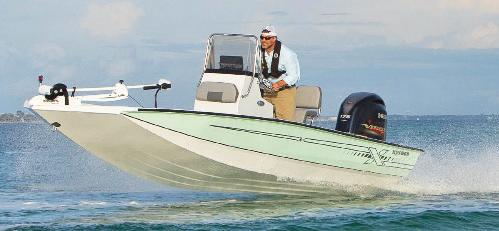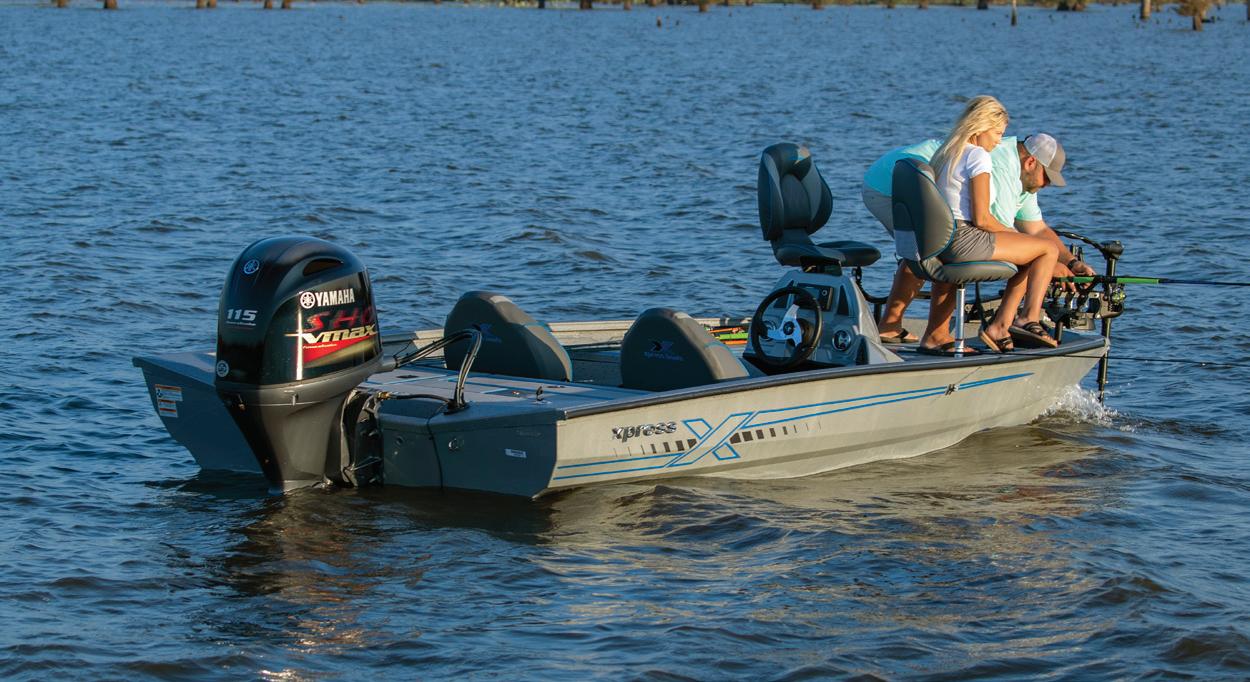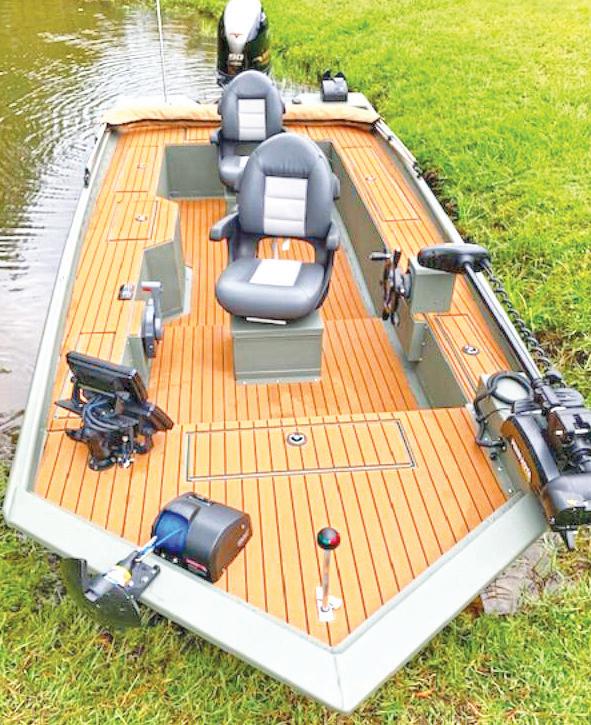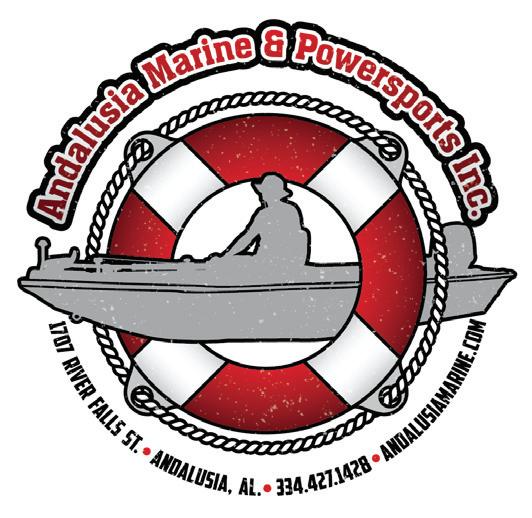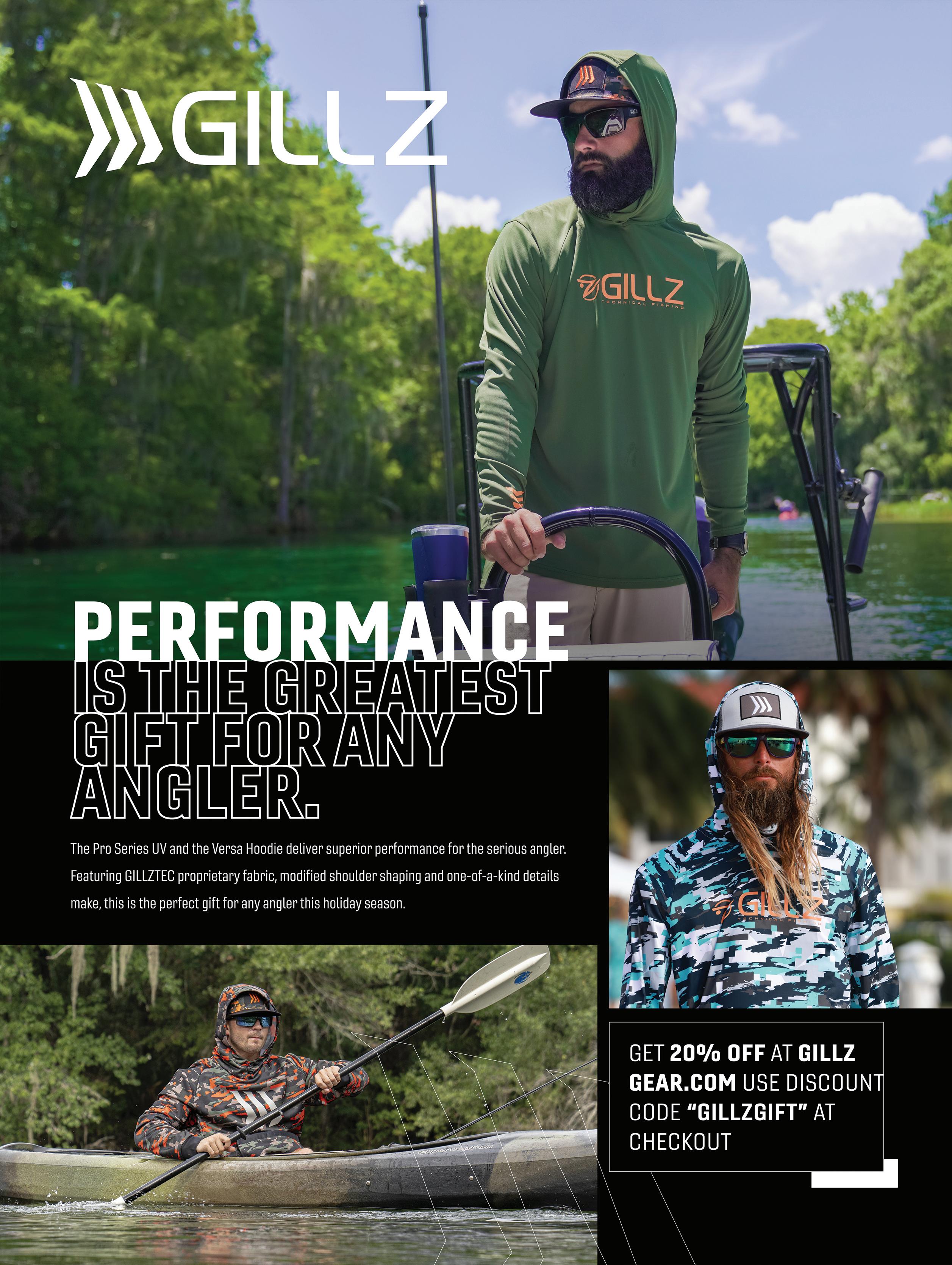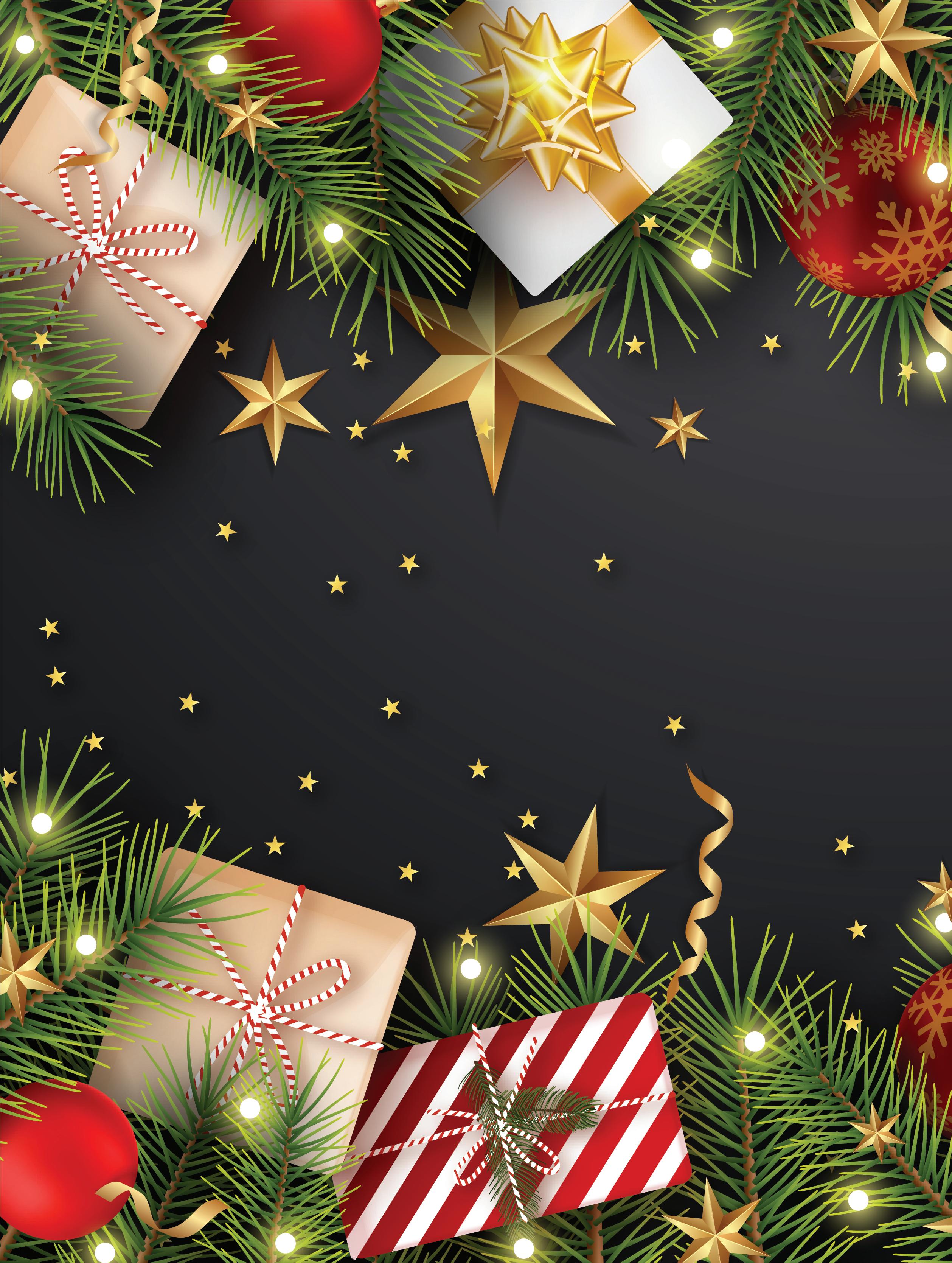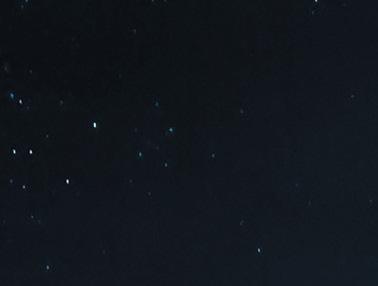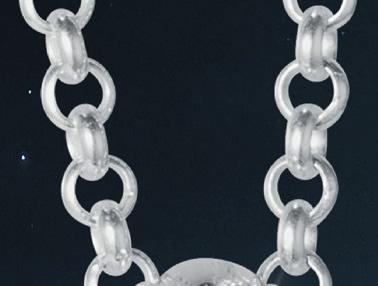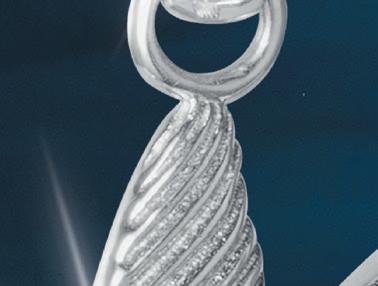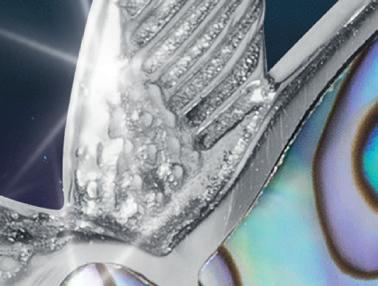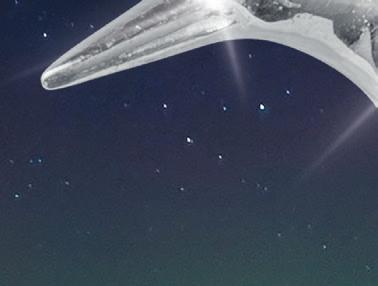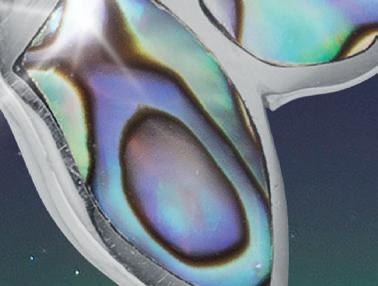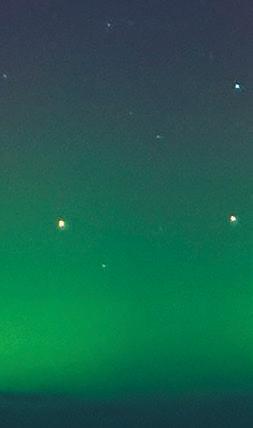


















































A watch that revolutionized timekeeping at a price equally as radical.
In the history of timepieces, few moments are more important than the creation of the world’s first Piezo timepiece. First released to the public in 1969, the watch turned the entire industry on its head, ushering in a new era of timekeeping. It’s this legacy that we’re honoring with the Timemaster Watch, available only through Stauer at a price only we can offer.

Prior to Piezo watches, gravity-driven Swiss watches were the standard bearer of precision timekeeping. But all that changed when the first commercially available Piezo watch came onto the market.
The result of ten years of research and development by some of the world’s top engineers, they discovered that when you squeeze a certain type of crystal, it generates a tiny electric current. And, if you pass electricity through the crystal, it vibrates at a precise frequency–exactly 32,768 times each second. When it came on the market, the Piezo watch was the most dependable timepiece available, accurate to 0.2 seconds per day. Today, it’s still considered a spectacular advance in electrical engineering.












“[Piezo timepieces]...it would shake the Swiss watch industry to its very foundations.”

Foundation For Economic Education

With the Timemaster we’ve set one of the world’s most important mechanical advances inside a decidedly masculine case. A handsome prodigy in rich leather and gold-finished stainless steel. The simplicity of the watch’s case belies an ornately detailed dial, which reflects the prestige of this timepiece.
Call today to secure your own marvel of timekeeping history. Because we work directly with our own craftsman we’re able to offer the Timemaster at a fraction of the price that many Piezo watches cost. But a watch like this doesn’t come along every day. Call today before time runs out and they’re gone.
Your satisfaction is 100% guaranteed. Spend some time with this engineering masterpiece for one month. If you’re not convinced you got excellence for less, simply send it back within 30 days for a refund of the item price. But we’re betting this timekeeping pioneer is a keeper.
Dear Angler,
Are you looking for a change in the New Year? We have plans to expand in 2023 and are seeking like-minded outdoor enthusiasts who share in our vision to bring our free publication to every town in America!
Do you want to work from home, be your own boss, and control your time and earnings? Then owning your own fishing magazine may be right for you!
Our ideal candidate for this unique business opportunity:
• Loves the Outdoors
• Loves Meeting People
• Has Prior Business Experience or at Least Three Years of Sales Experience
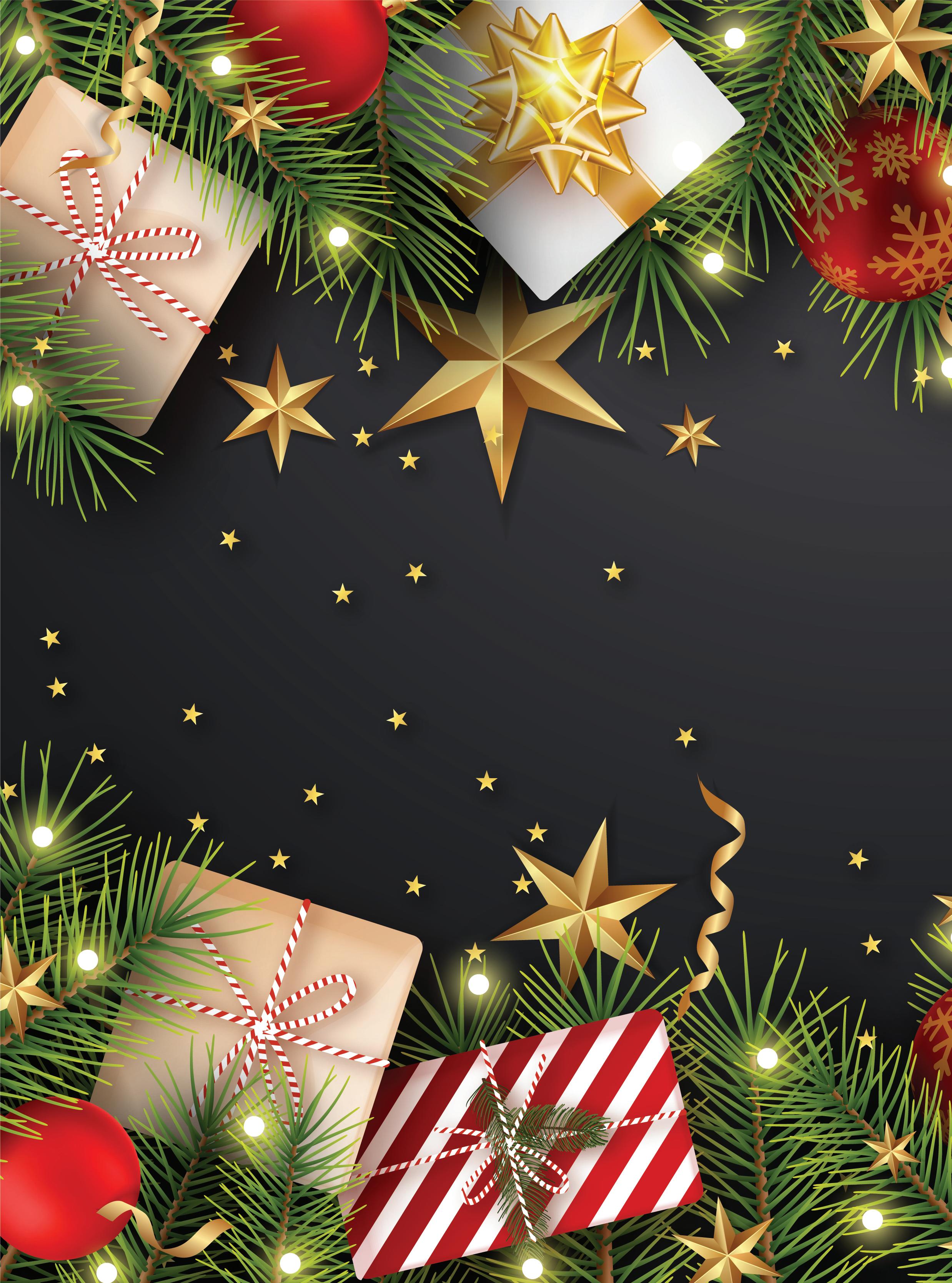
• Has Good Credit & Driver’s License
• Is a Self-Starter
If you or someone you know is looking for an opportunity to own their own home-based business and earn a living in the outdoor industry, please contact us at 321.777.2773 x 1 or email info@coastalanglermagazine.com.
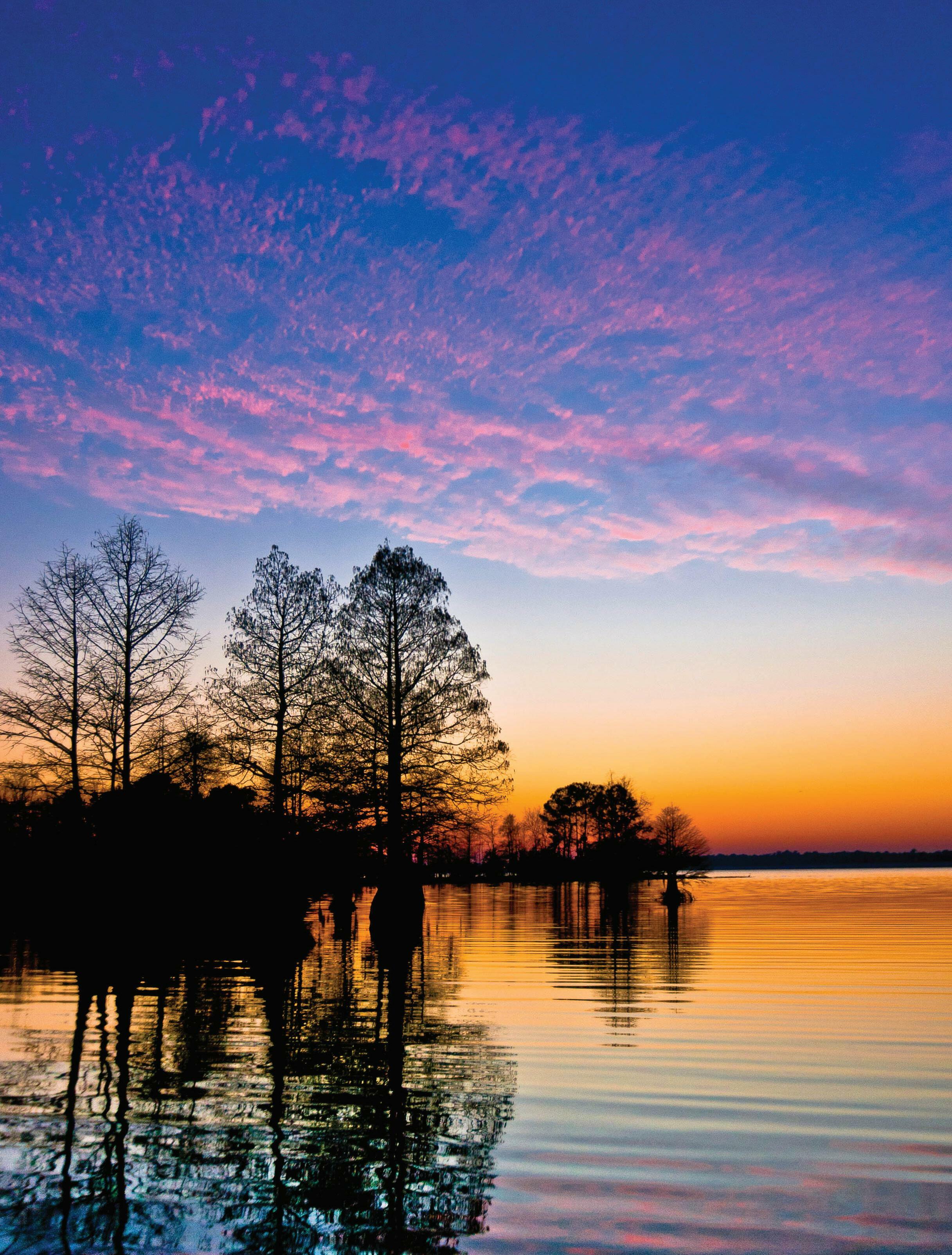
Ask us if we have a franchise territory available near you! We have freshwater and saltwater franchise territories available throughout the US and abroad!
Tight lines, Ben Martin
Editor In Chief
Coastal Angler Magazine
The Angler Magazine



www.CoastalAnglerMag.com
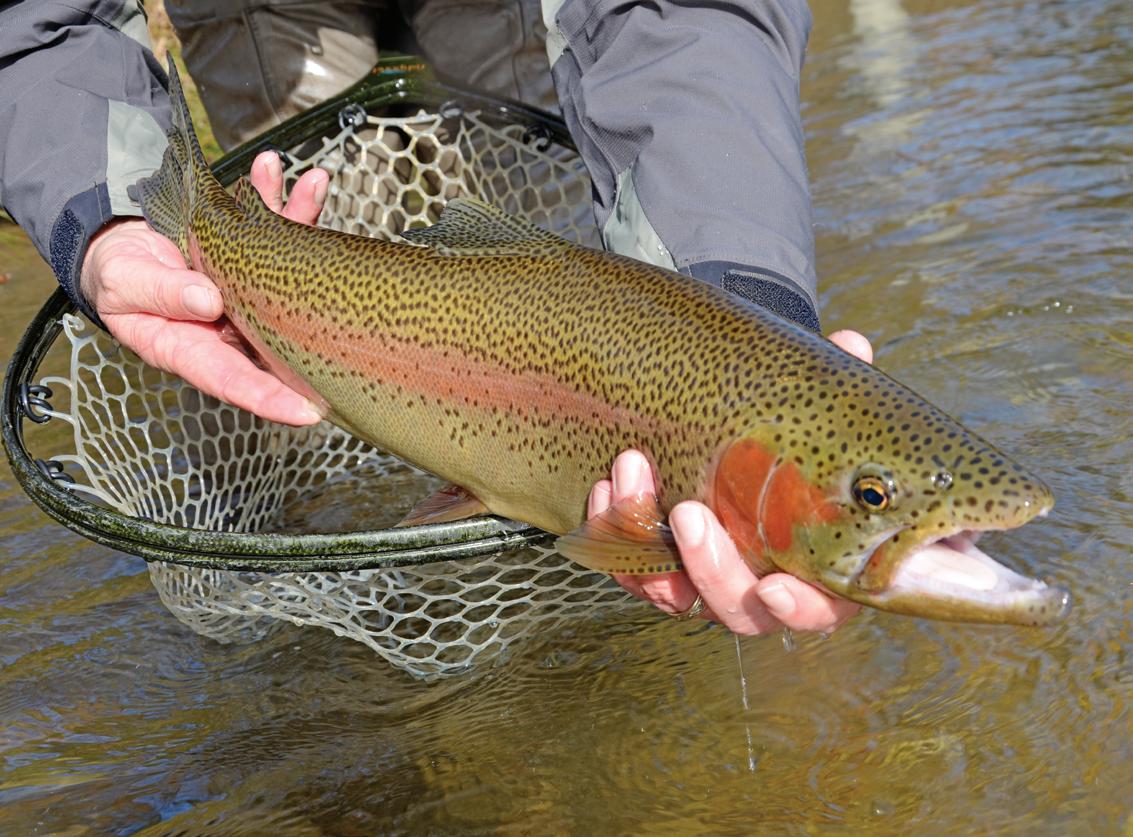 By Nick Carter
By Nick Carter
Trout like cold water, but there’s no denying the slow down that occurs on most wintertime trout fisheries. When water temps fall into the low 40s and below, insect life and other food sources are less prevalent. Trout metabolisms slow and they go into energy-conservation mode. They are content to hover near the bottom out of heavy current and feed only when an easy opportunity arises.
That said, fish still need to eat, and intrepid anglers will find joy in the seclusion of a wintertime trout stream. Here are some tips to raise the odds of a great wintertime trout trip. Dress warmly, wade carefully and savor the taste of the ice you suck from your rod guides.
1) Choose Destinations Wisely: Winter is not the time to explore high-elevation brook trout streams. Instead, float a tailwater, where water temps are consistent year-round, or go to lower elevation streams that are a bit warmer. For a target-rich environment, try out a delayed-harvest fishery. They are stocked heavily through the cooler months.
2) Fish Warm Spells: Two or three days of consistently warmer weather are primetime in terms of winter trout fishing. Everything in the stream, from the trout to the bugs and baitfish they eat, perks up.
By the same logic, the best bite is usually during the warmest part of the day. Sun warms the shallows, bringing out the tiny little midges, black stoneflies and blue-winged olives that are wintertime staples. Even if the action is subsurface, trout will take advantage of easy feeding opportunities.
3) Fish Meticulously: Unless trout are visibly rising, subsurface is the way to go. Turn your attention away from the riffles where rainbows pop dry flies in spring, and look to the deeper, slower runs. Pick them apart with nymph rigs. Keep in mind that most winter food items will be small, but fish a variety of sizes and patterns at the same time and cover every inch of each run vertically and horizontally. The idea is to hit a fish in the nose, and this is best achieved fishing slowly and carefully.
If you want to tempt a giant trout, it’s a good time to dead drift a big streamer with the same meticulous patience. Don’t hesitate to fish a heavy streamer deep under an indicator. Sometimes a big mouthful is enough to convince a lock-jawed bruiser to eat.
4) Fish Safely: Flooding your waders can kill you when it’s frigid. During cold snaps, consider fishing near the truck, where a quick jog can put you in a heated cab if you get wet. If you do go into the backcountry, take a dry-bag with fire-starting equipment, a towel and a change of clothes.
Wherever you fish, wade carefully, avoid stepping on frozen-over rocks, kick any snow off your boots before entering the water and avoid taking chances like wading deep water or heavy flows.
Nick Carter is the author of “Flyfisher’s Guide to North Carolina & Georgia.” Contact him at nsc8957@gmail.com.



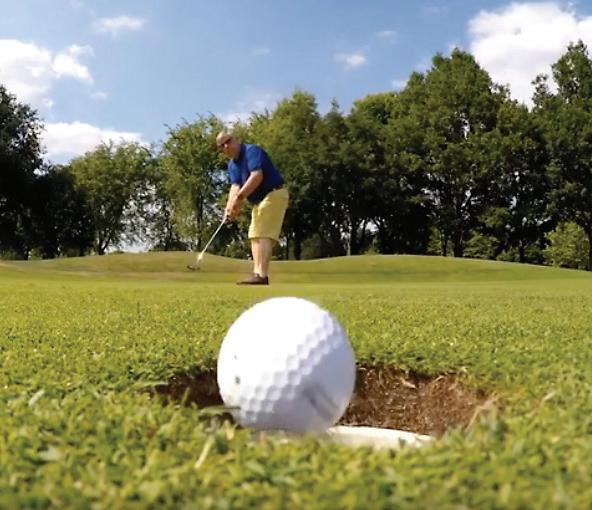

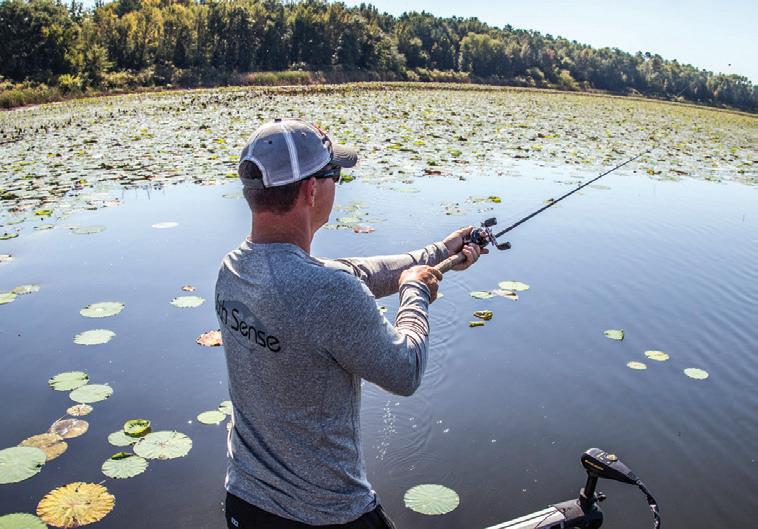
Berkeley County is a wonderland for outdoor enthusiasts, sports buffs, adventure seekers, and water lovers. From exemplary fishing for striped bass, or a trophy largemouth bass, to our hiking trails and water activities, along with scenic outdoors where you can catch a glimpse of white tail deer and gators, Berkeley County has activities to fit all visitors and families. Learn more about Berkeley County at: exploreberkeleycounty.com





Next stop Manaus, Brazil! It all started when my good friend Capt. Johnny Stabile called.
J: I know what you’re going to say before I even ask.
G: What is it?
J: Do you want to go Peacock fishing in Brazil?



G: When?
J: We would leave 13 days after our Alaska trip.
Of course, my response was, “Ok, sounds great!”
That would give me just enough time to get back from Alaska, fulfill orders for my business, and get things ready to head south. We flew out of Miami, and with a layover in Panama City, Panama met up with several other fishermen on the expedition. After a very long night of traveling, we finally landed in Brazil and hopped on a quick seaplane ride to the Rio Matupiri for six and a half days of non-stop fishing!
We stayed aboard the Amazon Legend with a very accommodating crew of 14. We ate like kings and fished hard. Our typical day of fishing consisted of getting up before the sun for a quick breakfast and loading into skiffs to spend the day zipping around to the guide’s best fishing spots. We threw a variety of lures, mostly topwaters like big choppers and walking baits. Johnny’s favorites of the trip were a Rebel Jumping Minnow and a Borboleta Woodstock 10.5 cm. He wore out the peacock bass on that Jumping Minnow. I threw bucktail jigs, and they produced the largest number of fish, but for Johnny it was all about the BIG’UNS!
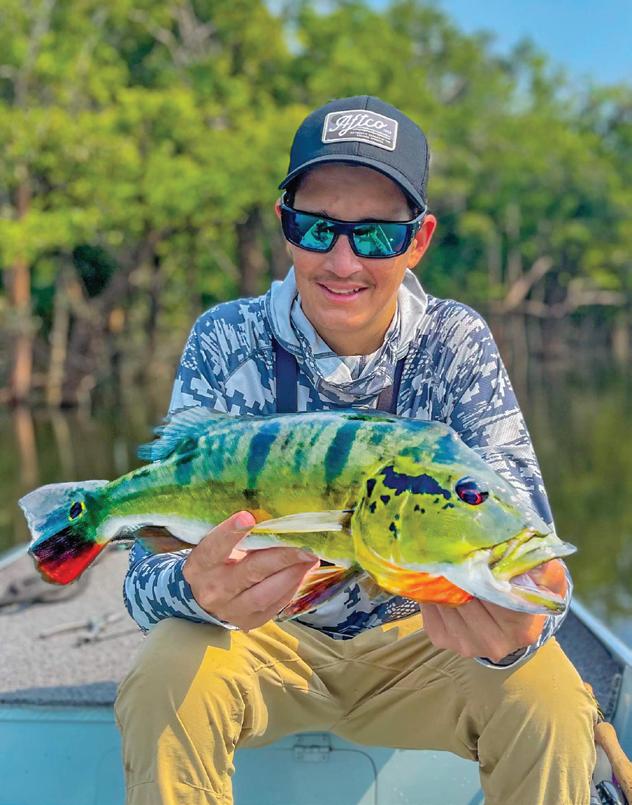
Johnny loves to fly fish, so one special thing about fishing in Brazil for him was catching several nice fish on the fly rod with easy-to-tie flies that he made myself. These fish are so much more aggressive than the peacock bass you find in south Florida. For a little perspective, we caught more than 350 peacocks and more than 50 piranha along with several other exotic species. The average peacock was 2 to 3 pounds, and Johnny’s biggest weighed more than 8 pounds. One person in our party caught a big peacock that pulled the scales to nearly 14 pounds.
After a long morning of non-stop action, sometimes we would take a quick lunch break and hide in the shade of a tree for a wonderful shore lunch. The guides packed everything for remote meals on land, where they cooked native fare on an open fire. While they cooked, we relaxed in hammocks with
plenty of cold drinks and the opportunity for a quick nap before lunch was served. Many of the fish we caught contributed to these lunches, and there were also steaks and chicken available with all the fixins. Homemade salsa and native seasonings complimented the meals perfectly. After a relaxing lunch, it was back on the skiff and back in the action!
After afternoons of fishing, we indulged in fivestar dining and the most important part of the trip, air conditioning! The crew made up our rooms, did our laundry and prepared dinner every evening. Specialty cocktails were also provided, if that’s your fancy, but Johnny’s favorite was the freshly squeezed juices. He’s already looking forward to the passion fruit juice when we return next year!
Johnny shot some great video of our trip. Check it out in the December edition of The Angler Video Magazine

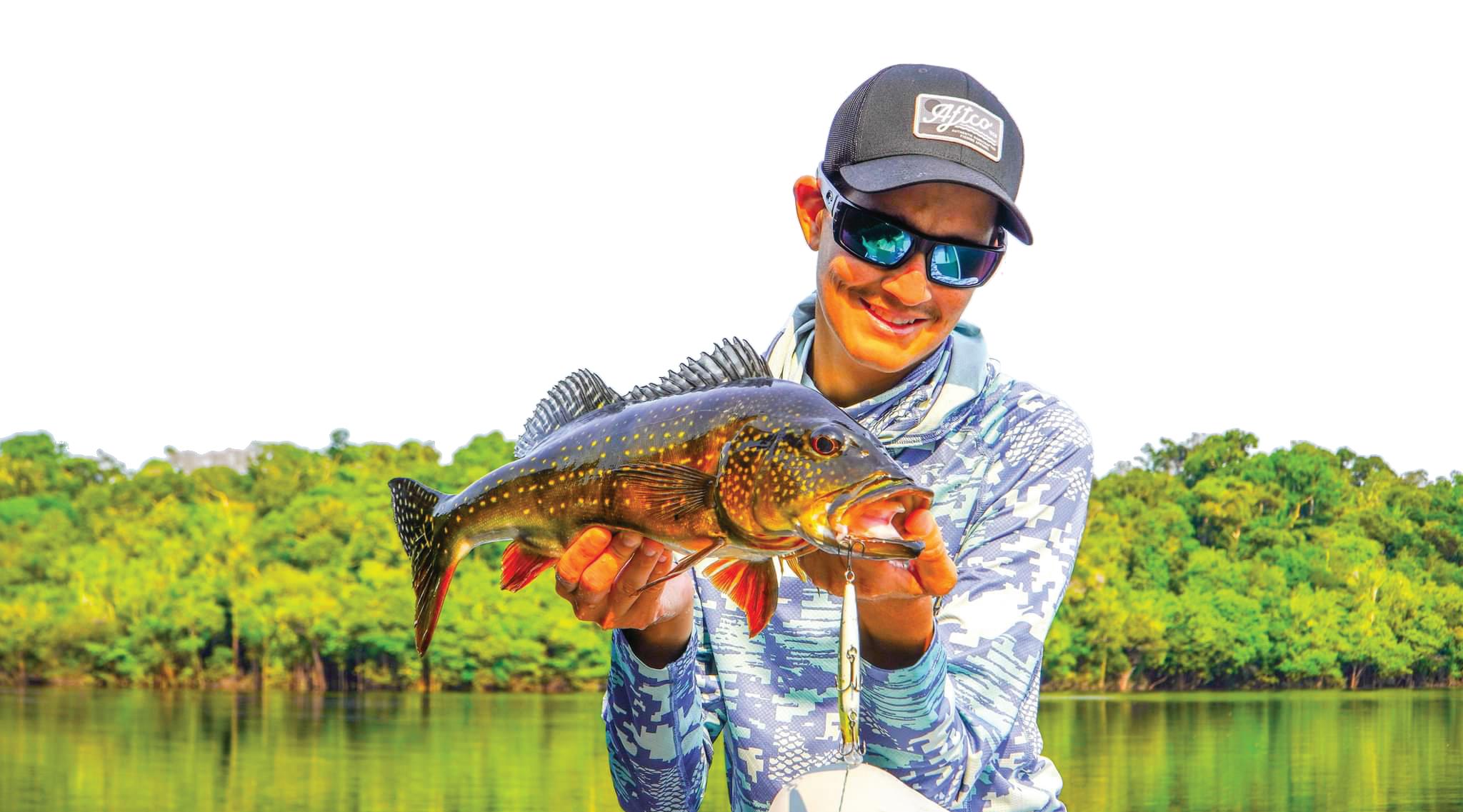
If you are interested in a Brazilian fishing adventure, e-mail Johnny at captain@ SFLFishingCharters.com or Gary at gary@purgeright.com.
 By Capt. Johnny Stabile and Gary Turner
By Capt. Johnny Stabile and Gary Turner
For as long as I can remember, offshore bottom fishing is what we look forward to during the last half of November and the entire month of December. The week of Christmas has always been considered the apex of the bottom-fishing year.



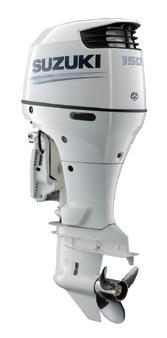

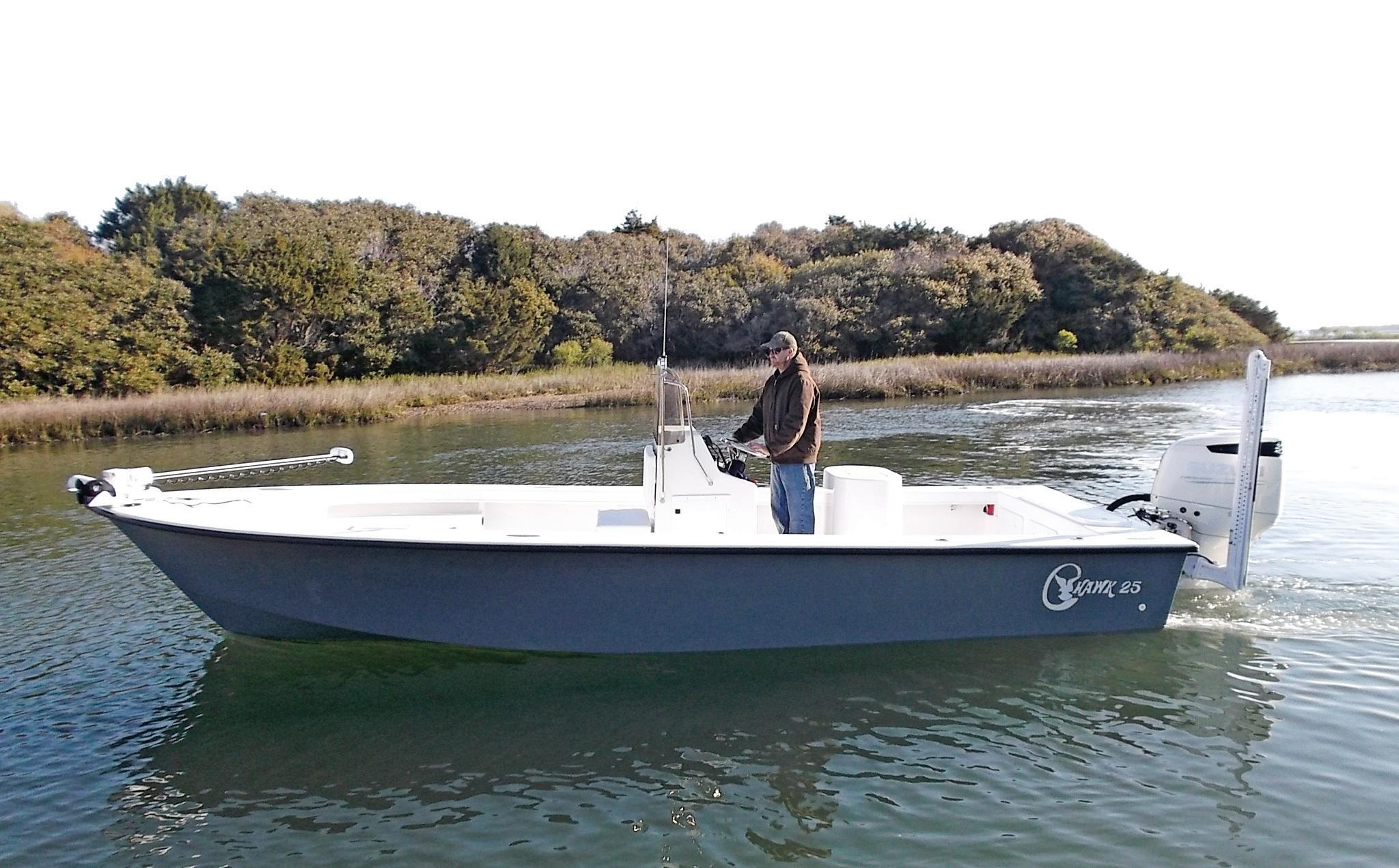
You can see the move of the big snappers marching offshore on the edge of the colder water. This will pile big snapper and other bottomdwelling species up on certain staging areas, along with a clean water temperature line that also stacks up the kings and wahoo. Keep a light line bait out while you’re bottom fishing. There is no telling what you’ll catch and on what baits.
Of course, I love a pinfish, grass grunts or sailors choice for grouper and snapper baits for more than one reason. 1) They get bites from the target species; and 2) they eliminate most of the trash bites from grunts, pinkies and sea bass.


Yes, I love a live bait on a jig, but don’t ever forget that a big grouper also loves a big chunk of cut bait. We have seen a huge uptick in amberjack and almaco jacks in the past few
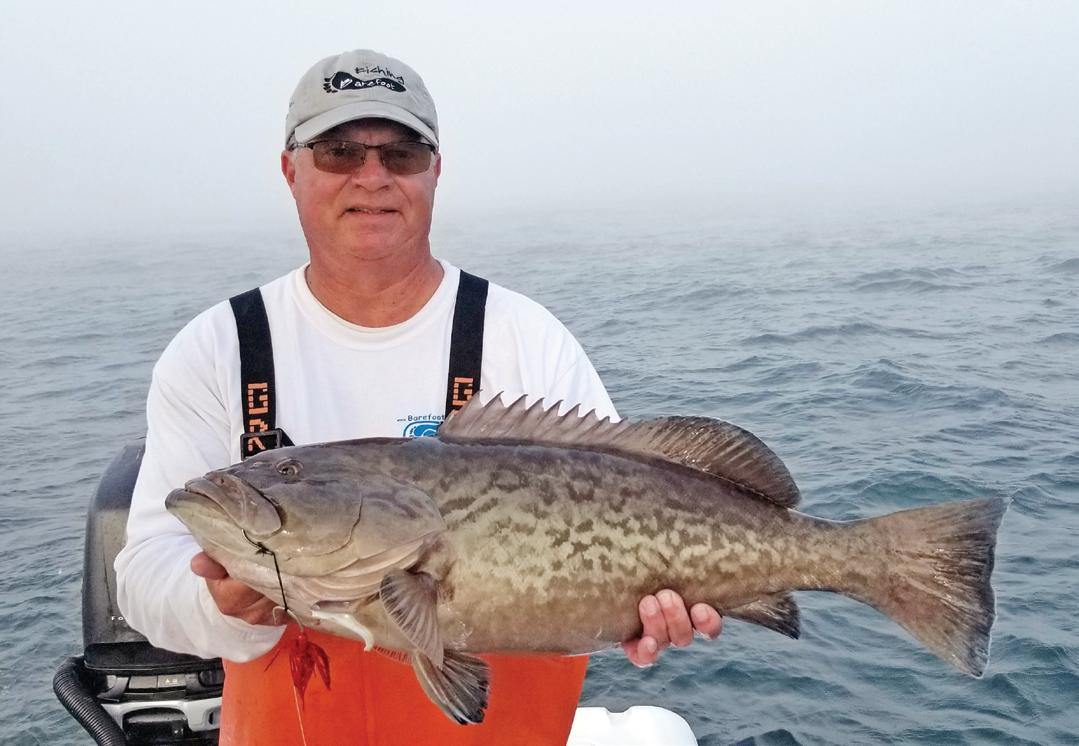

years for some reason. This is an excellent bait source! I like to keep one of the first, smaller, amberjacks that come up just for this cut-bait option. The big chunks of cut bait do
of my bottom-fishing strategy. This is also the reason I take a couple boxes of squid on every trip. I start every new post-up on a ledge or live bottom area with everyone firing down whole squid every drop. I don’t care what they are catching. It’s usually grunts, pinkies or seabass, but what is really happening on the bottom is the squid are being ripped to shreds and small pieces are swirling around and creating a chum slick. After several volleys of whole squid, I change it up to live pinfish, grass grunts or other live baits on a jig.

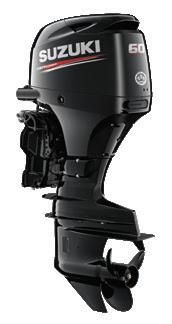
Grouper and big snapper see the live bait as a smaller fish that was grabbed by a crab while feeding on small pieces of squid. It’s a winning technique that has been very successful for me and other Decoy Jig users for years now. It is also new to the fish, tackle-wise.
two things. They get bites and they also create a “chum slick” on the bottom right where you are fishing. When the cut bait gets pecked at, all the small pieces of flesh swirl around as it’s being eaten.
This is one of the most important aspects
The beauty of this cold water line moving farther offshore with every cold front creates opportunity for a variety of species. You never know; keep firing down cut bait and setting the hook on “strange feeling bites,” and you might even catch a big deep-water lobster like the one in the video below.
Check out some awesome bottom fishing videos at https://youtu.be/w1YmT6M0ObQ.













grouper for the table.
e harvest will be very limited and tightly regulated, and permits will be issued by random drawing of applicants who applied during the Oct. 15-30 deadline. e cost to apply was $10 plus fees and permit at GoOutdoorsFlorida.com.
Details for this limited, highly regulated harvest include:

• Total recreational harvest of up to 200 goliath per year, with a maximum of 50 from Everglades National Park.
• A goliath harvest permit and tag, issued via a random-draw lottery ($150 for residents, $500 for non-residents, plus fees) are required to participate. Permits and tags are non-transferable and no exemptions apply.




• A limit of one sh per person per open season with permit and tag.
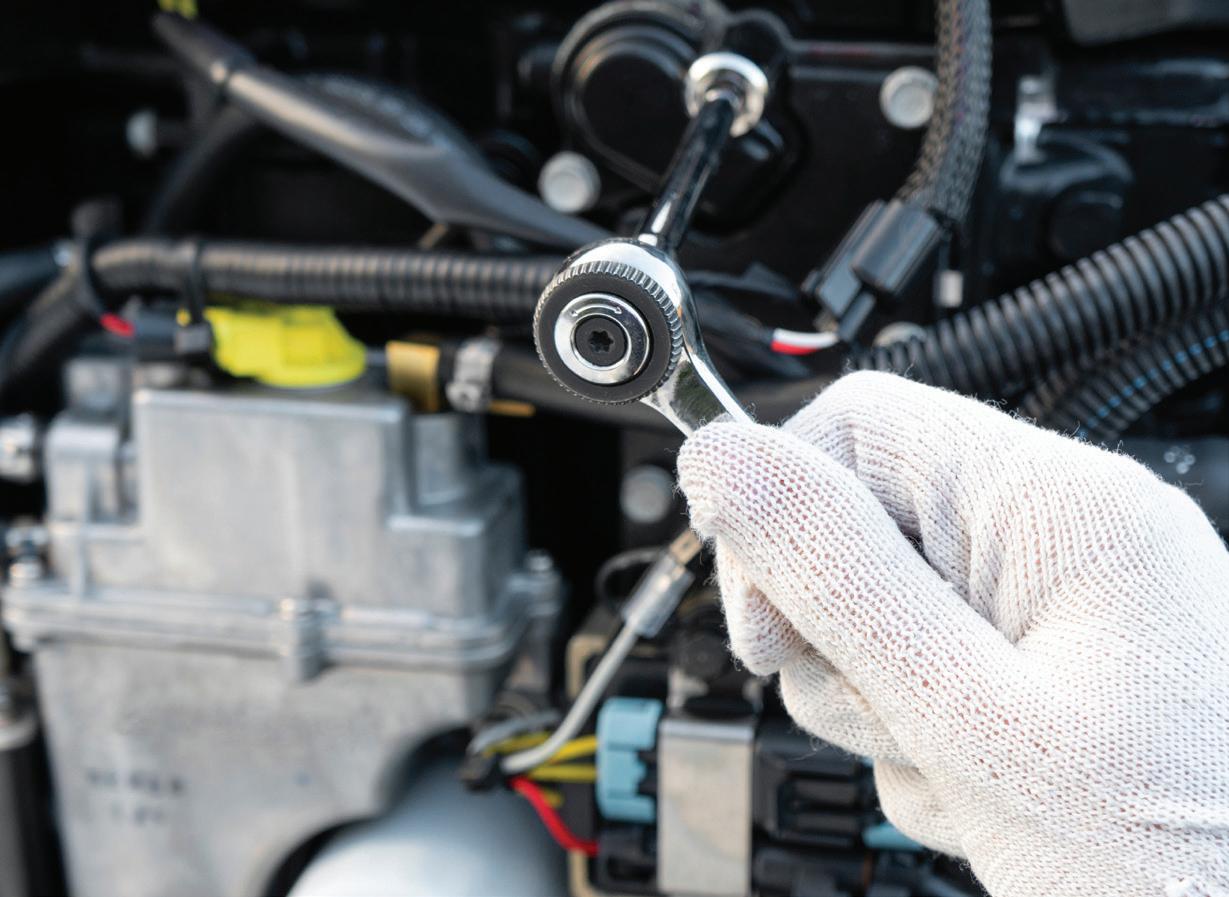

• An open season from March 1 through May 31.
• Hook-and-line as the only allowable gear.
• A slot limit of 24-36 inches total length.
• Post-harvest requirements including proper application of the tag, reporting harvest data and submitting a n clip for genetic analysis.
• Harvest will be permitted in all state waters except those of Martin County south through the Atlantic coast of the Keys, all of the St. Lucie River and its tributaries, and Dry Tortugas National Park.
• Harvest will continue to be prohibited in federal waters.
“ e highly regulated, limited take of goliath grouper is an exciting and unique opportunity to provide access to this resource a er decades of closure, and we believe limited access is sustainable,” said FWC Commissioner Robert Spottswood. “We also look forward to collecting the post-harvest data to help guide future management decisions for this species.”
In October, the Florida Fish and Wildlife Conservation Commission opened the application process for recreational harvest of goliath grouper in Florida state waters. Harvest of the species was banned when the shery collapsed, and the 2023 spring season will be the rst time since 1990 that recreational anglers will have an opportunity to keep a goliath
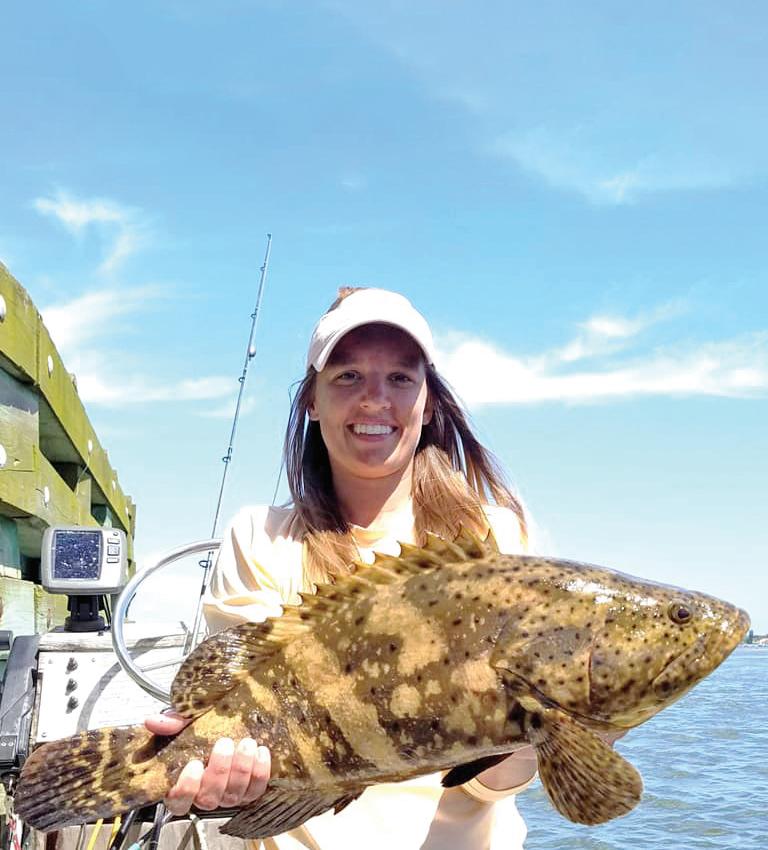
is opportunity is intended to provide additional access to this shery while balancing the values of various stakeholder groups. Adult goliath grouper will continue to be prohibited from harvest statewide as well as goliath in heavy dive ecotourism areas. is limited harvest is not intended to address shing depredation concerns.
For more information about the goliath grouper harvest permit and details on the permit lottery and eligibility requirements, visit FWC’s Goliath Grouper Harvest Permit webpage.

Technical schools charge tens-of-thousands in tuition. With the Mastry Suzuki RePower TTP (Technician Training Program), you will work with and learn from factory certified technicians and participating in the Suzuki on-line training course all while earning an hourly wage. After completing the Suzuki on-line training course and earning your Suzuki Certification you will be eligible for the Mastry Suzuki RePower Tenured Technicians Bonus Program.



Join the Mastry Suzuki Certified Technician Team and Enjoy the Mastry Suzuki RePower Tenured Technicians $1-Grand-A-Month Bonus Program


After joining a Mastry Suzuki RePower Center as a certified technician, every month you will accrue $1,000 in bonus opportunity. After one full year of service you will be tenured and eligible to receive all 12 months of accrued bonuses, or $12,000.















As a Mastry Suzuki RePower Tenured Technician along with your regular pay, each month you will be eligible for a $1,000 additional bonus.
At every Mastry Suzuki RePower Center, Certified Technicians are held in the highest regard. Join a passionate team of professionals with the common goal of excellence through constant improvement. With 12 locations across Florida there is a Mastry Suzuki RePower Center near you that wants to appreciate you and your abilities

Mastry Engine Center
Clearwater, Florida 800-545-4574

Twin Screws Marine Fort Myers, Florida 239-330-3387
Innovation Marine Corp. Sarasota, Florida 941-355-7852

Marina One Deerfield Beach, Florida 954-421-2500

Bayfront Yacht Works Sarasota, Florida 941-349-9449
On Site Marine Ruskin, Florida 813-727-5403
Boat Services Group Key West, Florida 305-320-0555
McKenzie Marine St. Augustine, FL 32084 904-770-2488
Lou’s Marine, Inc. Gulf Breeze, Florida 850-932-0701
Atlantic Marine Store Hialeah, Florida 305-826-2202
Custom Marine Service Panama City, FL 850-872-9191
Oyster City Suzuki Apalachicola, Florida 850-653-8030


With their oddly shaped mouths and a diet made up of crustaceans and mollusks, hog sh were once thought to be a species too di cult to target with rod and reel. All that changed over the last decade or so, as captains gured out how to speci cally target these delicious and beautiful bottom-feeders.
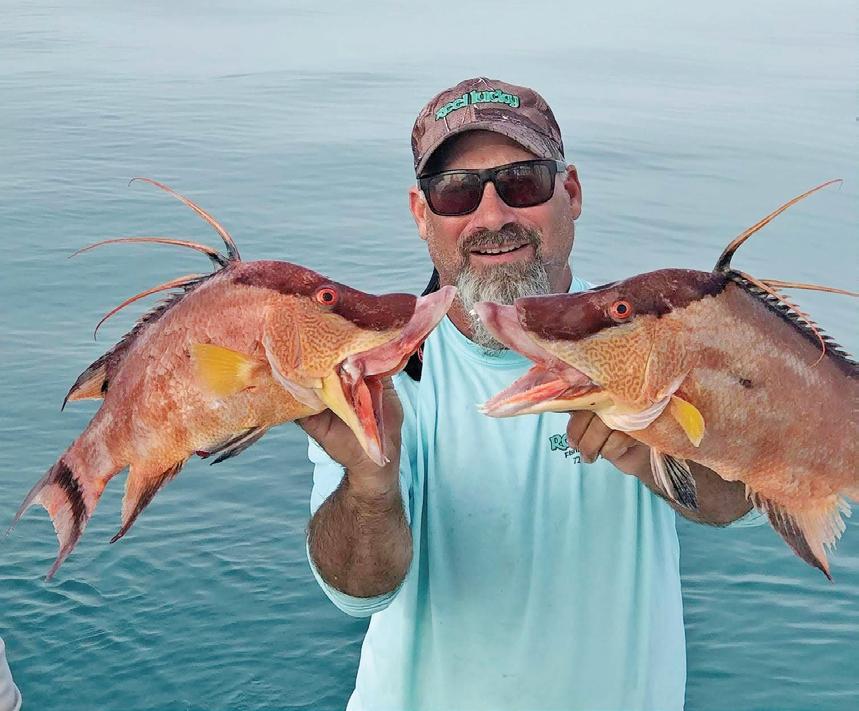
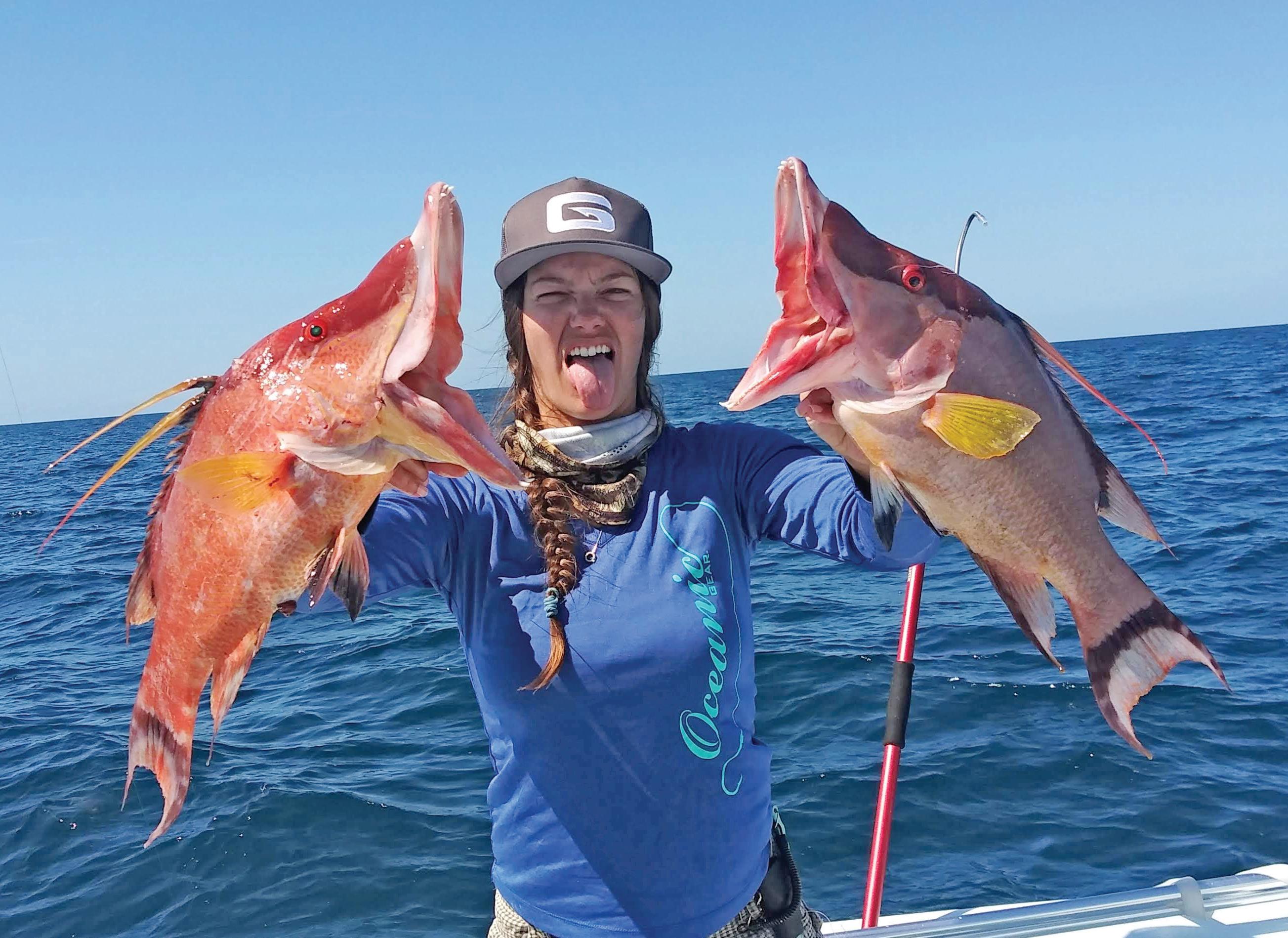

Wintertime is the best time to target hog sh on the Gulf Coast. From late November into March, they congregate on nearshore reefs and ledges to spawn, which makes them a great option in a season when rough weather can prohibit long runs to deep water.
Hog sh are protogynous hermaphrodites, which means they are all born female and change into males as they age. A single male will tend a harem of numerous females, which means nding good hog sh bottom can result in quick limits of ve sh per angler, but few of them will be large mature males. ere is a 14-inch minimum size limit in Florida, and hog sh of 18 or 20 inches are considered very good sh.
is time of year, dozens of hog sh can be found congregating together on reefs, rockpiles, and hardbottom in 50 to 75 feet of water. In most places, this can be found inside of 20 miles o shore. A prominent ledge with lots of growth is prime hog sh habitat. ey like to hover around reefs and use their long snouts to
probe cracks or root in the sand for critters like sand eas, crabs and snails.
Once you nd them, the secret to catching hog sh is pretty simple. Like just about anything else that swims, they are suckers for shrimp. Big live shrimp, fresh dead shrimp and even stinky thawed shrimp are irresistible. Just leave it right on the bottom, where a hog sh is likely to nd it while rummaging around in the sand. e rigs used to catch hog sh are also pretty simple. A knocker rig with a 1- or 2-ounce slip-sinker right up against a 1/0 circle hook will keep that shrimp right on the bottom. A half or 1-ounce circle-hook jig head will do the same thing. Some successful captains swear by hogballs, which are painted weights tethered to a hook by a small chain.
Regardless of the rig, you don’t need to go too light because hog sh aren’t particularly leader shy. A 5000 series reel with a comparable rod and 25-pound braid to a 30-pound leader is enough to haul even the largest hog sh up from depth. e trickiest part of catching hog sh is getting a good hook-set. You’ll want a little bit of slack in the line, which allows them
to pull that shrimp into their snout. Typically, you might feel or see a subtle rst bump, which will be followed by a second bump as they actually take the bait. Allow the sh to pull the line tight before reeling down and swinging the rod to drive the hook home.
For more information, go to coastalanglermag.com.
PhotoS courtesy of Capt. Quinlyn Haddon
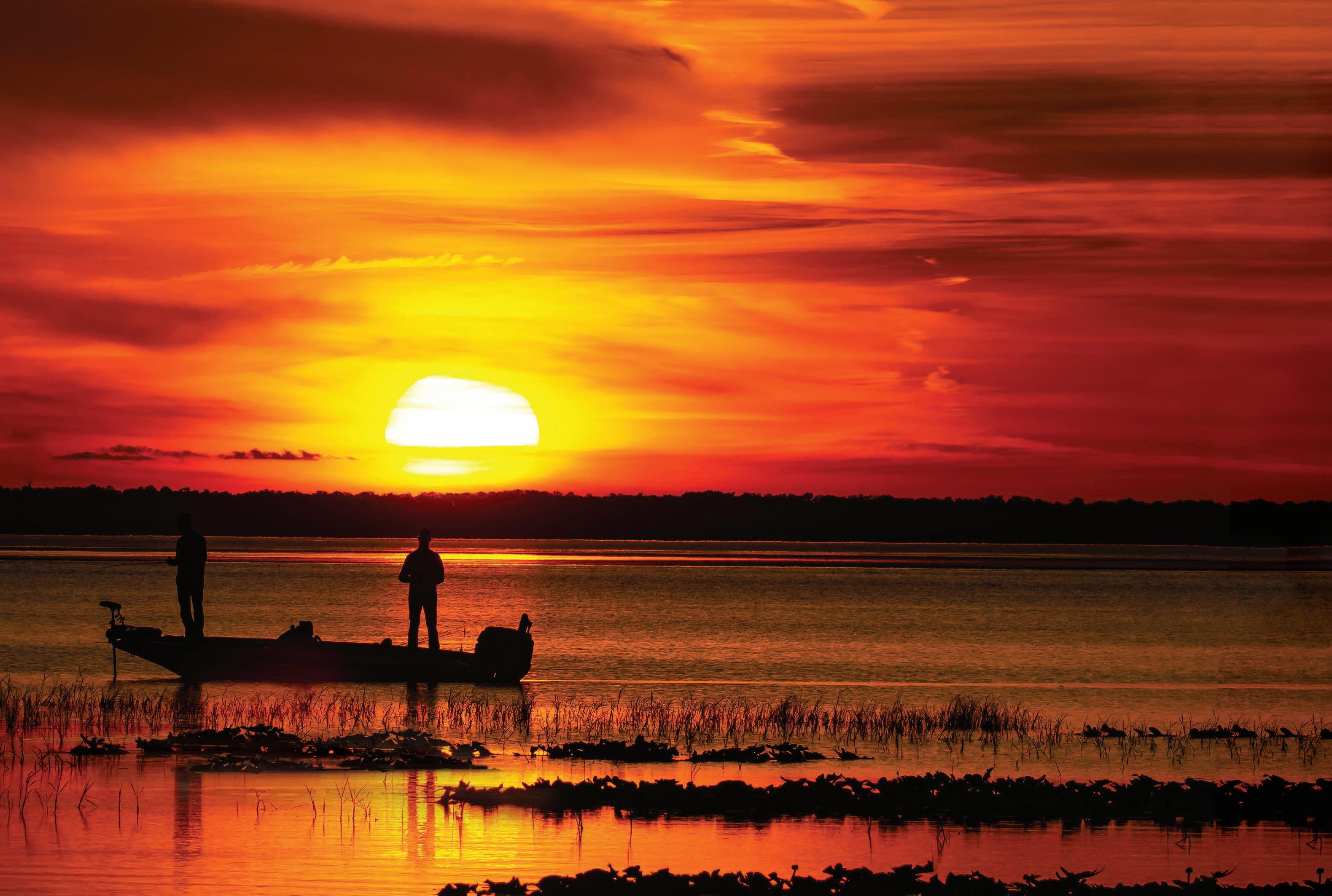

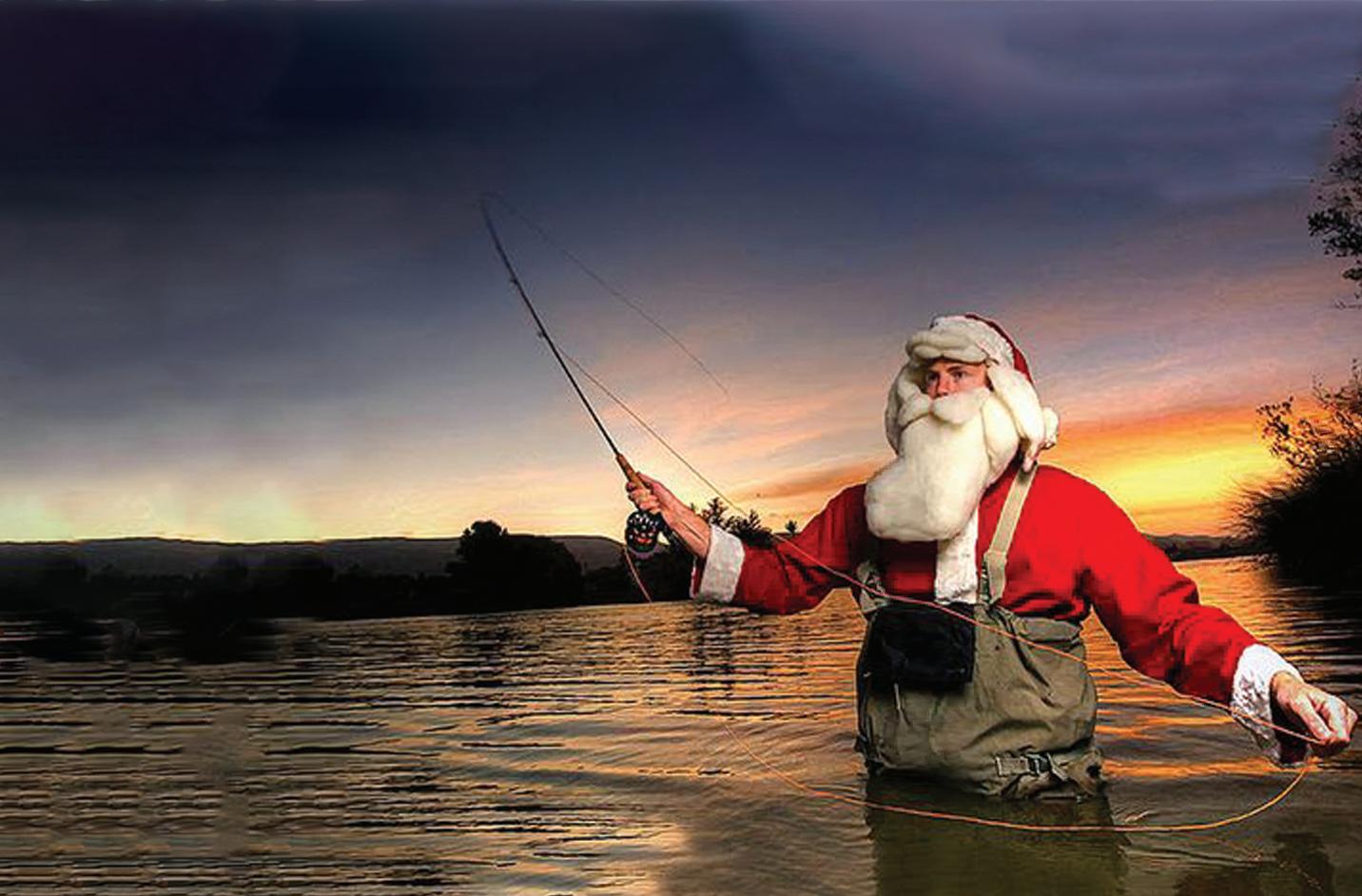


Surf Expo is gearing up for its upcoming in-person trade show to be held Jan. 4-6, 2023 in Orlando, Fla. at the West Hall of the Orange County Convention Center.

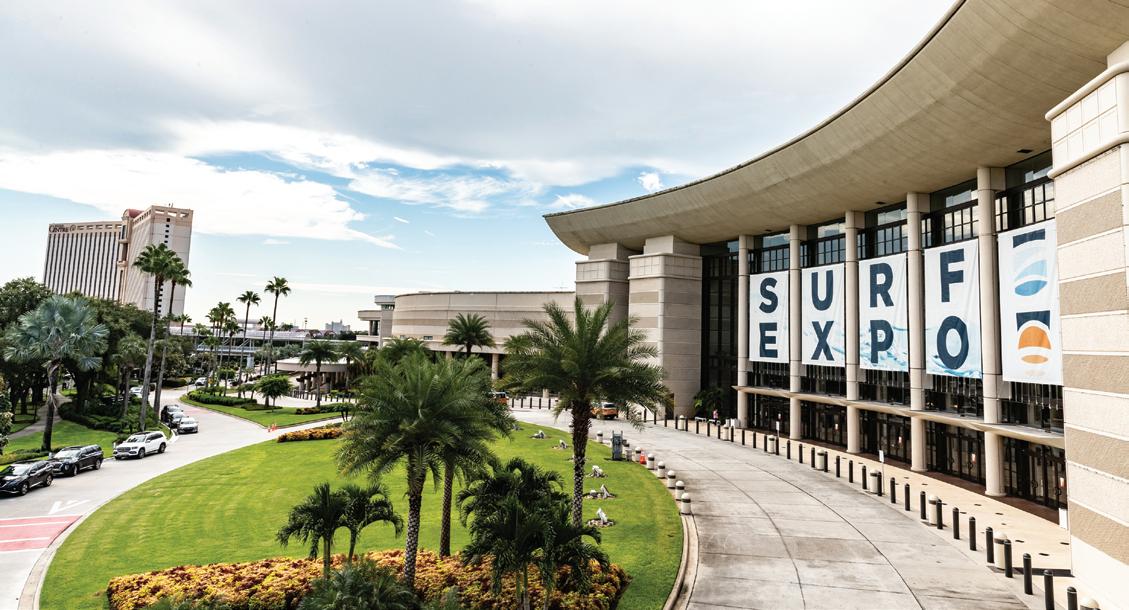
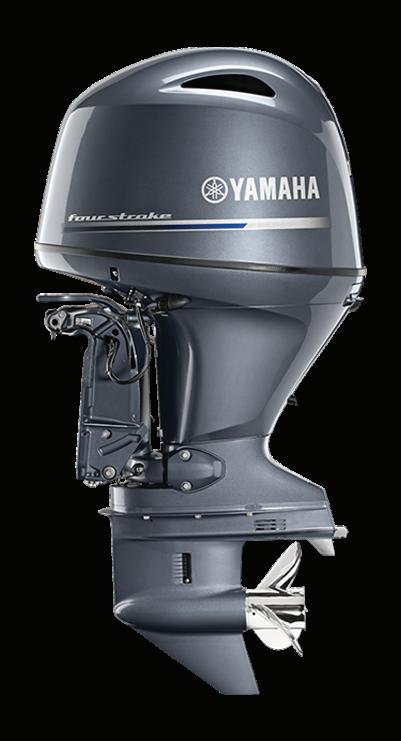






Surf Expo’s January show has become known as a one-stop shop to preview and get a rst-hand look at the latest and greatest apparel and accessories that will lead the industry in 2023.
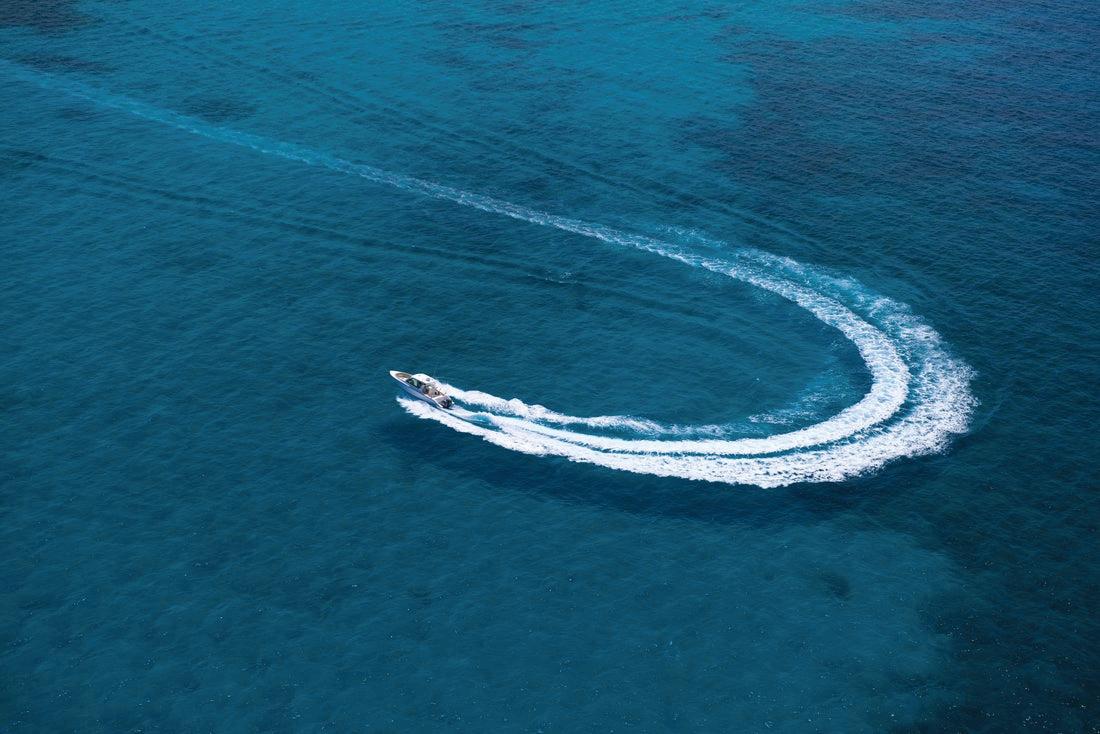
A few of the brands featured in the Bluewater section are AFTCO, HUK, Toad sh, Marsh Wear, Bajio, Dark Seas, Salty Crew, i-Sea, XTRATUF, CHUMS, Hey Dude, KEEN, Guy Harvey, Saltwater Born, Kangaroo Coolers, Reel Legends, Bimini Bay Out tters, Lake Time Supply Co, Coyote Eyewear USA, Skinny Water Culture, Croakies, Preston 1947 by Ebinger Bros, Tormenter Ocean and many more.
ere are quite a few new brands you’ll nd in Bluewater making their Surf Expo debut, including Grateful Diver, Red n, Palmetto Chair & Umbrella, Push to Star, Boat Bitch Apparel, Burnside, Columbia SPG and more.
e Bluewater section was designed with the buyer in mind—so they can see all the key inshore and o shore apparel and accessory brands in one
location. ey’ll nd products ranging from lifestyle and technical apparel to footwear, outerwear, sportswear, t-shirts, sunglasses, gear and lots more.
Steven “Fish” Fisher, Surf Expo’s senior buyer relations manager works directly with buyers from marinas, out tters, boat dealers and bait & tackle shops, “ ere’s a de nite need for product, people from Florida and across the U.S. as well as the Caribbean, Puerto Rico and all over the globe are registering and excited to come,” he said.
“We work hard to listen to and take care of all our customers, including brand exhibitors and retail buyers,” said Emerald SVP and Surf Expo Show Director Roy Turner. “We are thrilled that the winter show continues to grow post pandemic and are excited to welcome an impressive list of brands to Orlando.”
Features of the show will include the Bluewater Lounge, the 2023 Florida Shape O , educational sessions led by e Underswell’s Derek Sabori and Retail Smart Guys’ own Dan Jablons, plus fashion shows, happy hours and networking events. Surf Expo will be announcing its full line up of special events in the coming weeks.
Registration is free for quali ed buyers. For more information, contact steven. sher@surfexpo.com. For more information on the upcoming show, visit www.surfexpo.com.

A mackerel’s ability to slice through line as if they were wielding a set of Ginsu knives leaves many anglers frustrated a er losing tackle. But if you target these speedsters with the right equipment, they can make for a fun day of action packed shing.


I like light spinning like a GLoomis GLX PR844 with a 2500 Stradic or an 8-weight NRX y rod with a Nautilus NVG 8/9 with Scienti c Angler sinking line. Chances are anything less than 30-lb. mono will be shredded immediately, so it is imperative to use wire leader when mackerel are around. Even then, they are known for hitting the line at the swivel connection from wire to mono, so it’s best to have several rigs ready. Also, make sure your swivels are black and not silver, these guys like shiny things. All that said, a spoon or a small jig rigged on wire will usually last a while.
Best of all, once mackerel move in, they are typically found right in the passes to within a few miles of the beach. I nd the sh o shore tend to be larger, so I like to target them. A 3-pound mack will make a blistering rst run that is reminiscent of a bone sh, and they are much less spooky than bones. e easiest way to nd them is to look for birds working. at’s a tell-tale sign. Reefs and good hard bottoms that hold bait are great places to search, as well. ese types of spots can be trolled or chummed to keep the action close to the boat. A standard chum bag will bring the school well within casting range for both conventional and y shermen. Just throw out something shiny, move it fast and you’ll hook up quickly.
Mackerel get a bad rap as table fare, as they are oily and can be strong tasting. at oiliness makes them perfect for smoking, and that, too, could not be easier. Simply llet the sh, leaving the skin on. Salt them liberally and let them rest in the refrigerator for about an hour. Rinse the salt o and add some Cajun seasoning to the sh and smoke over indirect heat at 250 degrees for about two hours. It is done when it akes easily o the skin. Smoked mackerel tastes great on its own in a salad or rice bowl, and it’s fantastic when made into sh spread.
As the water temperatures drop this time of year, bait sh shows up in force. Pods of bait sh are followed closely by schools Spanish mackerel. is o en-overlooked speedster is viewed as nuisance by some anglers, but mackerel are a blast on light tackle and y rods if you gear up correctly.


If you are looking for some hot action with minimal work, grab some wire and enjoy the return of the mack.
Will Schmidt is a seasoned tournament angler who has been writing about shing for more than two decades.
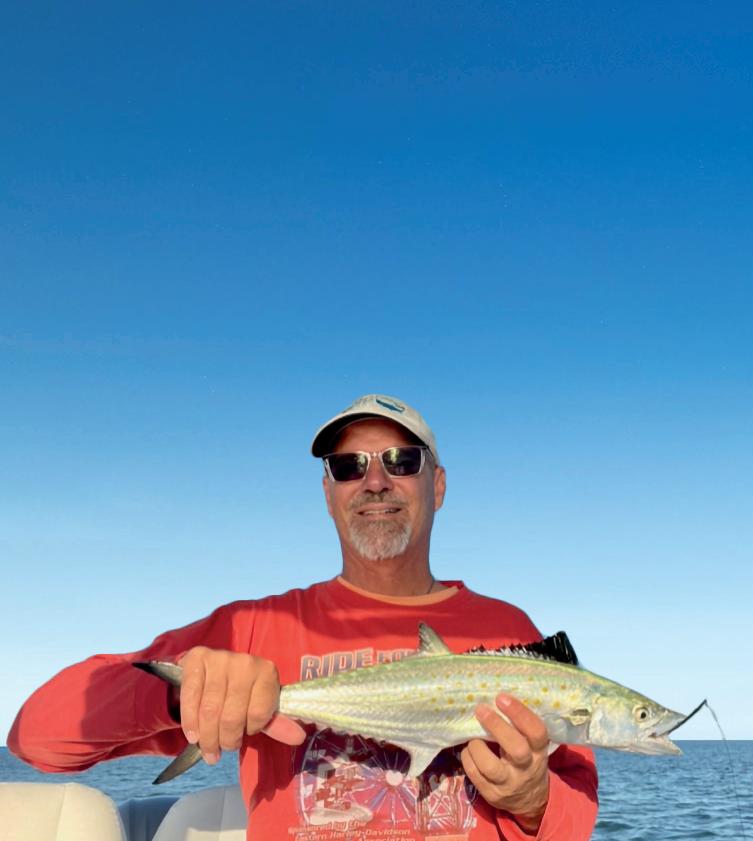









Ajerkbait is a good idea whenever bait sh are plentiful. A jerkbait’s natural movement, size and resemblance to what the sh are already eating make this bait deadly.
ere are many scenarios I would consider good times to throw a jerkbait. One of the best situations you can encounter is when sh are actively feeding on bait sh and schooling. When bass are doing this, throwing a natural-bait sh-colored, shallowdiving jerkbait is an awesome way to replicate a dying bait sh. It at out gets bit, even when you can’t nd anything else they will touch.
Another awesome way to use a jerkbait is to blind cast in areas where bass are staged up and feeding. If you can identify bait sh already in an area, this makes the scenario even better. A lot of times this pattern sets up along grass lines, rip-rap banks and in pockets close to areas bass use to spawn. Depending on water clarity, I like a naturalcolored jerkbait or one with a little bit of chartreuse. Use a shallow or deep-diving jarkbait to match the depth you’re targeting.
Jerkbaits are also a great option for bass that are suspended with bait. Typically these sh are less pressured because they are harder to nd. You’ll need to spend some time searching with your electronics, but nding
this scenario and knowing how to target the bass can line up as some of the most fun shing you can imagine.
is can happen anywhere, but typically it occurs on points and pockets where sh can ambush the bait easier.
I use forward sonar a er I locate an active area and use the jerkbait to imitate the bait these sh are chasing in the water column. Typically, a shallow-diving jerkbait like a 13 Fishing Loco Special will work absolute wonders if you can get a sh to see it amongst the other bait sh.

Picking colors can get a bit confusing, as there are so many di erent options. I keep this decision as simple as possible and use only two di erent colors… ever. 13 Fishing makes a lot of natural colors as well as colors that stand out in dirty water. My go-to color is Casper Shad; it’s one of the most natural shad patterns you can get. Another color they make that is awesome in stained water is Neon Disco Shad.
With jerkbaits, I like a shorter rod, something between a 6’10” and a 7’. Actionwise, I like a medium-fast, which allows the sh to get the bait when you feel them hit it. e 13 Fishing Omen Black 6’10” MF is absolutely perfect. Reel selection doesn’t need to be too complicated. A 7:0:1 ratio allows you to work the bait and pick up line at the perfect pace. For line, I like 10- to 12-poundtest, and Seaguar Invizx uorocarbon is a very good line for the job.



Tyler Woolcott is a professional tournament angler and guide. Check out his website at www.tylerwoolcott shing.com.
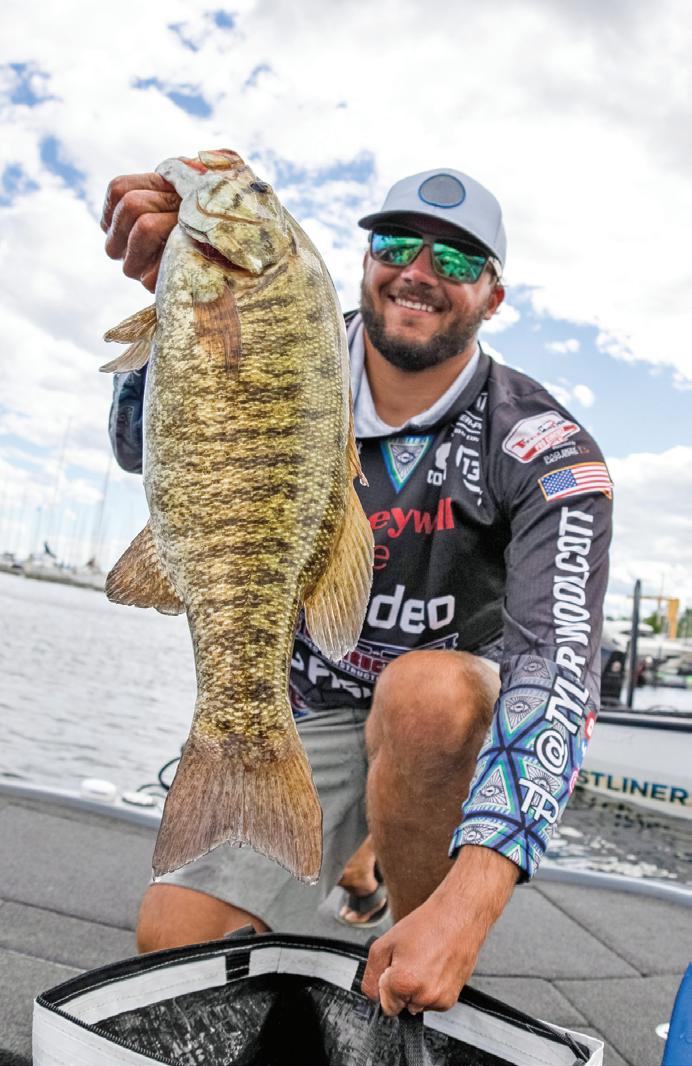

llSports Productions, LLC the leading producer of sportsrelated events and consumer shows, is excited to invite you to the largest boat show along Florida’s Treasure Coast, January 13-15, 2023. The 49th Annual Stuart Boat Show showcases all that the boating lifestyle has to offer. From fishing to cruising to water sports, the outdoor exhibits and in-water displays offer attendees a look into the latest boat models, technology, and gear that can add to the perfect boating experience..
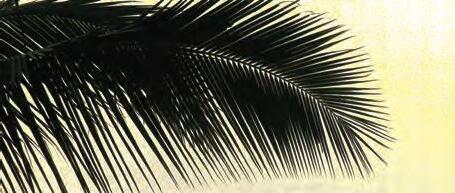
More than 200 exhibitors will get the ideas flowing for the next adventure. Hurricane Boat Lifts is returning as the show’s transportation sponsor providing support for the luxury motor coaches shuttling attendees from the parking lots to the show’s front entrance. Upon arrival, guests will enter through the Legacy Marine Welcome Gates tricked out with a full-size boat spanning the upper frame.
Successes from each year carry on into 2023 including the partnership with Southern Boating Media and the on-water Pelican Lounge. The floating dock display is the social gathering place to take a break, have a cool drink, and chat with friends. On shore, the Coco Bar, sponsored by newcomer Simply Yachts, your local repair, refit, and maintenance company for all your boating needs,
eye view of the show. Also new to the sponsorship lineup is Willis Custom Yachts, the premier custom sportfish builder and full-service repair facility. The Bahamas Pavilion is back and with the support of The Association of Bahamas Marinas, learn more about where to go and what to do in the Bahamas.
The Stuart Boat Show is a familyfriendly outdoor event, named one of the top 20 events in the Southeast. Presale for tickets are on sale now.
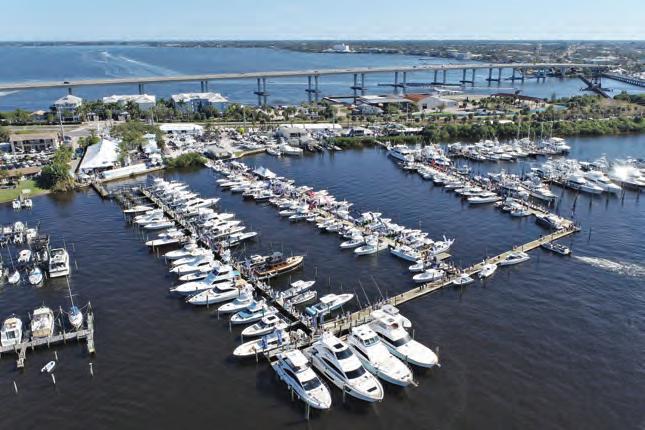
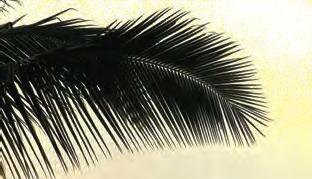

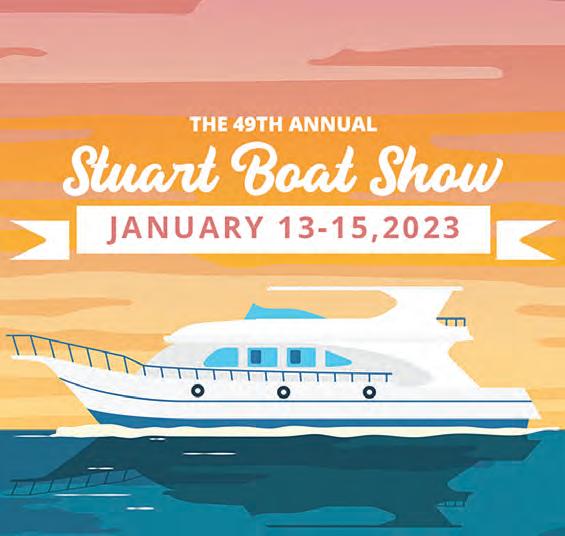

Partial proceeds from the Stuart Boat Show benefit The Marine Industries Association of the Treasure Coast. The Marine Industries Association of the Treasure Coast is a not-for-profit trade organization working in conjunction with Marine Industries Association of Florida focusing on the awareness and growth of the marine industry on the Treasure Coast. Through the Stuart Boat Show, boat parades, waterway clean-up events and other industryrelated events, the association is able to create awareness and support for the communities it serves.
For more information, visit www.stuartboatshow.com

F WC reminds boaters to go slow and lookout below to watch for manatees as they travel to warmer water sites around the state.

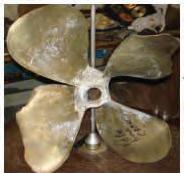


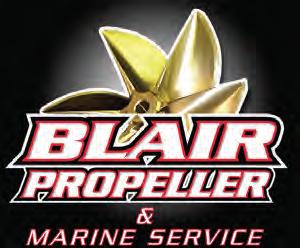
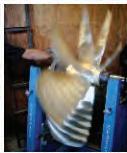
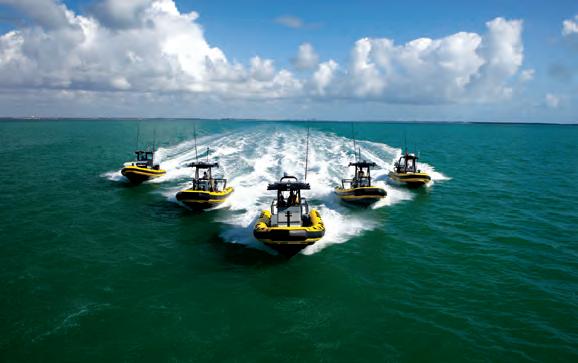

Manatees depend on water generally warmer than 68 degrees Fahrenheit to survive the winter, so in the fall they travel to Florida springs, power plant discharges and other warm-water sites.

While manatees are large, they can be difficult to see in the water. That is why it is important to: follow guidelines and follow all manatee protection zones; look out while boating; wear polarized glasses and
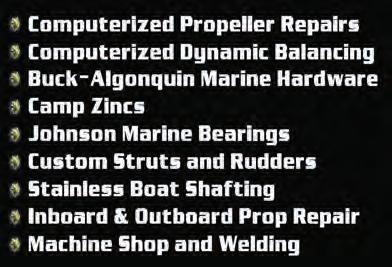
always give them space. Manatee protection zones are marked by waterway signs and maps of manatee protection zones are available online at MyFWC.com/ Manatee by clicking on “Data and Maps.”
During the colder months, seasonal manatee zones require boaters to slow down in certain areas to prevent manatees from being injured or killed by motorboats or personal watercraft. Boat strikes continue to be a major threat to Florida manatees. Florida Fish and Wildlife Conservation Commission
Remember, disturbing manatees at warm-water sites can cause them to swim out of protected areas and into potentially life-threatening cold water. Manatees are a protected species and it is illegal to feed, harass, disturb or harm them.
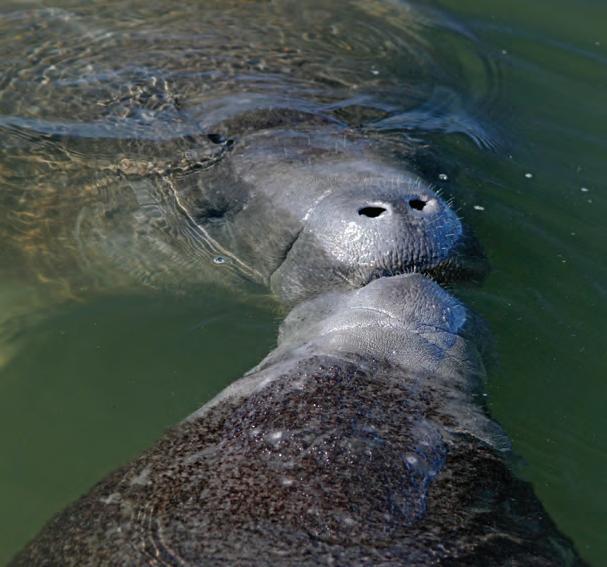
888-404-FWCC (3922)
PHOTOS CREDIT: MyFWC.com.
elevated number of manatee deaths along the Atlantic coast of Florida. The FWC and USFWS take manatee conservation seriously by actively implementing science-based conservation measures that are making a difference for manatees and habitat. Learn more about how officials are responding to this event by visiting MyFWC.com/Manatee and clicking on “Learn More” in the
banner at the top of the page.

Resources for boaters, educators and other interested members of the public are available at MyFWC. com/Manatee. What should you do if you see a manatee? The Viewing Guidelines page provides helpful tips on respectfully viewing manatees, additional guidelines for boat and personal watercraft operators, and information on what you can do to help these amazing aquatic mammals.
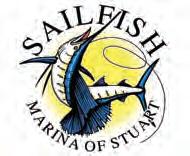
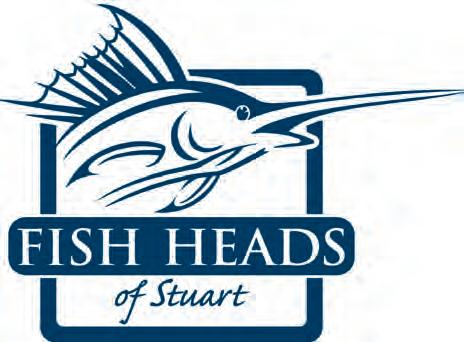
Are you interested in supporting the FWC’s manatee research, rescue and management efforts?
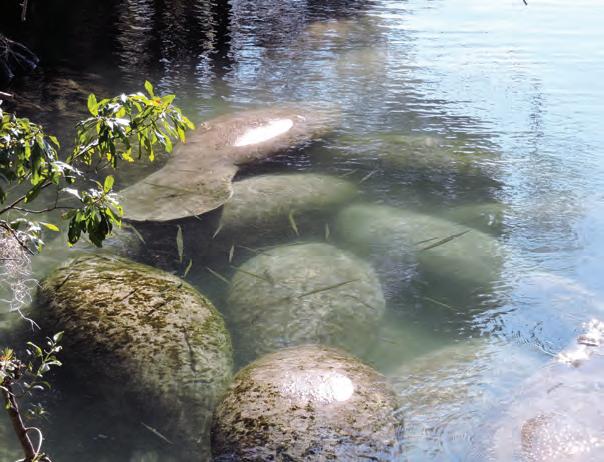


You can purchase a Florida manatee license plate or donate $5 to receive a collectable FWC manatee decal. Both are available from your local Tax Collector’s office.
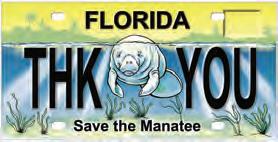
Snook: Closes Dec. 15

Capt. Gus Brugger
Capt. Rocky Carbia
Capt. Jonathan Earhart
Capt. Scott Fawcett
Capt. Scotty Gold Ed Killer
Capt. Michael Mauri Jim Moir Brian Nelli
Jim Oppenborn
Capt. Bo Samuel
Capt. Nate Shellen
Capt. Adam White
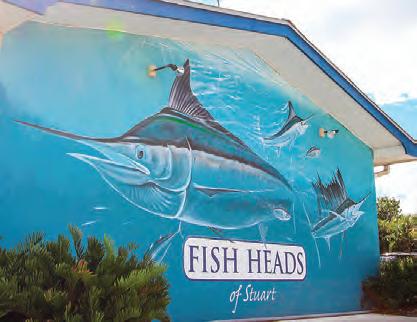
Capt. Terry Wildey Steve Wood
For advertising or other inquiries, call (772) 285-6850 or email TreasureCoast@ CoastalAngler Magazine.com

The December forecast has traditionally always been my favorite to write since it kicks off the season, but we’ve had such good fishing all year long the last couple that all it will really highlight is the cold nasty weather we are so anxiously awaiting. Early in the season the northwest wind is what we’re looking for. The main body of fish is working its way back down the coast in search of warmer water and food. When the wind blows hard out of the north you can expect it to be game on this time of year. Sailfish, dolphin, blackfin tuna, wahoo and kings are the target species for now, and anything goes, trolling, live baiting, even fly fishing if you like. Focus along current edges, color changes, bottom structure and pieces of float.

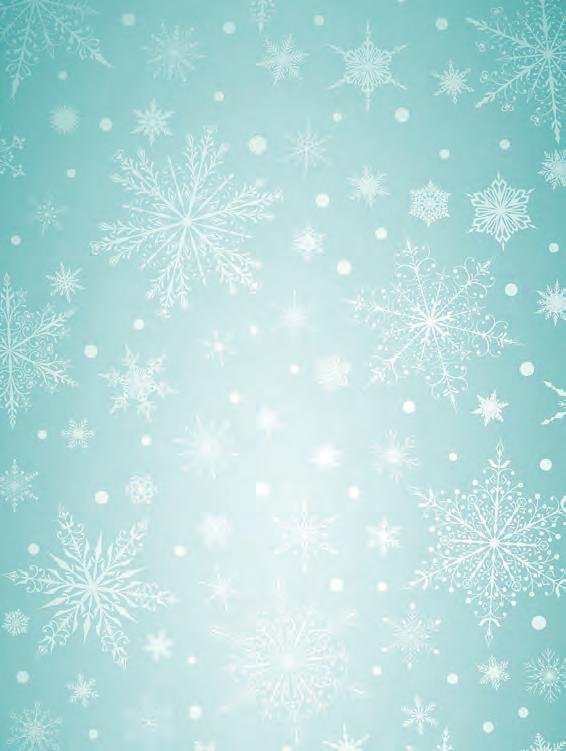

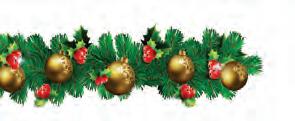

Most of my time is spent from 85 feet to 195 feet this time of year while I’m fishing to the north of our inlet and maybe out as deep as 250 when I’m to the south. There are some days I’ll venture a little further but for the most part that’s the range I recommend.





Swordfishing can be extremely good this time of year also so that’s a good time to scout out the deeper waters on your way in and out. Mats of grass, pieces of float, birds… it’s probably worth sliding a couple baits out for a minute but treat it as a run and gun style and don’t waste a lot of time there if you’re not getting bit.




With Christmas and Hanukkah coming around here are a couple things you might want to consider putting on your wish list or just picking up for yourself. I’ve got to start with the new Humminbird Apex units and its 360 sonar. Talk about total spatial awareness. Whether you’re tarpon and snook fishing in the river, catching bait, or way offshore looking for mahi and sails; the ability
to see totally around and under you is amazing and invaluable. Check out the One-Boat Network when paired with a trolling motor and maximize productive fishing time throughout the day.




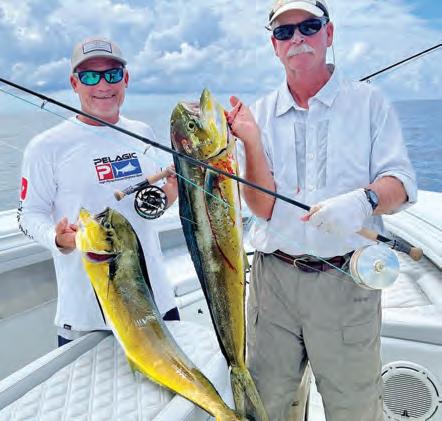
Rupp carbon fiber outriggers, with built in pulleys and stiffness that makes a difference, it’s easier to change baits and prevents tangles
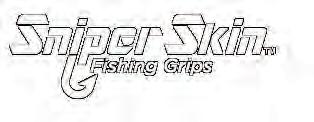

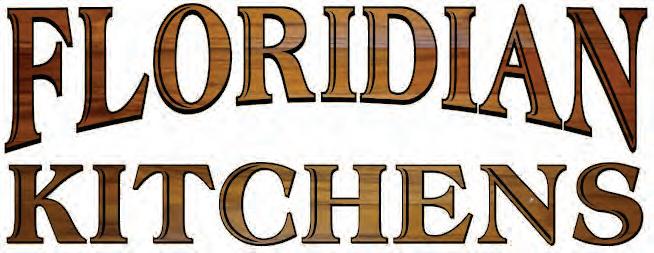
while fishing. Also check out their new mechanical bases. They come with presets and offer safe hands-free operating.
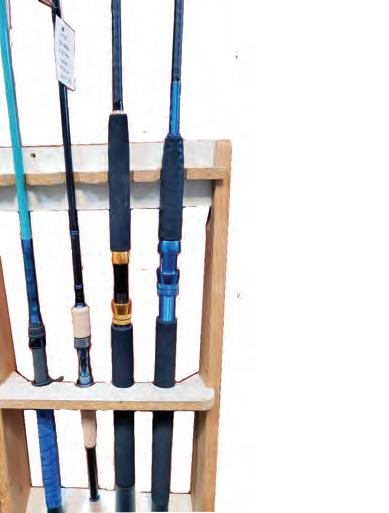
The Cannon 10 TS downrigger is a must. No, I don’t need to use as a downrigger but specifically as a dredge reel and boom. It’s a strong compact design with a lot of torque and manual presets and prospect mode, virtually give you another deckhand working all day long.
I just recently switched to Tigress kites and I definitely love them. I got on their website to order a few more and saw they offer so much more. From clips to rod holders to corks and everything else you might be looking for.
Throw in a pair of Costa Del Mar sunglasses and you should be set for the year.
A quick little sidenote, our new 39 Contender with triple 300 Yamahas should be up and running in January so call now to get on the books. Whatever style of fishing you decide to do this month I hope your next trip is Off The Chain!
Chaos Fishing Charters


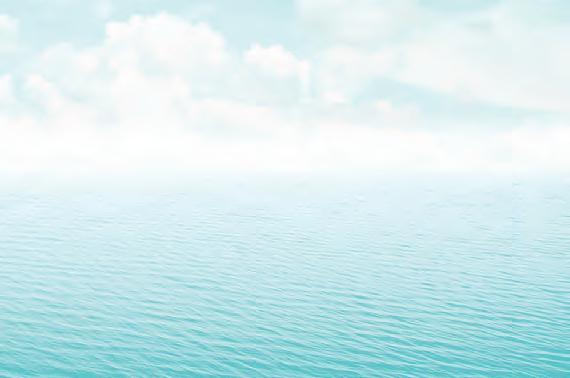
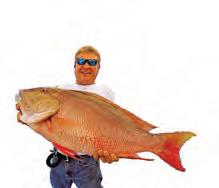



(772) 341 – 2274 www.chaosfishigcharters.com jon@chaosfishigncharters.com

Inshore fishing this month will be excellent for pompano, bonefish, redfish, black drum, sheepshead, jacks and ladyfish. Shrimp fishing will certainly produce the most bites.

Freeline a shrimp on the surface on a BKK 1/0 circle hook for snook, tarpon, redfish, black drum, and jack crevalles. Bottom fishing with shrimp will produce plenty of sheepshead, black drum, pompano, bonefish, and even juvenile goliath grouper. Fish finder rigs with small live bait hooks will work well with appropriate lead based on the current where you are fishing.
One of my favorite tackle techniques is using the T&A Wacky Pompano Jig, especially during the month of December. Casting a ¼-, ⅜-, and or ½-ounce jig out as far as you can and simply letting it hit the bottom then slowly reeling it in popping it up and down off the bottom can yield a wide variety of fish. Most of your bites will come as the jig is falling back towards the bottom. Good hard hooksets are required! Sailfish flats will be a great place to target pompano with good success. Drift and jig to locate large schools of pompano.
Nearshore fishing is phenomenal right now along Peck Lake beach for Spanish mackerel and small kingfish. Casting a Tsunami Glass Minnow ½-ounce jig on a trace wire leader and retrieve as fast as possible. This will entice the mackerel to pursue the jig and strike it. As soon as you feel the strike, a hookset is a good idea to keep the mackerel hooked. I suggest reeling these fish in quickly! The past couple seasons we have had problems with porpoise and goliath
groupers eating your mackerel once you have them on the line.
There will be lots of boats around Peck Lake. Fishing near them is a great idea but remember to be courteous. If they can cast a lure and hit your boat, chances are you
are too close to them, be mindful of your boat drift. This will allow you to enjoy fishing for these mackerel while in close proximity to one another without confrontation from other fisherman.
Tight lines!
Safari I Deep Sea Fishing
Pirates Cove Resort and Marina 4307 SE Bayview St. Port Salerno Reservations: (772) 334-4411 Safari-1.com
Captain Santa and his Seven Mates will deploy reindeer dredges and candy cane baits to insure a Happy Holidays for anglers this month. ‘Tis the season to fish, as December will roll out stockings stuffed with salty presents in the form of the many offshore species of fish that inhabit the coastal waters of Martin County. Local anglers will be able to enjoy the seasonal excitement of being able to intersect and catch an all-star lineup of offshore gamefish like sailfish, dolphin, king and Spanish mackerel, grouper, and snapper.
Florida`s winter weather will be in full swing this month, hosting the typical procession of cold fronts that will pass over our peninsula with fresh breezes. These fronts and the winds associated with them, will directly determine offshore conditions and force anglers to plan their ocean fishing trips around daily weather forecasts and the sea states they encounter. While there will be many rough ocean days this month,
there will also be many favorable weather windows for fishing in between the arrival of cold fronts. During these user-friendly days, fishing crews will want to target reef structures in 50 to 180 feet of water, as these reefs will be holding various baitfish that will prove to attract top water pelagics like sailfish, cobia, dolphin, and king mackerel, as well as bottom dwellers like snapper and grouper.
Locating bottom structure to employ one’s fishing strategies upon, will be the key component to catching success during the month of December. Trolling, drifting, and anchoring strategies for deploying baits is always enhanced when doing so around and over top of some
holiday fish wish list, as December will be the last month of an open catch and keep season that will close at midnight, December 31. The last chance to gather grouper groceries will have anglers targeting reef zones in 130 to 180 feet of water. Live baits of all flavors and heavy tackle will yield the best chances for success while bottom fishing for grouper. Lane, mangrove, and mutton snapper will also be high on the wish list and will be found in good numbers from 50 to 90 feet of water, especially around artificial reefs just east and northeast of our St. Lucie Inlet.
So, in December, make your fish wishes come true by fishing around “bottom” and post up on one of the many “honey holes” that make up the reef system, offshore of Stuart.
ST. LUCIE COUNTY DEEP SEA
Miss Fort Pierce Fishing
Finally reached it to December, the last month of the year. Last opportunity to catch keeper groupers until December 31 at midnight. Grouper should be found

of the month we tend to have a lot of wind.
Coast“ is back sailing daily. Look forward to seeing you out on the water and good luck. To book your reservations, visit us at www. fortpiercefishing.com or call us at (772) 766-0191.

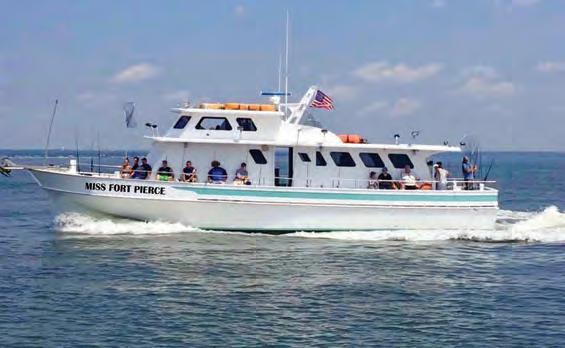

For Reservations, Call (772) 766-0191 or Visit: FortPierceFishing.com Novice & Experienced Anglers Of All Ages Welcome All Bait, Rods and Tackle Included! No License Required! SAILING DAILY AT 7AM Located at Causeway Cove Marina, 601 Seaway Dr.,
Fort
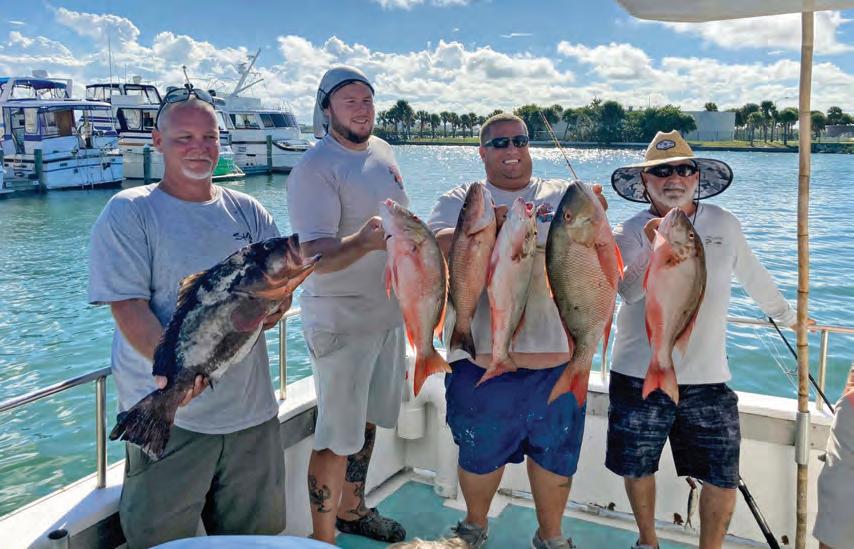
Pullin Drag Charters
(772) 971-6661
facebook.com/Pullin-Drag-Charters catainbofishing@gmail.com
Hurricane season is finally behind us and although there’s still storm recovery in Florida, it’s time to focus on winter fishing. Grouper, snapper, sailfish, mahi, and cobia are all part of the holiday fishing cheer this time of year. Fishing in December is a favorite time for many anglers and always good...if you can get to the desired coordinates. Cool fronts and cold fronts bring windy conditions and rough waters so checking the forecast and watching for that great weather window is important. When you get a good opportunity, “seas” the day!
Trolling and bottom fishing have both been very successful off our great Fort Pierce Inlet. Fishing around the full moon is the best time to target a favorite gamefish, the wahoo. High speed trolling deep diver plugs or trolling ballyhoo on planers will give you a good chance for a wahoo bite. Try depths of 100-200 feet especially over structures where they prefer to suspend. I recommend strong gear and heavy tackle as these fish are one of the fastest in the ocean and definitely known to pull drag.
Sailfish are also more abundant this time of year and don’t seem to mind choppy seas. Look for these highly prized sportfish at about 80 feet and further out using ballyhoo on a slow troll or live bait like sardines and blue runners. There’s a reason the Treasure Coast is known as the Sailfish Capital of the World!
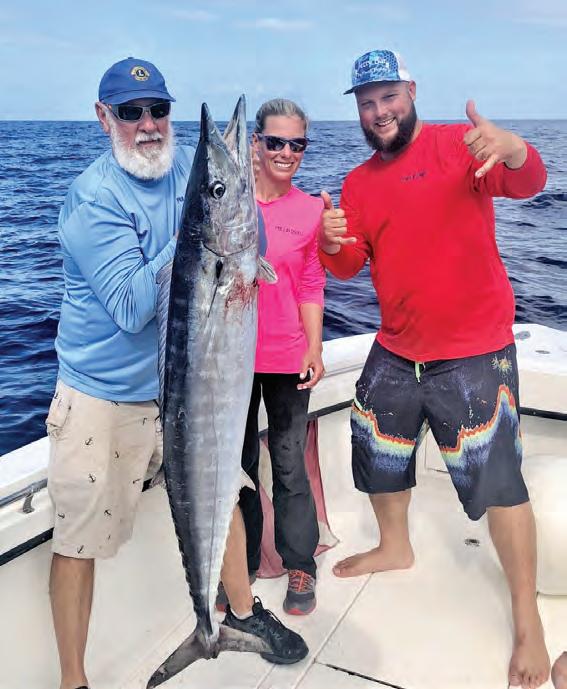
Bottom fishing has been stellar with grouper being a steady catch. Groupers are being caught on wrecks in 60-100 feet using live pinfish and enough weight to hit bottom. Snappers are plentiful with photo worthy mangroves and muttons plus nice vermilions (beeliners) and gray triggerfish in the mix. Live shrimp and cut bait work best for your snapper success.
If it’s too rough to go offshore, check out the fishing at the power plant boils for snook and redfish. Live pinfish and croakers will give you a chance for some fun and productive action, just remember slot limits and other regulations.
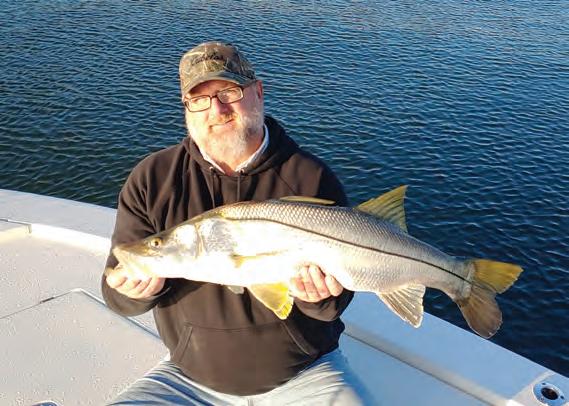
A short public service announcement: Slow down and watch for manatees. The cooler weather has these gentle giants migrating to warmer waters because they can’t tolerate water temps lower than 68 degrees for any extended period. Manatees are already facing habitat loss and starvation, but we can help limit their contact with boat propellers.
Here’s to open weather windows that bring some salty rewards. Thank you to all who fought-and-
caught with us in 2022! It is greatly appreciated. Shop Small at local bait and tackle shops like Little Jim Bait & Tackle and DeBrooks Fishing Corner to stuff those stockings for
your favorite anglers. Gift certificates for charter trips include a lifetime of salty memories. If you see Santa, tell him all I want this season is to keep Pullin Drag!
St. Lucie Flats Fishing Charters (609) 820-6257 www.stlucieflatsfishing.com
This year has flown by! Here it is December already and the holidays are almost upon us. Both inshore and offshore fishing have provided anglers with many great fishing adventures. Aside from Nicole we managed the hurricane season with some luck. You can see the seagrass trying to make a comeback to the Treasure Coast.
December brings on the winter months and changes fishing tactics on the river. The water temperatures continue to fall, and your fishing must adjust to the weather. Water temps can dictate where you fish and how you fish. Finding water a few degrees warmer than normal
can mean the difference in catching and fishing. We will get many days of breezy winds that will hinder getting to some favorite spots out there. That’s one of the reasons I love fishing in this area...you can always find somewhere to fish!
Pompano, sheepshead, and snook will be targets throughout
the river all winter. Snook season closes December 15th, but many anglers will still play catch and release with them. Fishing around bridges, docks and inlets provide great opportunities with snook hanging around the deeper waters of the river. Pompano will tend to hang around the channel edges and
shallow drop offs. The docks and the channel markers should start to load up with sheepshead as the water cools off.
The surf anglers will have several great opportunities this month as well. Pompano, bluefish, and Spanish mackerel move around the Treasure Coast all winter long. Looking for small packs of birds will help find where the Spanish or blues are hanging out. Small fast-moving lures, like Kastmasters or Gotchas, work well for these toothy critters. Spend the time looking for cleaner water when looking for pompano in the surf. A multi-hook rig with FishBites, clams, or sandfleas used with enough weight to hold in the conditions is the standard when beach fishing pompano.
Winter fishing is already here. Change your tactics with the weather and follow the water temperatures more closely to make your fishing more productive. Let’s hope 2023 is the year that we see improvements to the water quality in our area.
The Christmas holidays with kids out of school and parents off work falls perfectly in line with the fishing opportunities available on Sebastian’s inshore waters in December. Plenty of rod bending action awaits if you aren’t picky about what you fish for. The techniques can be as simple or challenging as you’d like. Plan to get the family on the water over the holidays and make some memories.
Seatrout season is closed in the Sebastian area through the end of the year, so catch and release only. Redfish and larger trout share habitat in the lagoon in December. Fishing shallow backwater flats and shorelines with D.O.A. C.A.L. jerk baits and jigs is a great way to cover ground and get strikes from both redfish and trout.
Fly fisherman and light tackle anglers can stalk along mangrove shorelines looking for cruising and laid up reds after sharp cold fronts kill the algae and clear the waters. Some of the best inshore pompano fishing consistently coincides with the Christmas break. Bouncing pink or yellow “Goofy Jigs” around spoil island drop-offs, flats edges and in Sebastian Inlet is a fun way to catch hard fighting, tasty gamefish. Trout, weakfish, bluefish, jacks, ladyfish, flounder, snappers, Spanish mackerel, and more are available in the lagoon and will hit jigs, plugs and live shrimp in the same areas that pompano frequent.
SEBASTIAN INLET – Flounder will be back in season December 1 and will be the target of most inlet anglers in the last month of the year. Landbound and boating anglers both find soaking live finger mullet and mud minnows in areas of broken rocky/ sandy bottom is the best way to put a doormat in the cooler. Flatties up to 15 pounds are an annual catch at Sebastian Inlet. Snook season will close December 15 and depending on ocean water temperatures legal fish can be caught right up to the deadline. Bluefish are usually abundant in and around the inlet and some of the biggest reds of the year can show up
with the cold fronts. Sheepshead and black drum numbers increase at the inlet in December.
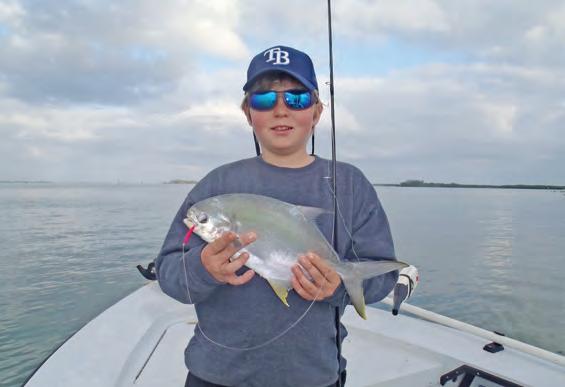
NEAR SHORE ATLANTIC – TThe beaches all along the Treasure Coast begin to fill up with surf fishermen in December, and for good reason. Schools of pompano cruise the troughs and sandbars along the coast hunting down sand fleas, crabs, clams, and glass minnows. Pompano, a favorite eating fish, is also an excellent gamefish on light tackle. Ten-plus-foot surf rods with three hook pompano rigs is the standard
technique for both pompano and the tasty whiting that share the surf with them but casting Goofy jigs on light spinning gear can be very productive when the surf is calm and clean. Live sand fleas are the top bait followed by cut clams and pieces of fresh shrimp. Blues and Spanish macks will also keep surf fishermen and boaters busy along the coast in December. Cut bait, spoons, jigs and Gotcha plugs are all good choices for these toothy predators.

Make time to fish with family and friends this holiday season. Merry Christmas!

Big
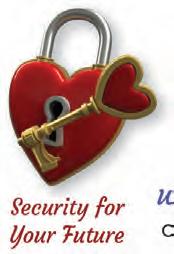

































(772) 538 - 1072 captwildey@bellsouth.net www.bigeasyfishingcharters.com

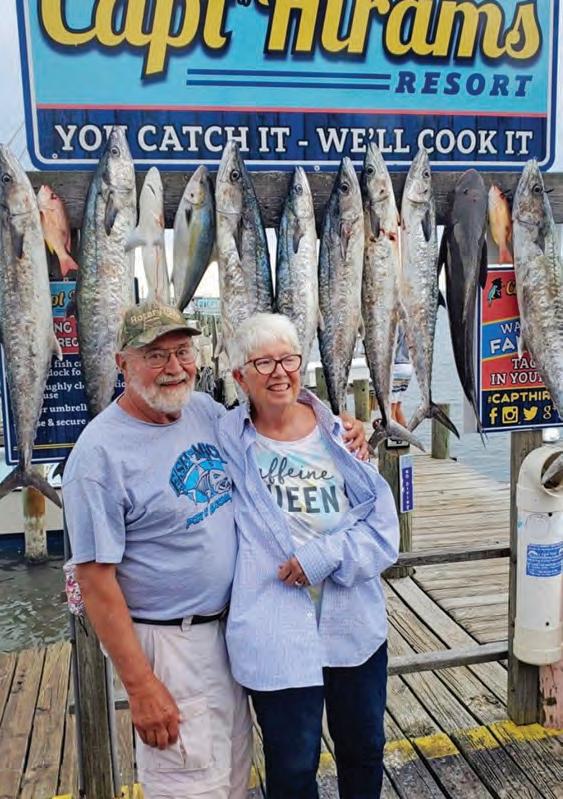
If my last 48 years of making my living from the ocean tells me anything, it’s that December is when the migratory fish (kingfish, sailfish, Spanish mackerel, dolphin and blackfin tuna) move south ahead of the pushing cold fronts. In the past we’ve always counted on this cold water to bring schools of Spanish mackerel coming south in the 25 feet to 60 feet range. Big smoker kingfish show up at the Pines, that’s an area of good bottom northeast of Sebastian inlet in 60 feet of water. The sailfish, dolphin and blackfin tuna show up on rips and temperature changes in the 120 feet to 240 feet range.
Also remember December is the last month of grouper season. Grouper will be pushing into shallower depths. The fish in deep water, 160 feet to 270 feet, will push into 80- and 90-foot reefs and some will even push into 60. I even catch them trolling the edge of the Intracoastal Waterway south of Sebastian inlet when the cold water pushes in hard. This will be a good time to get that last shot at putting some grouper fillets in the freezer until it opens back up in May.
Schools of sailfish will push in from the north ahead of the cooling water, Ahh, and there are cold fronts, the key to this migration of fish. This migration of fish moving in is based on the cold weather pushing down the coast. So, if we get that December like we do sometimes do – 85 degrees and sunny all the way to Christmas—expect our fishing to mimic the same routine as we had in
November, so be ready for anything. That means stock up on #6 Sabiki for the threadfins. Live bait can make your day. For kingfish, #4 extra strong treble hooks, and #3 and #4 wire. Ballyhoo, teasers and trolling rods for sailfish and blackfin tuna. But also have some bottom fishing rigs and bait to drop on the bottom in 85- and 90-foot just in case. You may call that “Plan A” and “Plan B”. On my charter boat Big Easy, we call it “Plan A” and “Plan A.” Because if “Plan B” was any good it would have been “Plan A”.
Always keep in mind the three things to success: #1 – Moon phase for the bottom fishing in 80 foot and 90 foot, it’s usually better on the rise of the moon sometimes right up to and including the full. #2—Water Quality. If we had big swells and the water’s dirty in 90 feet, you’re going to need to be prepared to go deep. #3—Wind Direction. If I’m going deep looking for edges and rips, I’ve found west winds have a negative effect. They will blow apart most edges. That’s where paying close attention to your gauge will enable you to find that degree or two of temperature change, like going from 77-degrees to 79-degrees over an 1/8 mile is where you’ll find the fish are congregated. If I’m trolling in December, you’ll find me on a temperature change or weedline with a color change that goes from dark green or sandy green to an emerald or blue green. If there’s a show of bait there, flying fish, blue runners or even small baits under the weed patches, the sailfish, dolphin, tuna and wahoo should be there too.
As always, support your local tackle shops because without them, you’ll be buying year-old frozen shrimp at Walmart instead of live shrimp at the local tackle shop in the mornings.
Thanks for reading, “Fish On, Gotta Go!”


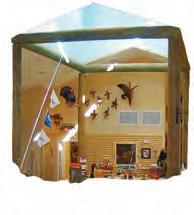

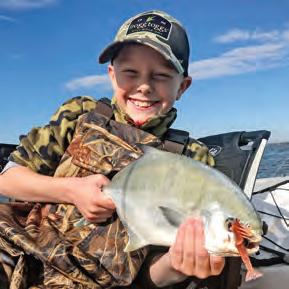
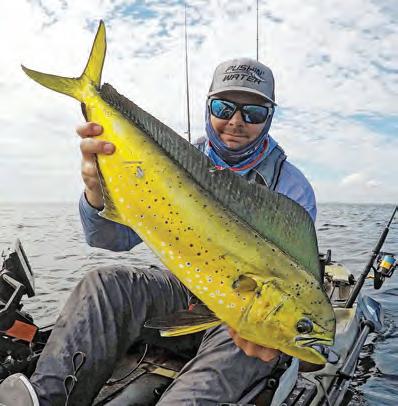
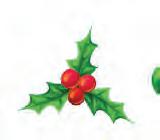

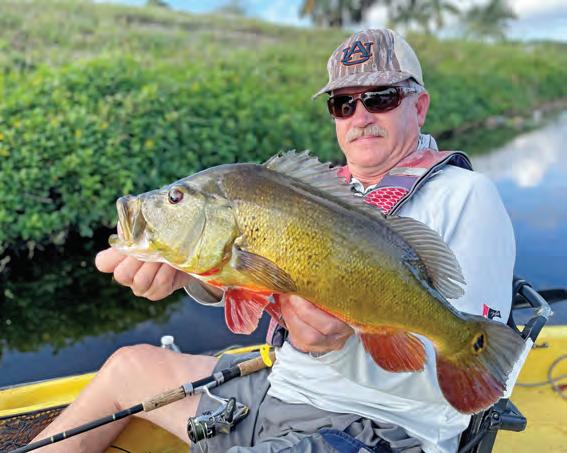

Pushin’ Water Kayak Charters (772) 201-5899

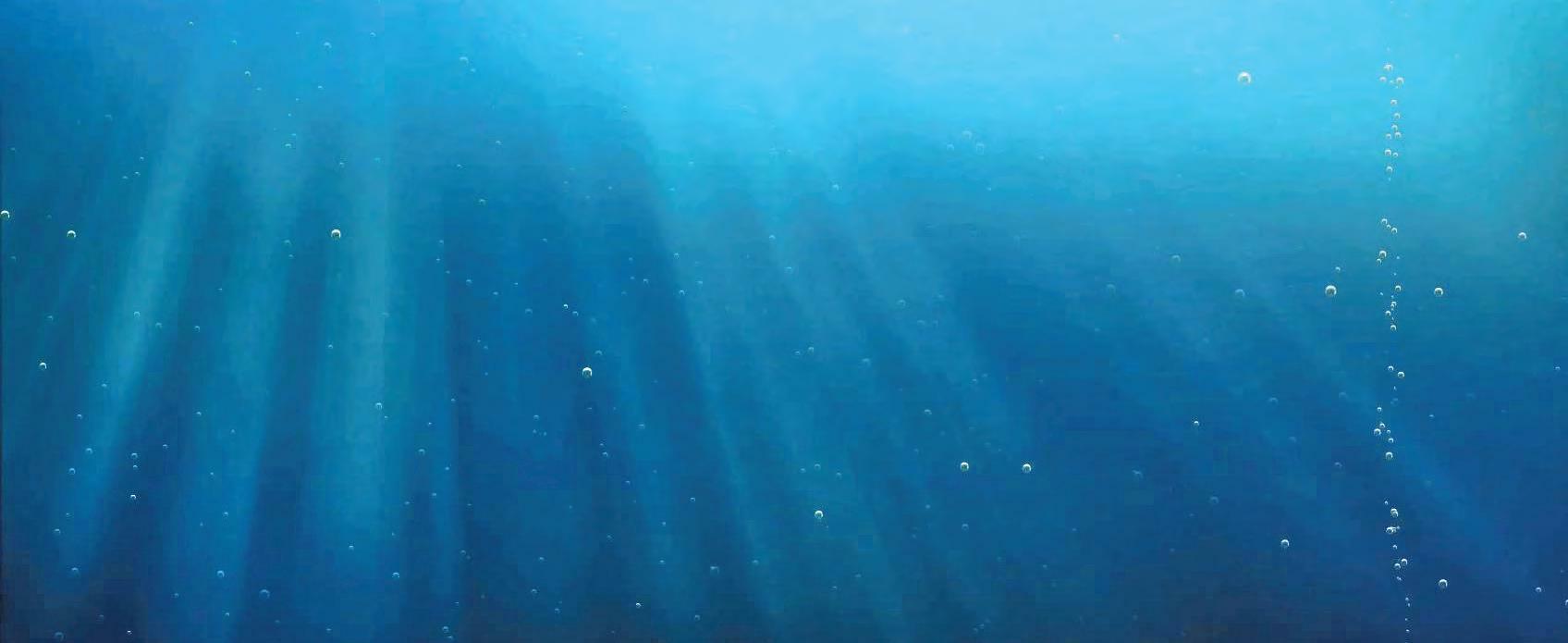
Brian@tckayakfishing.com www.tckayakfishing.com
INSHORE: Cooler temps and cold fronts are a thing to look forward to this month. With the cooler water temps, we will start seeing our winter species coming through. Pompano are a favorite of mine as they are a great fright on light tackle and even better table fare. Look to fish along channel edges near an inlet of your choice. I like using a D.O.A. Shrimp Lure or a Goofy Jig. Pompano will be your target, but bluefish, ladyfish, jacks and sheepshead will also keep the rod bent.
OFFSHORE: Finding good weather days will be the challenge in December. When you do get out, look to find a good sailfish bite along with kingfish and some mahi.
Live goggle eyes slow trolled in 70180 feet of water will be your range all along Martin, Palm Beach and Broward counties. Find flying fish and you should find the sailfish.
FRESHWATER: December is typically one of the best months for peacock bass. Usually, this time of year they will pile up on concrete structure. Live shiners will be best and will get you chances at clown knifefish, bass and crappie. Check us out Pushin’ Water Kayak Charters on TikTok, Facebook,
Instagram and YouTube for all the latest adventures my clients and I get into. See you on the water!
1TH 2:39 AM 2.56 H
8:36 AM 0.38 L
3:07 PM 2.61 H
9:11 PM 0.27 L
2F 3:45 AM 2.59 H
9:39 AM 0.41 L
4:05 PM 2.58 H
10:07 PM 0.15 L
3SA 4:47 AM 2.65 H
10:36 AM 0.41 L
4:59 PM 2.57 H
10:58 PM 0.05 L
4SU 5:42 AM 2.71 H
11:28 AM 0.4 L
5:49 PM 2.56 H
11:45 PM -0.02 L
5M 6:31 AM 2.75 H
12:15 PM 0.39 L



6:35 PM 2.54 H
6TU 12:29 AM -0.06 L
7:16 AM 2.77 H
12:58 PM 0.38 L
7:18 PM 2.52 H
7W 1:11 AM -0.07 L
7:57 AM 2.75 H
1:39 PM 0.39 L
7:58 PM 2.49 H
8TH 1:51 AM -0.04 L
8:36 AM 2.7 H
2:19 PM 0.41 L
8:36 PM 2.44 H
9F 2:30 AM 0 L
9:15 AM 2.63 H
2:58 PM 0.45 L
9:15 PM 2.39 H
10SA 3:09 AM 0.07 L
9:53 AM 2.55 H
3:37 PM 0.5 L
9:54 PM 2.31 H
11SU 3:47 AM 0.16 L
10:32 AM 2.47 H
4:17 PM 0.55 L

10:34 PM 2.23 H
12M 4:26 AM 0.26 L
11:11 AM 2.38 H
4:58 PM 0.59 L
11:17 PM 2.15 H
13TU 5:07 AM 0.36 L
11:52 AM 2.3 H
5:43 PM 0.61 L
14W 12:03 AM 2.08 H
5:52 AM 0.45 L
12:35 PM 2.23 H
6:31 PM 0.59 L
15TH 12:54 AM 2.04 H
6:43 AM 0.53 L
1:21 PM 2.17 H
7:23 PM 0.54 L
16F 1:50 AM 2.04 H
7:40 AM 0.57 L

2:09 PM 2.14 H
8:17 PM 0.43 L
17SA 2:49 AM 2.09 H
8:40 AM 0.57 L
3:01 PM 2.13 H
9:10 PM 0.28 L
18SU 3:49 AM 2.2 H
9:39 AM 0.52 L
3:56 PM 2.17 H
10:02 PM 0.1 L
19M 4:48 AM 2.34 H
10:34 AM 0.43 L
4:51 PM 2.24 H
10:54 PM -0.1 L
20TU 5:44 AM 2.5 H
11:27 AM 0.32 L
5:46 PM 2.33 H
11:45 PM -0.29 L
21W 6:38 AM 2.64 H
12:18 PM 0.2 L
6:40 PM 2.44 H
22TH 12:35 AM -0.45 L
7:31 AM 2.76 H
1:08 PM 0.1 L
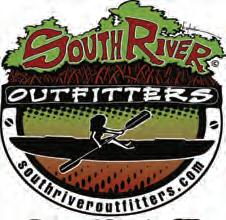
7:33 PM 2.54 H
23F 1:27 AM -0.56 L
8:22 AM 2.84 H
1:59 PM 0.01 L
8:26 PM 2.62 H
24SA 2:19 AM -0.61 L
9:13 AM 2.87 H
2:51 PM -0.04 L
9:20 PM 2.65 H
25SU 3:12 AM -0.58 L

10:04 AM 2.85 H
3:45 PM -0.07 L
10:15 PM 2.63 H
26M 4:06 AM -0.48 L
10:56 AM 2.78 H
4:41 PM -0.08 L
11:11 PM 2.57 H
27TU 5:03 AM -0.33 L
11:48 AM 2.67 H

5:39 PM -0.07 L
28W 12:10 AM 2.49 H
6:03 AM -0.15 L
12:41 PM 2.54 H
6:40 PM -0.07 L
29TH 1:11 AM 2.4 H
7:06 AM 0.03 L
1:36 PM 2.41 H
7:41 PM -0.07 L
30F 2:14 AM 2.32 H
8:09 AM 0.17 L
2:32 PM 2.28 H
8:41 PM -0.09 L
31SA 3:18 AM 2.28 H
9:11 AM 0.26 L
3:30 PM 2.19 H
9:34 PM -0.11 L
Capt. Nate Shellen
Shellen Guide Service



Okeechobee Bass Fishing Guides/Charters (863) 357-0892 sjmike7@aol.com
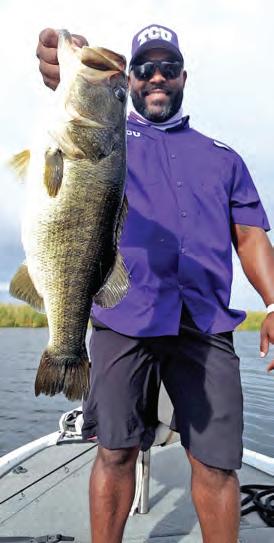

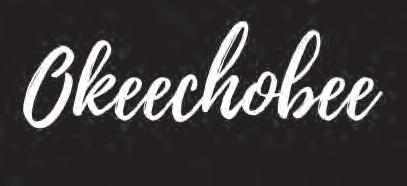
OkeechobeeBassFishing.com FellsmereResevoirBassFishing.com
The lake level is hovering around the 16 foot mark after having two hurricanes make landfall in the last 60 days, which is quite a bit higher than this time last year. As we move deeper into fall, the shorter light hours and cooler daytime temperatures help the water to cool. Water temperatures are 73 to 75 degrees at the present time which leads to longer activity periods for the bass. Every year at this time, the very largest bass that swim in Okeechobee start to move toward the
above it. Jigs and minnows are the primary baits for snagging the tasty panfish, a minnow many times will outperform a jig numbers-wise, but a jig will often provide bites from the larger specks.
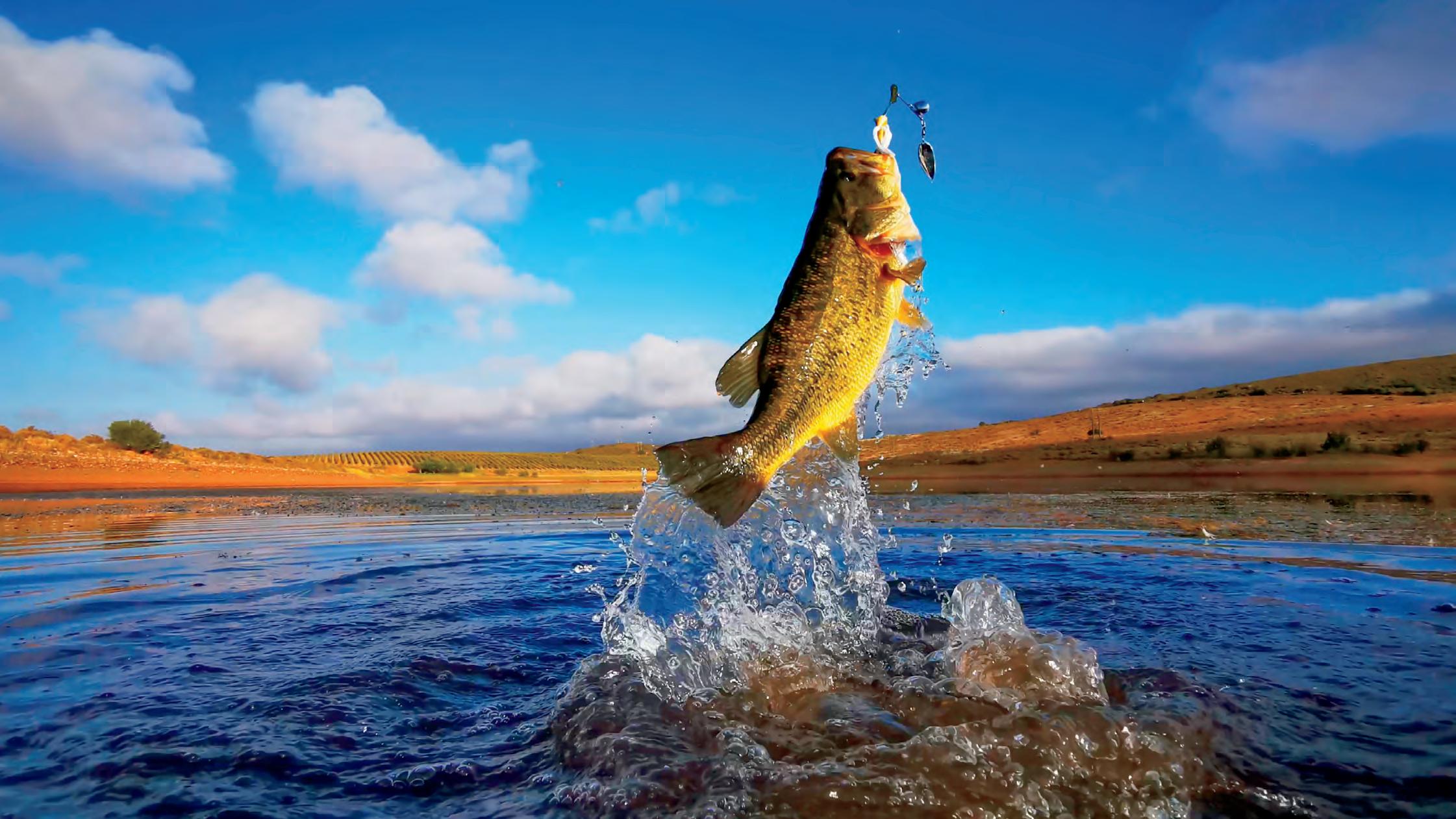



Deep Six Watersports - Stuart (772) 288-3999 Stuart (772) 562-2883 Vero Steve.wood@deepsix.com www.deepsixintl.com
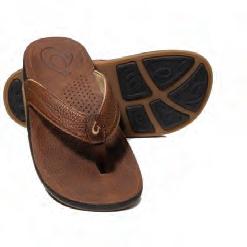





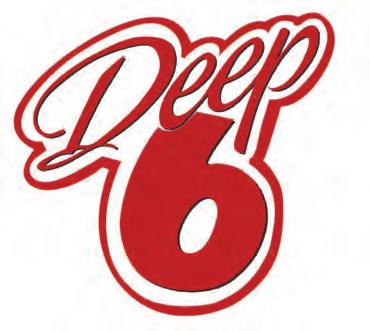

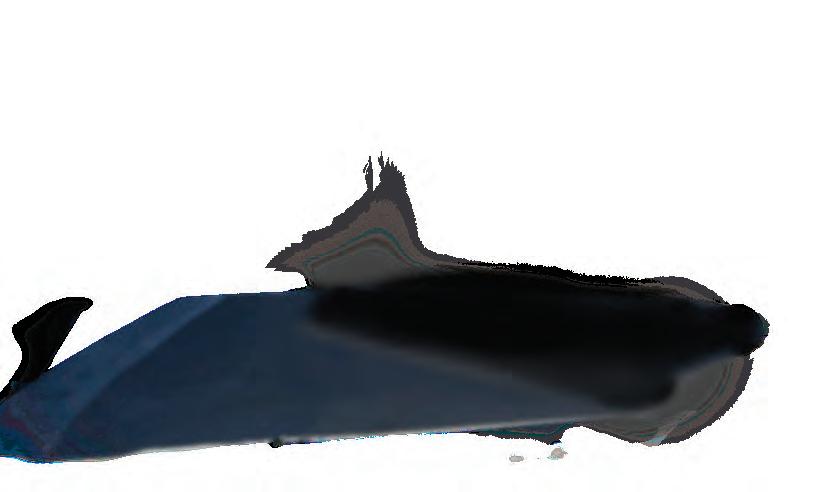
Timing is everything when it comes to diving in December and keeping an eye on the wind really helps predict when visibility will cooperate. West winds, common after a cold front can linger long enough for turbidity to settle and visibility windows to open, if divers pay attention. Local beach cams provide a quick way to keep up with conditions in real time and are a great resource for divers to watch while waiting for vis to improve.


Offshore, visibility reports are scarce this time of year and even when diving isn’t the priority, a mask, fins, snorkel are always worth packing when headed out on the boat. Our area’s proximity to the Gulf Stream means warm,
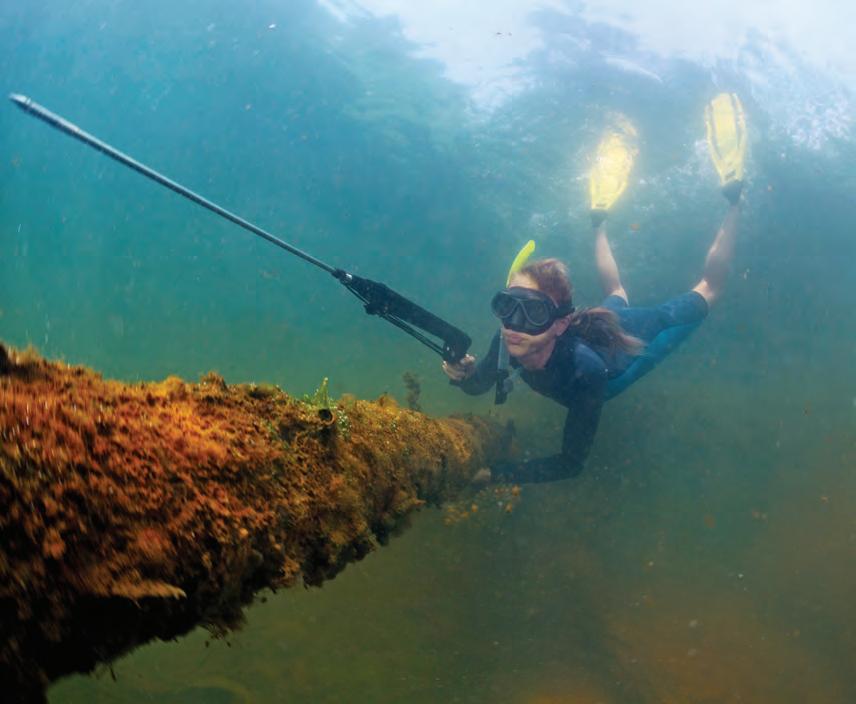
clear water is only a few miles out and swimming around weed lines is always a great time. Avid divers
will also bring a speargun for the off chance to encounter a school of mahi.
Avid divers will always bring a speargun for the off chance of encountering a school of mahi.
Pack a dry bag with warm clothes and extra towels to keep warm on the ride home.
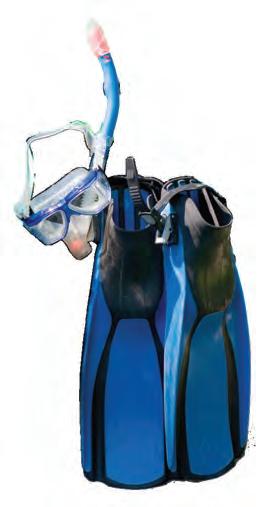
Hurricane Nicole just passed by and I took this little break to look through some pictures I took during the this year’s mullet run. I fished a lot of new guys which included quite a few beginners. It is fascinating for me to see their excitement when they catch their first snook, tarpon or any other species. (Catfish not included!)
Bill, for example, came a long way for trying his luck for snook and tarpon. The conditions were rough and windy and I decided to start in a little bay hiding in a lee side. We saw a few happy juvenile tarpon rolling around us and I tied him on a gurgler.
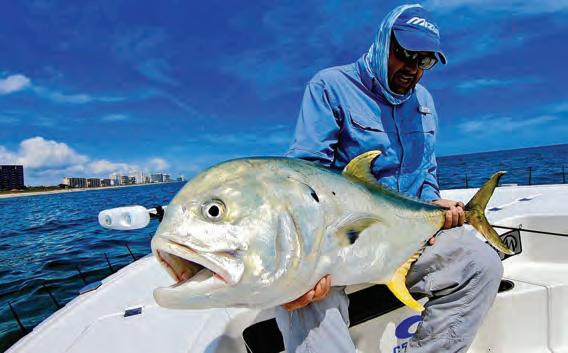



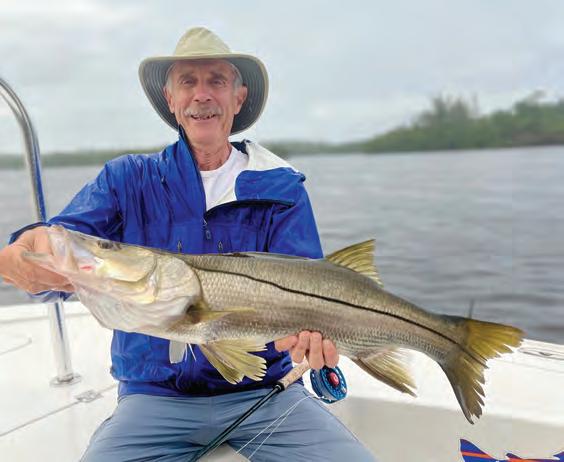
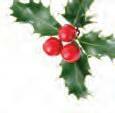
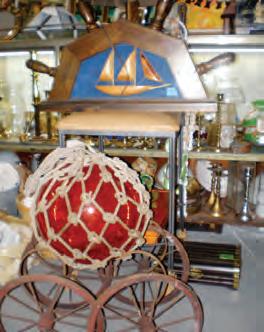



It didn’t take long and one of these little guys took his fly right in front of the boat and … trout-set.

Nevertheless, he was very disappointed but after a few uplifting words and some technique recommendations he was ready for round two. It actually took a while until he got another juvie excited to rise and eat his fly, but this time he did everything right and after a short fight we landed a nice little silver king.

We finished the first day with some medium size snook.
The following day welcomed us with even worse weather conditions. Northern winds and rain all morning
made it difficult to hide but since his casting worked we decided to go all in to fish some windy spots with strong currents. Thank goodness this decision paid off and we instantly got into snook in smaller and medium sizes. Bill was pretty happy and so was I, but I thought it would be nice to find him one of the bigger girls. We changed the spot another time and hit a spot just in time to fish the
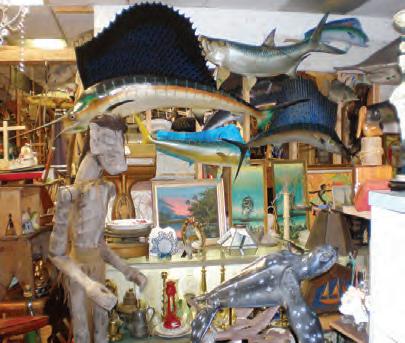
first push of the incoming tide. Long story short, Bill got a nice cast in and caught a beautiful just over slot size snook.
I hope you’ll take the time and fish and get outside over the holidays.
Capt. Michael Mauri www.mauriflyfishing.com michael@mauriflyfishing.com (772) 485-3321

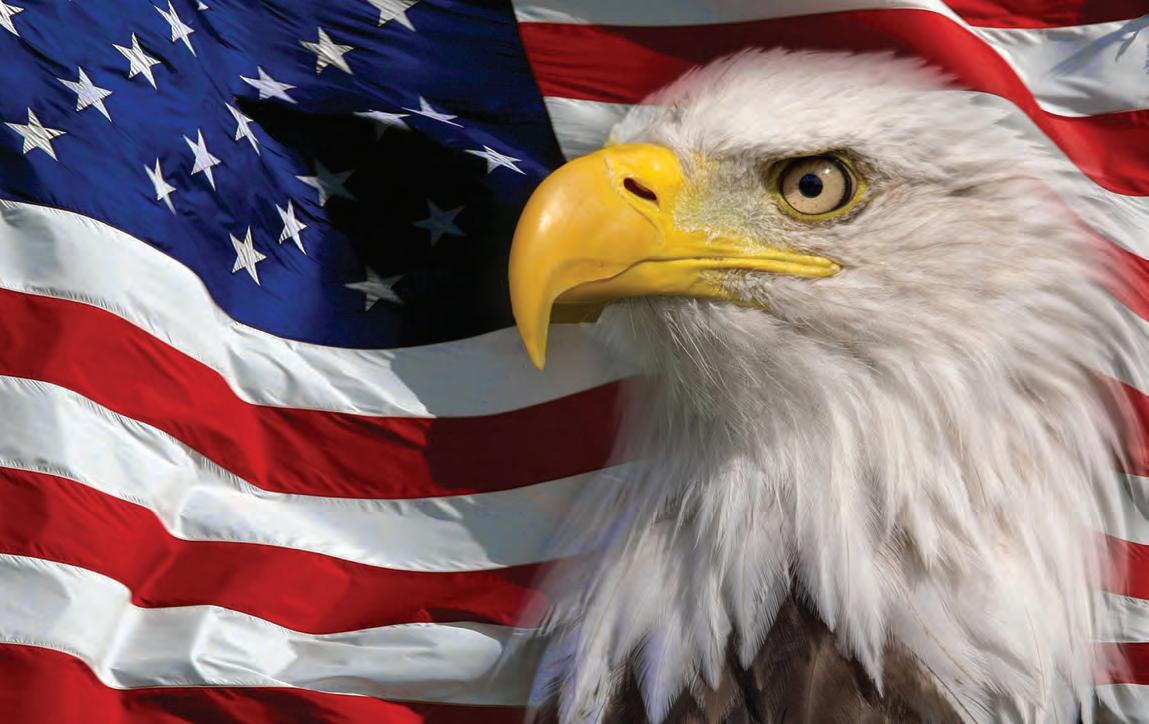




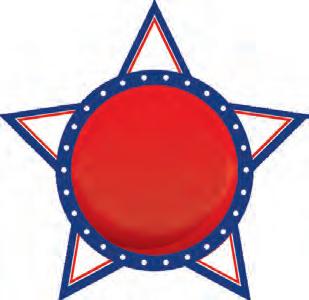
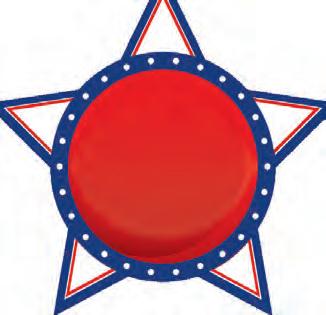




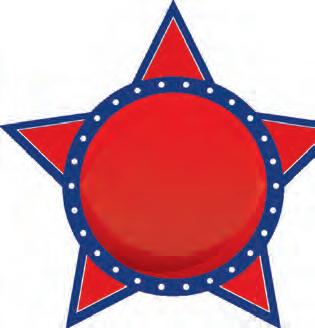






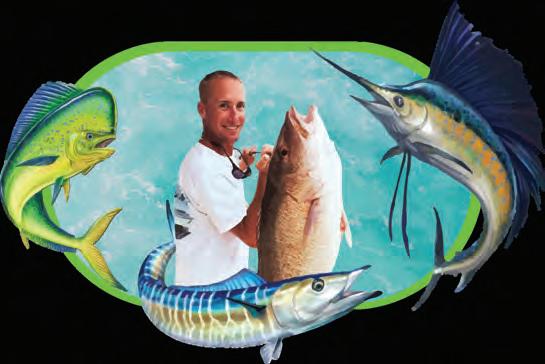
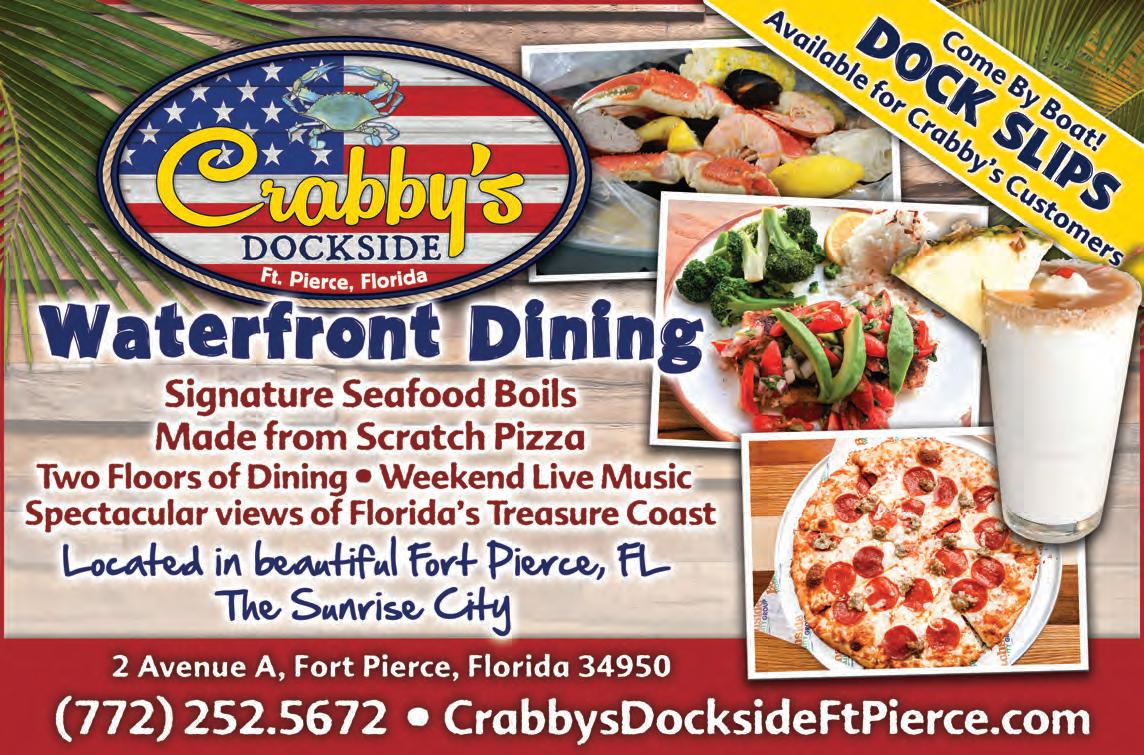
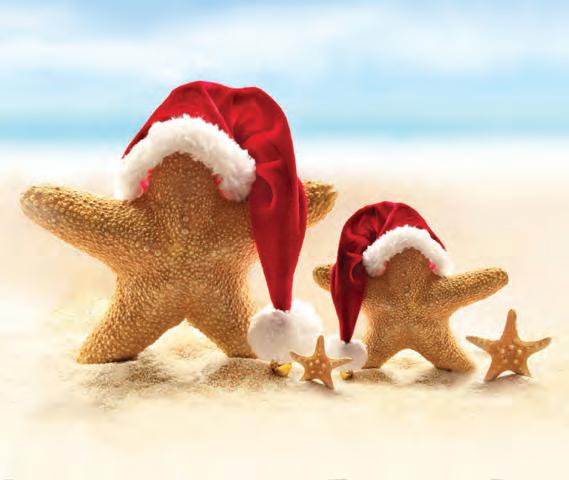

 By Jim Moir, Executive Director
By Jim Moir, Executive Director

Green infrastructure is often called low impact design. Typically, these design concepts are applied to managing storm water in areas where large ponds and storm water treatment areas are not feasible. Perhaps it’s time Floridians took a moment to consider taking a different approach to how we develop our landscape. I consider myself lucky that I endured the second hurricane of this season with minor damage to my property, and my community remains strong. But we no longer live in a stable and predictable climate, and we should probably make some adjustments.
Florida is undeniably flat, low and wet. Most Floridians live on the coast or in what had been a floodplain. Development in Florida has relied on concrete, minimal setback requirements, beach renourishment, municipal drainage, and water management districts for flood control. This pattern has become too expensive and damaging to the environment to be sustainable. It’s time for a fundamental shift in the way we plan and design for a future in the sunshine state.
Many neighborhoods have been destroyed by storm surge this year and many more have been inundated by overtopped drainage systems. Most people in Florida that live near lakes, rivers or estuaries live near impaired waterbodies,
impaired by nutrient pollution from agricultural and urban runoff. On the East Coast of Florida, we spend billions of dollars on dredging projects that lead to feed-back loop cycles of dredging and beach nourishment projects with condos getting ever closer to the tide line. Many communities rely on seawalls and dikes or berms to keep the water at bay. The cost of insurance is reaching a crisis.
Green infrastructure relies on natural systems to de-nutrify and slow the stormwater flow and to allow it to percolate back into the aquifer. Low impact design attempts to maximize the use of pervious surfaces to allow water to infiltrate instead of large impervious areas that collect, pollute and require treatment. It utilizes trees and green space to evapotranspire excess water. Rather than conveying storm water to an off-site treatment area these systems attempt to “slow the flow” and manage storm water on site. Rain gardens, sunken medians, native plants and tree canopies, elevated structural foundations, cisterns, pervious pavement and compact energy efficient architecture are indicators of low impact design. Rather than seawalls and steep canal banks, living shorelines are ways of dampening the energy, and slowing the erosive forces of wave



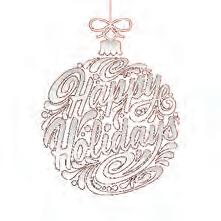

Dec. 1-4, 2022 35th Pirate’s Cove Sailfish Classic. Registration now open. www.piratescovesailfishclassic.com






Dec 8-10, 2022 Stuart Sailfish Club 69th Light Tackle Sailfish Championship, Stuart. www.stuartsailfishclub.com




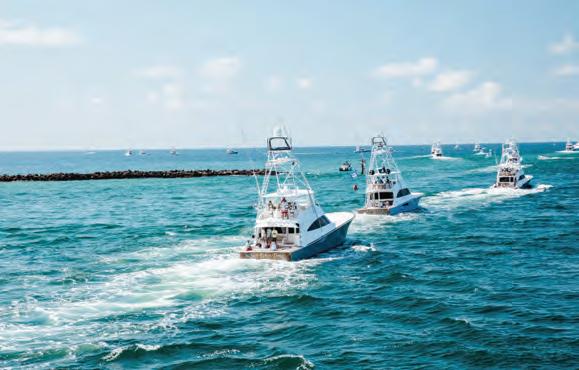
Dec. 15-17, 2022 Fish Heads of Stuart 10th Annual Quickie Sailfish Tournament. Captains Meeting Dec. 15; Fish Days Dec 16-17. www.fishheadsofstuart.com
Jan.

The impact of sportfishing on the St. Lucie County Artificial Reef Program is undeniable.
In a study commissioned by the American Sportfishing Association (ASA), Southwick Associates found that, in 2018, United States anglers contributed $1.7 billion to the conservation of fisheries, including $650 million in excise taxes. When broken down into smaller geographical areas, the economic benefits of fishing were still great. Fishing in Florida supported 119,678 jobs with an economic output of worth $13.8 billion. In Florida’s Congressional District 21, which includes St. Lucie County, fishing supported 3,396 jobs with an economic impact of $394.4 million.
The importance of sportfishing to artificial reef creation isn’t limited to money that comes from excise taxes. Grants and donations also contribute to creation of fish habitat offshore St. Lucie County. In 2009, the Artificial Reef Program parlayed a grant from the ASA’s FishAmerica Foundation into three reefs to provide anglers with additional recreational destinations.
The Southern Kingfish Association (SKA) also donated funds to the program when it held its national championship in St. Lucie County in 2006 and again in 2016.
St. Lucie County named reefs after the SKA to commemorate the national championships held in the County. In 2006, the 500-ton SKA reef was deployed on the Stan Blum
Memorial artificial reef site. In 2016, the winner of the SKA National Championship, Steven Sprague, chose to name a reef the Donald R. Sprague Memorial Reef.
On October 26-29, 2022, the SKA national tournament was hosted at the Causeway Cove Marina in Fort Pierce. Because the new owners of the SKA (brothers Jay and Price Feimster) were not aware of the SKA’s relationship with the St. Lucie County Artificial Reef Program, the funds from the tournament were donated to another worthy charity. The Program will petition the St. Lucie Board of County Commissioners to name another artificial reef after the SKA in hopes of continuing the partnership between the County and the SKA.
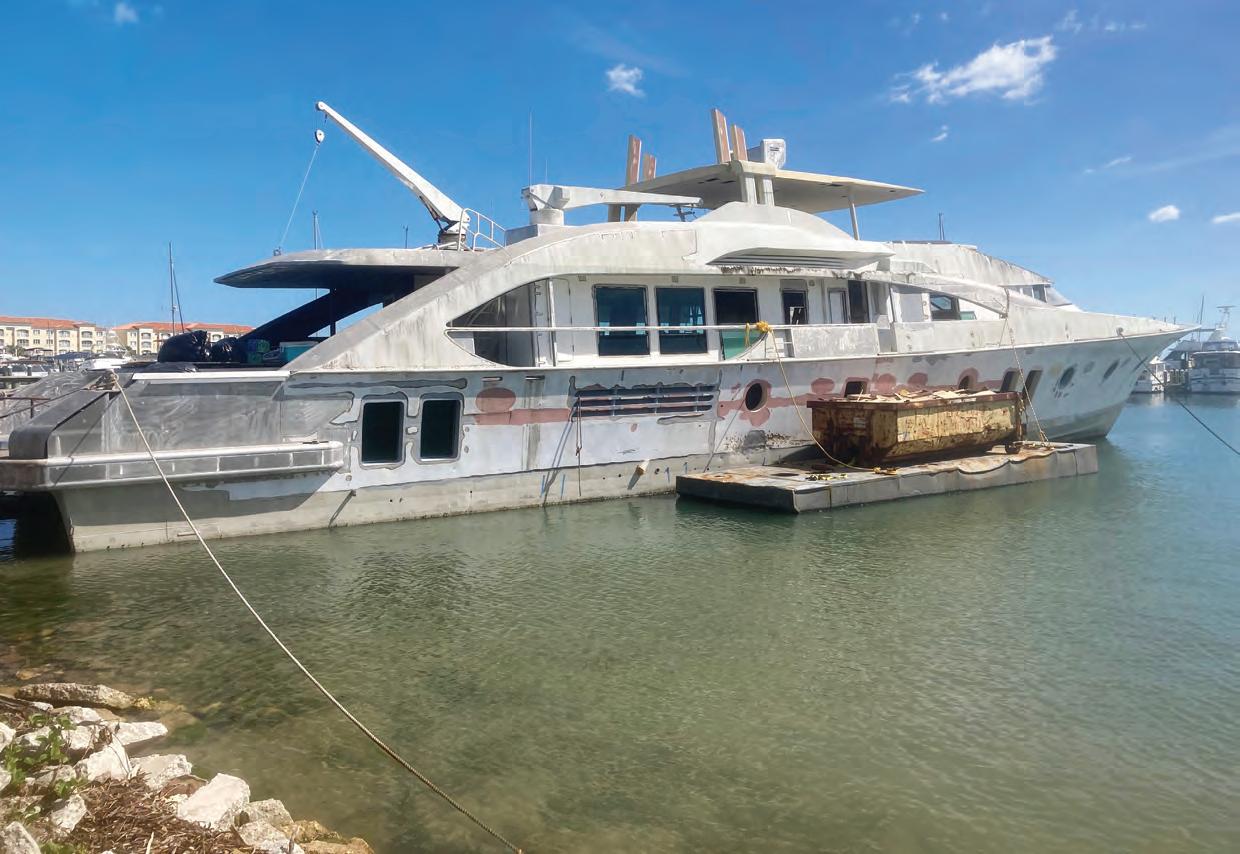
Reef naming has become an important part of raising funds for the Artificial Reef Program. Entire reef sites are generally named for people who have been instrumental to fishing or artificial reefing in St. Lucie County while individual reefs are made for people or businesses who have donated to the program. Reefs have been named for the Southern Kingfish Association, Bob Herbst Jr. and Sr., Tug Leslie Lee, FishAmerica Foundation, Kerry Dillon, Kyle Wahl Memorial, Donald R. Sprague Memorial, Coastal Conservation Association-Curtis Bostick Memorial, Paul Jacquin, Blake Charron Foundation, the Aftersome Reef, Captain Patrick Price, and Daymaker Charters. The
next reef to be named, subject to St. Lucie County Historical Commission and Board of County Commissioner approvals, will be the A.A. Hendry Reef named after the19th Century Treasure Coast pioneer.
The A.A. Hendry Reef is starting out as the M/V Time. The SKA tournament toured the Time while at Causeway Cove Marina. Marine Cleanup Initiative, Inc. (MCII) which has been coordinating the preparation and deployment of the A.A. Hendry Reef, escorted members of the SKA through the vessel, explaining that because she is so light, the Time will have to be filled with concrete ballast to sink her shallower than 150 feet.
1,500 tons of concrete objects have already been collected for St. Lucie County’s next FWC-funded reef, but the solid materials must first to be loaded into the hull of the M/V Time and then stabilized with liquid concrete to prevent the concrete from shifting during deployment.
For more information on the St. Lucie County Artificial Reef Program, to learn more about reef naming or to help in bringing the SKA back to the Treasure Coast, contact Jim Oppenborn, St. Lucie County Coastal Resources Coordinator, at oppenbornj@stlucieco.org or (772) 462-1713.















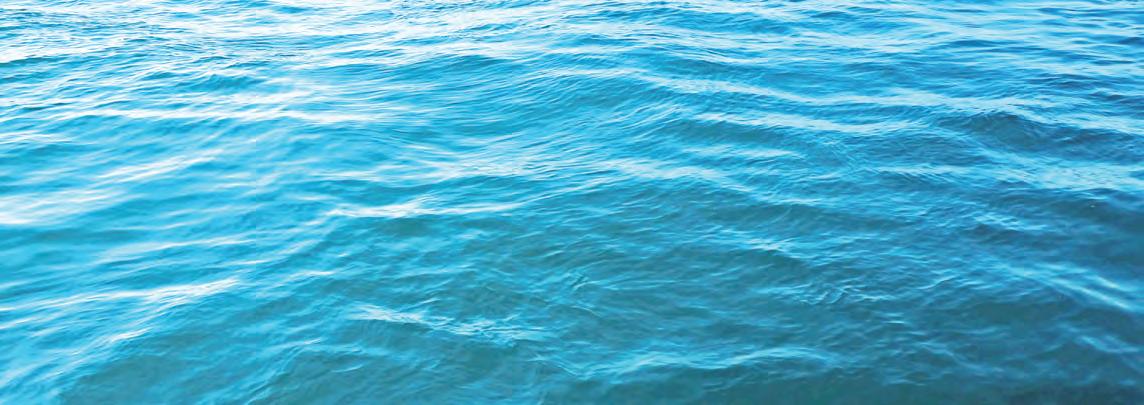


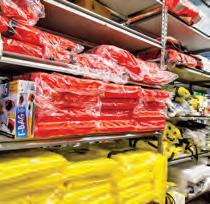


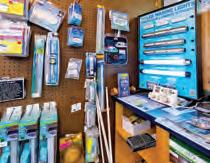



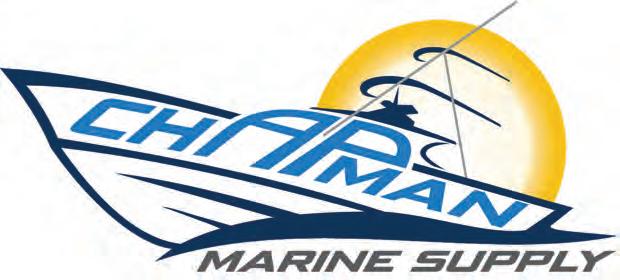


Discount Mini Storage Stuart is proud to partner with the Marine Corps Reserves and The United Way in the TOYS FOR TOTS program.




Once again, they are an official drop off location for the 2022 Holiday season toy collection drive.





You can support families in need in our community by dropping off a new, unwrapped toy at their facility. The season comes and goes so quickly so please have all donation to them by DECEMBER 12, 2022, so toys can be distributed to the families in the program for this holiday season. Every toy donation makes a difference in a child’s life….YOU make a difference!
Did you know:
• All toys donated stay in the county in which you have made the donation.
• No donation goes unused: Toys collected beyond the distribution date for the Holiday season are given throughout the year by your local Firefighters to comfort children whose families have suffered devastating loss due to a home fire.
Please bring your toy donation to Discount Mini Storage, 26-01 SE Miami Street, Stuart, FL 34997, during regular office hours, Mon-Fri. 8:30 a.m. – 5:30 p.m. (closed 12:30-2 p.m.), Sat. 9 a.m. – 3 p.m.
Let’s fill the toybox and the hearts of the children in our community.
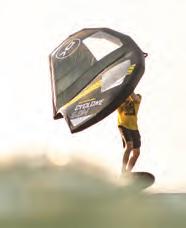
Officers with the Florida Fish and Wildlife Conservation Commission Division of Law Enforcement arrested two men in October for using an illegal gillnet near Everglades City and killing an endangered smalltooth sawfish. The men now face several misdemeanor and felony charges.

Sonja Fordham with Shark Advocates International, and a member of the U.S. Smalltooth Sawfish Recovery Implementation Team stated, “It’s tough to read about the illegal killing of an endangered sawfish, but good to see FWC Officers taking the offense seriously and publicizing various aspects of the enforcement process. I’m hopeful law enforcement will also prioritize
penalties for these individuals.”
The confiscated sawfish is being held as evidence during the investigation, then will be transferred to sawfish researchers with the FWC Port Charlotte Field Lab. More information about the case is available in The Miami Herald at https://www.miamiherald.com/ news/local/community/florida-keys/ article267820352.html.

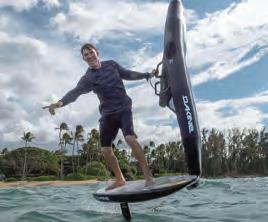
This event is a good reminder about the impacts of illegal gillnet fishing.Gillnets are not selective therefore tend to catch both target and not-target species, which contributed to the decline of sawfish prior to the implementation of the Florida gillnet ban in 1995, when sawfish were incidentally caught by anglers

targeting mullet. Smalltooth sawfish use the same shallow estuarine waters as mullet and unfortunately the sawfish rostrum (saw) is easily entangled in gillnets, making them a common bycatch species. Given the difficulty in removing sawfish from gillnets, they were often killed when incidentally captured. Despite the population declines observed during the last century, we’ve seen positive signs in the smalltooth sawfish population since the protections of the 1995 net ban and the ESA-listing in 2003.
If you see or catch a sawfish, follow the viewing and handling guidelines
at www.SawfishRecovery.org then note its estimated total length, and the date, time, and your location with GPS coordinates if available. Please share the information by visiting www.SawfishRecovery.org, calling 1-844-4SAWFISH, emailing sawfish@myfwc.com, or entering the details in the FWC Reporter App to help scientists steer research and conservation efforts and track recovery of the population.

To reach Tonya Wiley, Havenworth Coastal Conservation, email Tonya@havenworth.org or call (941) 201-2685.
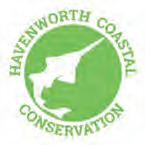
impacts. Natural buffers between the urban “builtscape” and natural waterbodies help to clean runoff and provide habitat as well as to provide some friction as a wind buffer to the structures. Trees instead of lawn, provide shade windbreak and are a great pathway for excess water to be absorbed.

Sometimes space is invaluable. Having set-backs that are naturally landscaped provide protection from the elements and connection to the environment. Sometimes the paradigm needs to be changed.




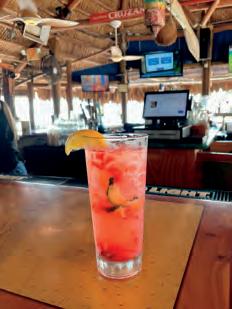

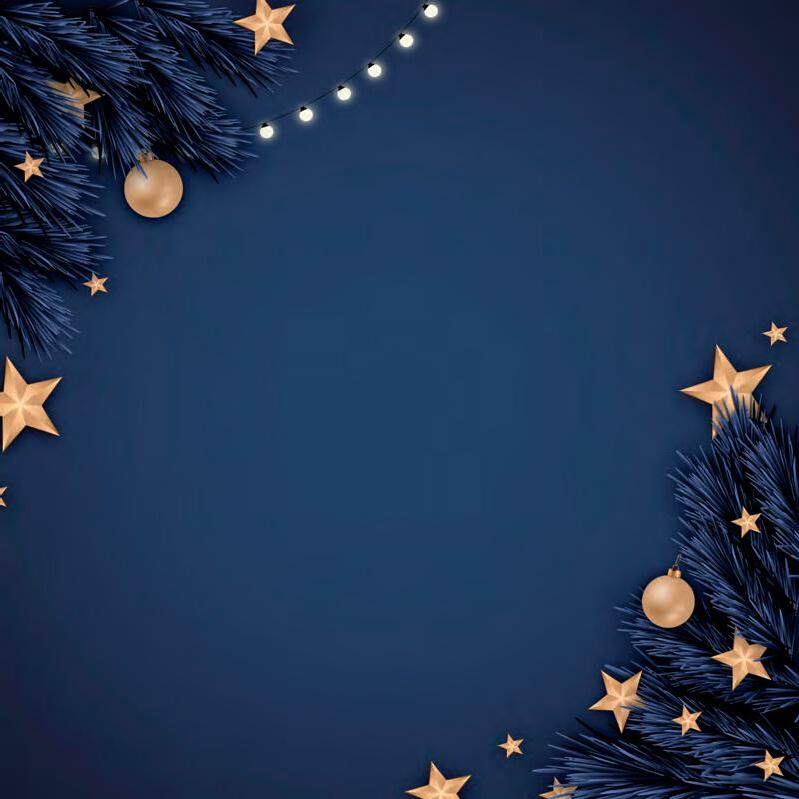

Maybe the highest best use of a piece of property isn’t the most profitable to the owner. Sometimes it is in the best interest for our future to leave some buffers untouched and intact and nature less engineered.









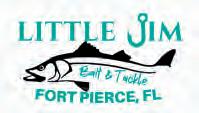
If you are a business owner and would like to learn more about the benefits of supporting Indian Riverkeeper, email Exec. Director Jim Moir at keeper@theindianriverkeeper. org or call (772) 341-4953. Contact us, as well, if you are interested in volunteering at future events, which we will announce on our Facebook page, “Indian Riverkeeper.”
Sample of low impact design.
Cecelia Stalnaker-Cauwenberghs with a 27-inch snook, her first ever, caught at Sebastian Inlet after jumping into a local tournament raising money for Treasure Coast children for Christmas. Cecelia and her husband caught and released 15 snook, 2 redfish, 1 tarpon and 1 catfish during the tournament.


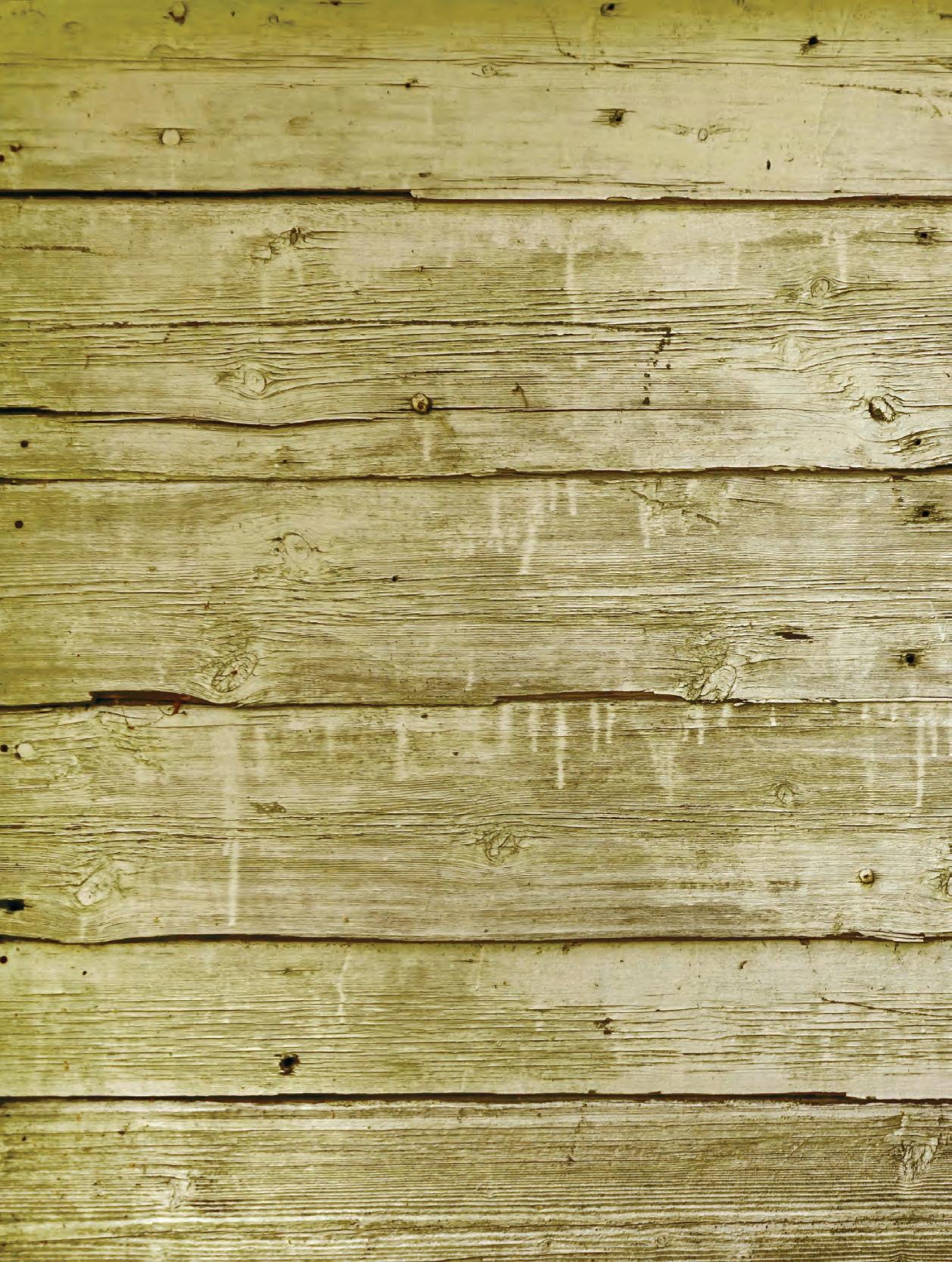
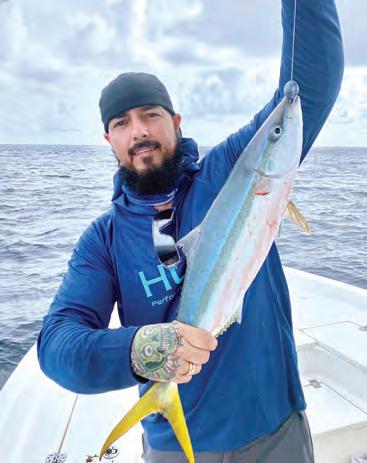



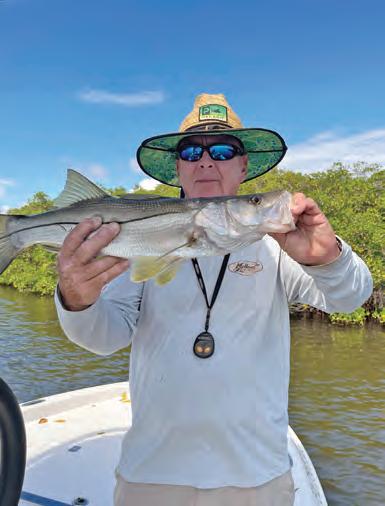
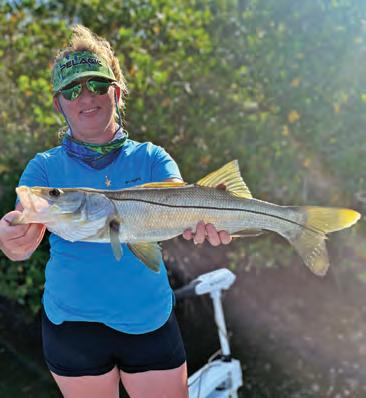



With recreational boating season coming to a close across much of the country, BoatUS compiled a list of the top-10 boat names ordered this season through its online boat graphics service. Here are the rankings.


1) Andiamo: Meaning “let’s go/we go /come on” in Italian, Andiamo remains in the No. 1 spot from last year’s list. It’s also a happy refrain heard from the person behind the helm as they put the throttle down and head to open waters.
2) Osprey: is year was the rst time Osprey has made the top10. In a unique twist, Osprey bumped last year’s No. 2 boat name, Social Distancing, completely o the list. ’Nu said, right?
3) Serenity: is No. 3 name is so popular it has made the top 10 seven times since 2010, tying the record with Second Wind. Yep, you guessed it – both are popular with sailboat owners.
4) Encore: Also a newcomer to the top-10 this year, Encore may be the boat name of choice for an entertainer. Or, it could indicate the “next” boat – either satisfying the three-foot-itis or scaling down, or maybe even coming back to boat owning a er a hiatus.
5) Zephyr: Last appearing on the top-10 in 2010, sailors will welcome this reference to a gentle breeze back to the list.
6) Second Wind: Is this boat named for a new chapter in life or achievement? A comeback? A new strength? We’ll never know for sure, but gosh is it perennially popular.

7) Adventure: A boat with this name is usually out of the slip every weekend putting miles of water under the keel.
8) Knot on Call: is boat name serves as a notice that on-the-water time can’t be tampered with. Of unique importance, the owner of this boat can silence their cellphone ring in just under two seconds.
9) Shenanigans: Quit fooling around. Shenanigans are a part of every boating culture.
10) Grace: In its fourth appearance on the top-10 boat names list since 2010, Grace likely holds deep meaning for vessels with beautiful lines or for those that navigate with nesse. is is the one boat in the marina that also makes docking look easy.
For a look at all of the BoatUS Top-10 Boat Names lists over the years, visit BoatUS.com/BoatNames.

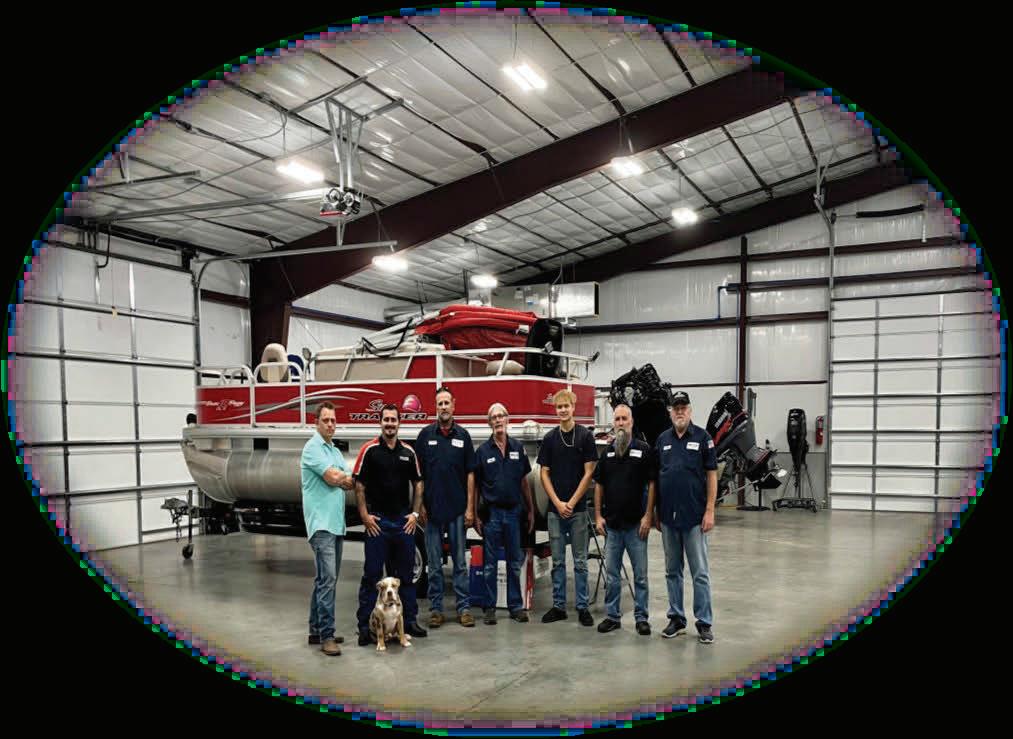
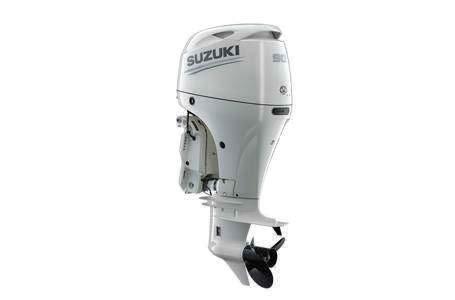
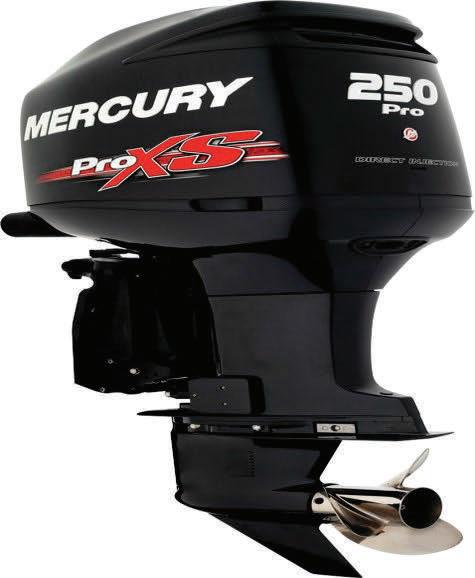


More o en than not, pan sh were the sh that introduced most anglers to the sport. e term “pan sh” is used to describe any of the commonly found species that usually never grow bigger than the size a frying pan. Most of them are legal to keep, regardless of size.
ese are species known as sun sh, bluegills, red eyes, rock bass, pumpkinseeds and countless other names, o en depending on the region. But this article is about a di erent kind of pan sh, and one that was naturally found only in other countries.
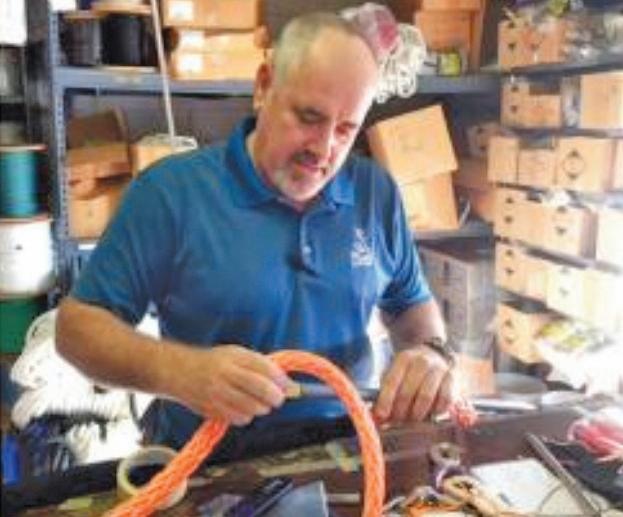
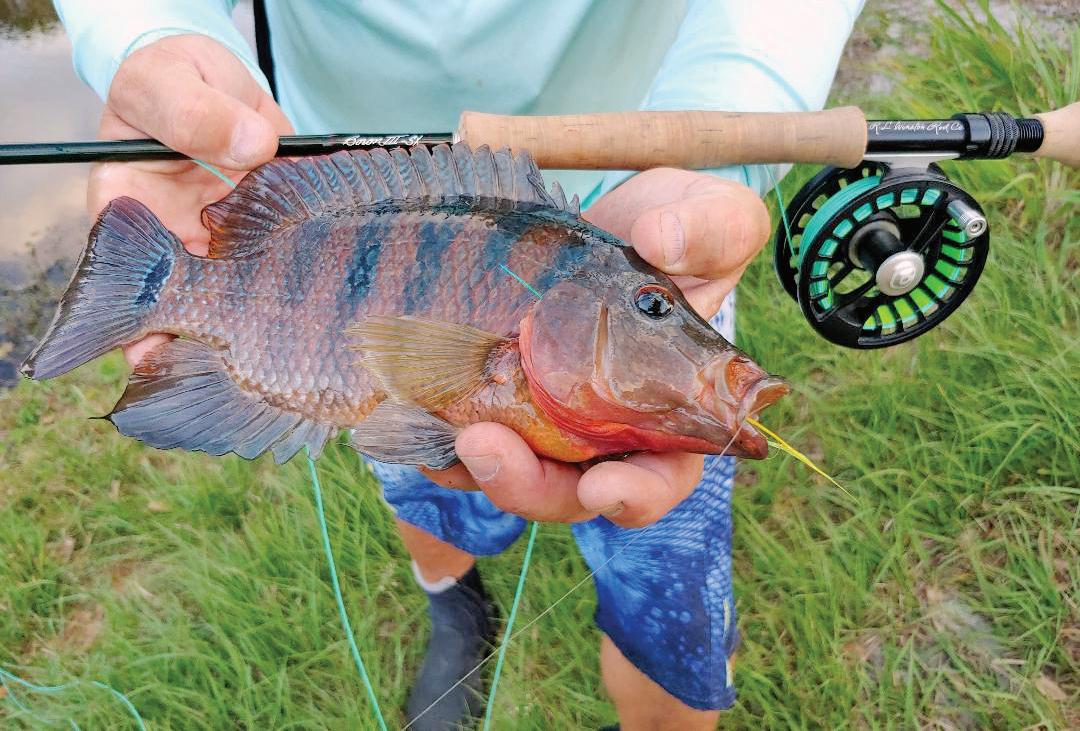
e Mayan cichlid is native to southeastern Mexico and the waters of Central America’s Honduras, Belize, Nicaragua and Guatemala. e rst reported non-indigenous population was recorded here in Florida Bay in 1983. Due to their adaptability and south Florida’s favorable climate and water conditions, they now can be found in great numbers from the canals in Miami to the Kissimmee Chain of Lakes, and almost all inland waters between.


Mayan cichlids are a freshwater species, but are known to thrive under a variety of environmental conditions, from a wide range of salinity to low oxygen conditions, and therefore can inhabit most waters in this region.
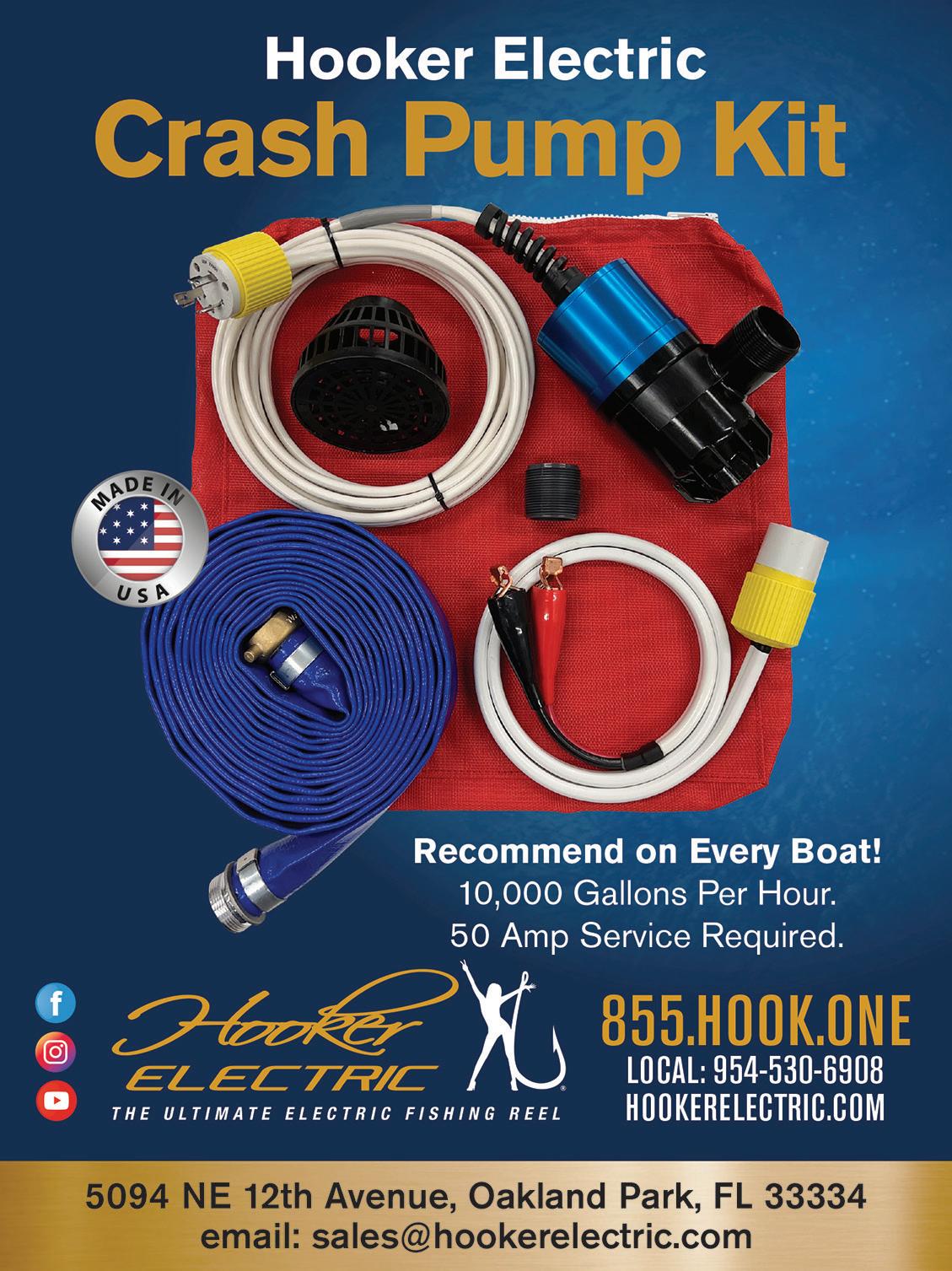

is oval-shaped sh has spiny anal and dorsal ns, and it ranges in color from olive green to a light brown, with darker vertical bars. During breeding season, their colors become vibrant, and their throats and n edges glow bright red to orange, which earned them the nickname “atomic sun sh” or “orange tiger.” Similar to their cousins the peacock bass and the oscar, they sport a black spot and ring on the tail to confuse predators. e Mayan’s spot is black with a turquoise ring.
Mayan cichlids are a very attractive sporting species that o ers strong ghts on light and y shing tackle. Mayans readily take a variety of natural baits as well as small arti cial lures and ies. e countless canals, lakes and neighborhood ponds of south Florida are full of these amazing little ghters and many other species. I am a y sherman, and Clouser’s Minnow or any small bait sh pattern, along with a Gurgler work well for this aggressive feeder.
I would recommend an out t in the 7/8 weight range, because cichlids share these waters with much larger species. It’s common to catch snook, juvenile tarpon, tilapia and largemouth bass in these locations.
Mayan cichlids are not considered invasive, although they are nonnative. ey have no season or bag limit, and harvest is encouraged. ey have white aky meat with a mild avor and are considered very good table fare.
I will not o er an opinion on just how this species found its way to this region, but I believe they’re here to stay. We might as well sh for them.
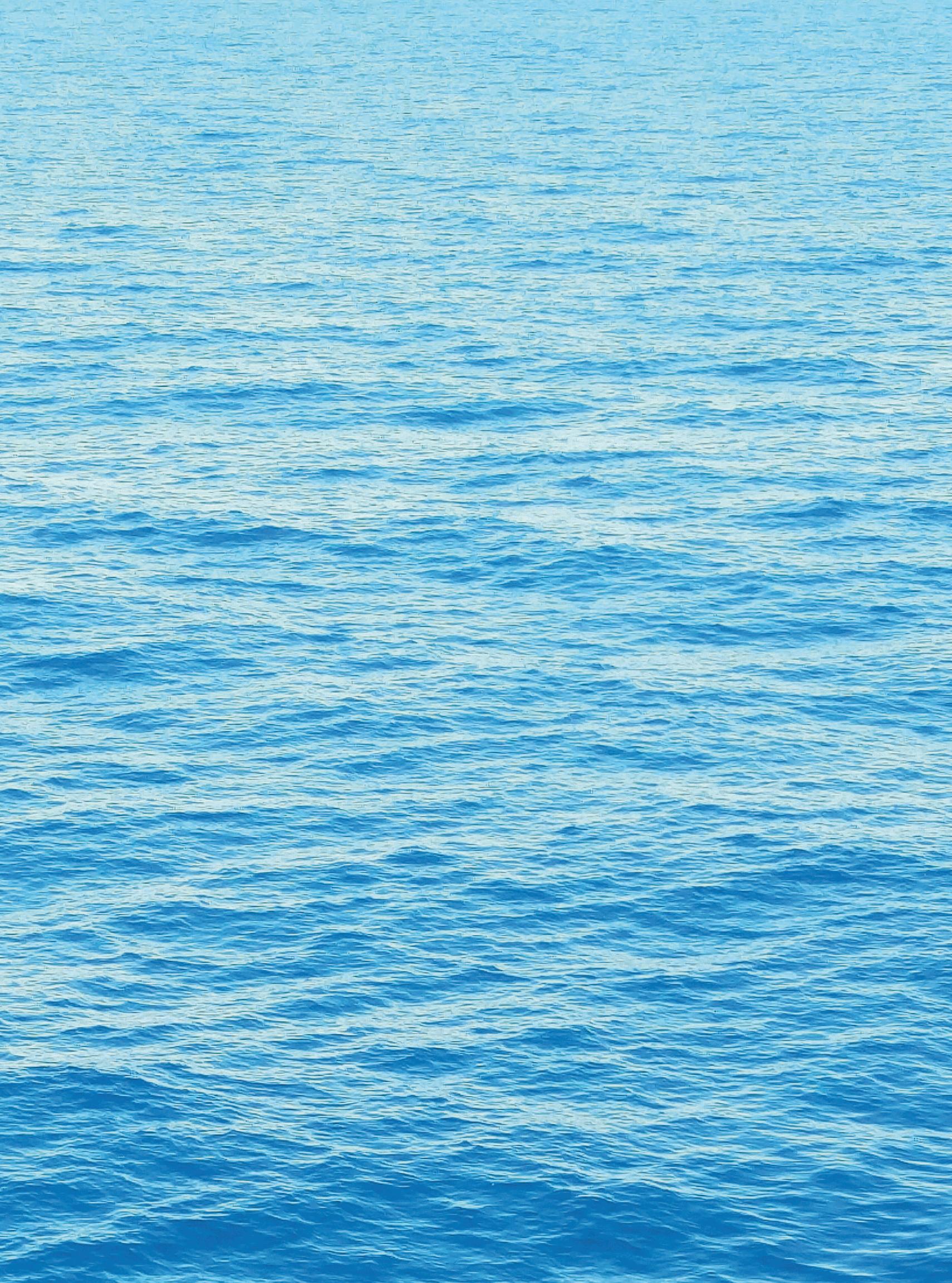
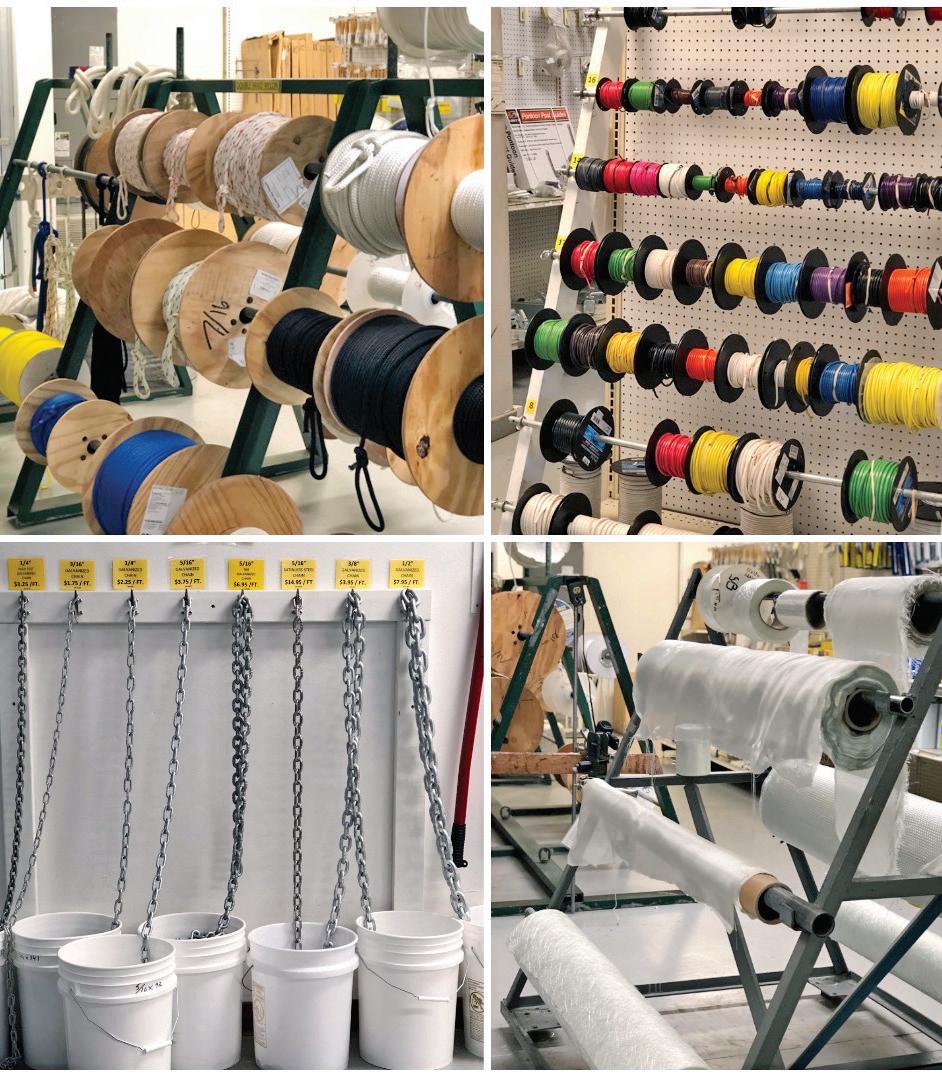
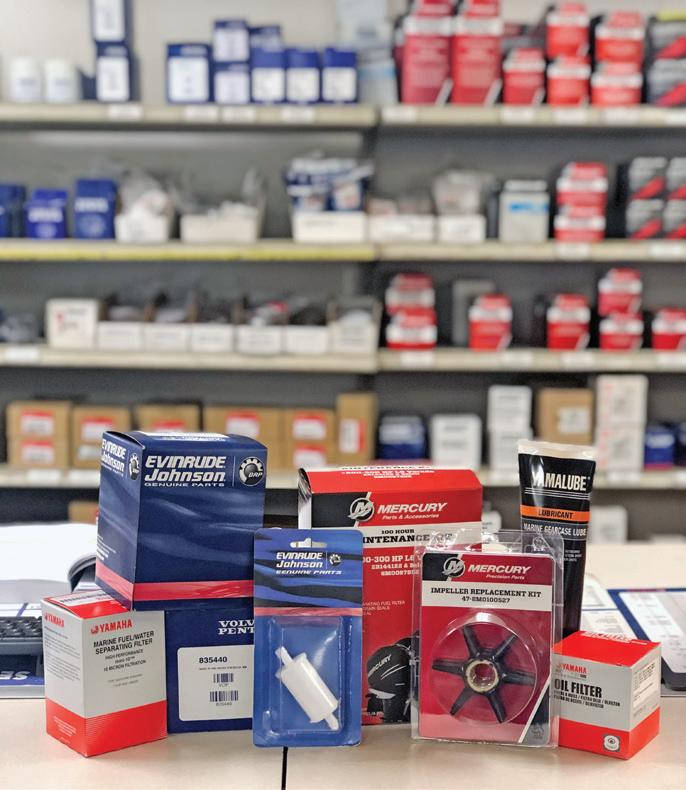
















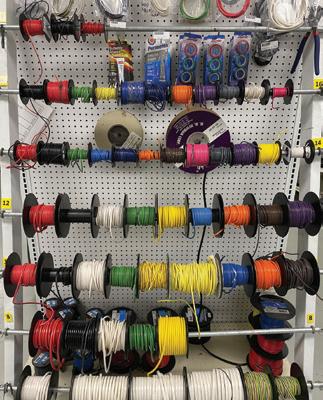
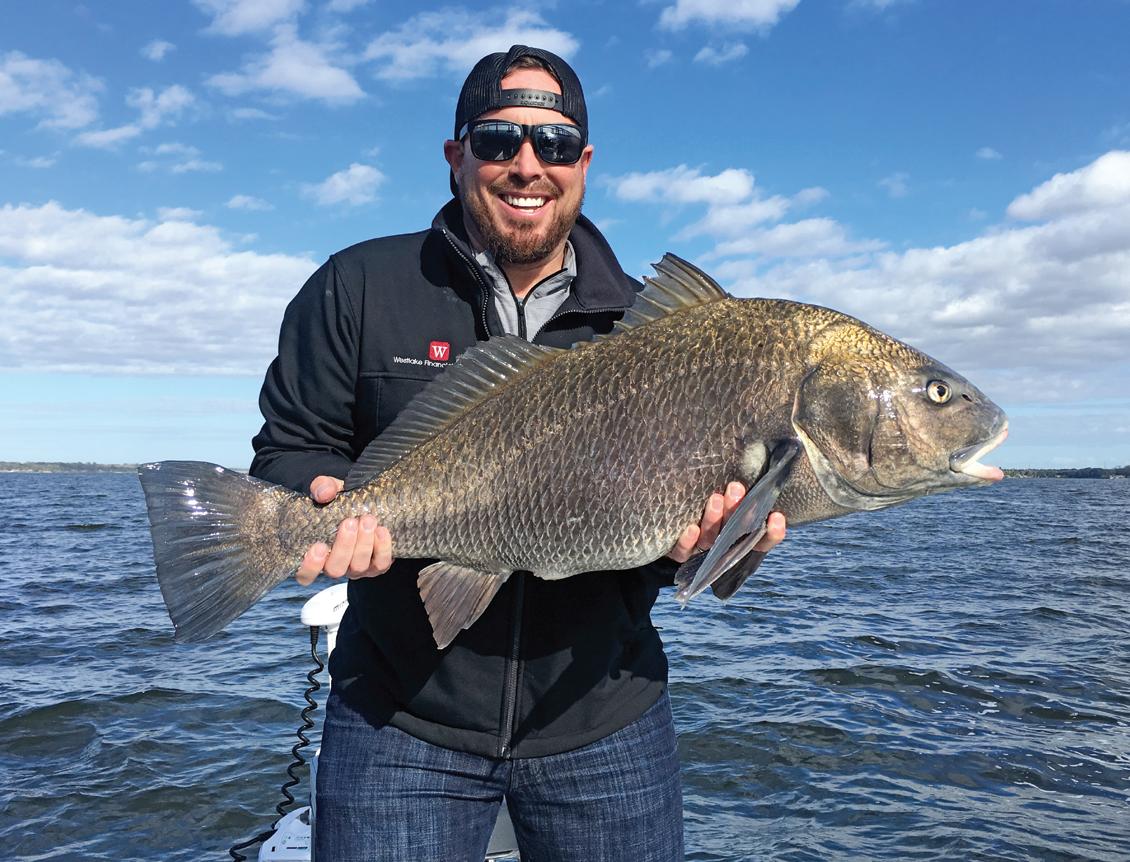

 By Emily Hanzlik
By Emily Hanzlik
With the mullet run over and the cold setting in, our target species begin to change. Most of the high-energy sh like jacks and tarpon slow down during winter. So we turn our attention to already slow bottom-feeding sh that aren’t as a ected by cooler water. Black drum are a highly praised bottom-feeder. Not only do they taste delicious, they grow to amazing trophy size.
Black drum are in the drum family with red sh, but they are di erent in appearance and their way of living. Black drum have a high arched back compared to most sh that levels out toward the tail. ese sh are a darkish gray or black with some tones of brown that fade to a lighter belly. Normally, juveniles have four to six vertical bars on their side, similar to sheepshead. e bars fade with age.
Black drum have barbels or whiskers on their lower jaw like cat sh. ese barbels are used to smell mollusks and other prey in the sand, which the drum digs out. ey then use rows of molar-like pharyngeal teeth to crush mussels, crabs and other hard-shelled creatures. ese teeth line the top and bottom of their mouths and can extend to the back of their throat.
Black drum live from Texas all the way up past New Jersey. ey congregate around structures like bridges and docks. However, they also can be found in bays, river mouths, oyster beds and along beaches. Juveniles are mostly found in estuaries.
As these sh begin to spawn in the colder months, they move toward owing inlets. Just like red drum, they participate in mass free-spawning, where they release sperm and eggs while grouped together in owing water. e pre-spawn move to the inlets gives anglers plenty of time to target them in groups.
Jalon Tomlinson enjoys targeting black drum during peak season. He said shing is best during cold fronts on an outgoing tide. He uses a chicken rig with a 3- to 4-ounce pyramid sinker or a Carolina rig with a 3-ounce egg sinker and a 2/0 hook. He recommends a 40-pound leader because powerful sh heavier than 30-pounds are a real possibility. Ideal baits are fresh dead shrimp or old stinky shrimp. However, Tomlinson has also caught them on crabs and sand eas.
Tomlinson catches some monster drum with this technique, but he prefers to keep the 14- to 28-inchers because they’re better to eat. In Florida, there is a daily bag limit of ve per harvester, with a slot size of 14 to 24 inches. One sh is allowed over the 24-inch slot.
e IGFA all-tackle world record black drum weighed an amazing 113 pounds, 1 ounce and was caught out of Lewes, Delaware.
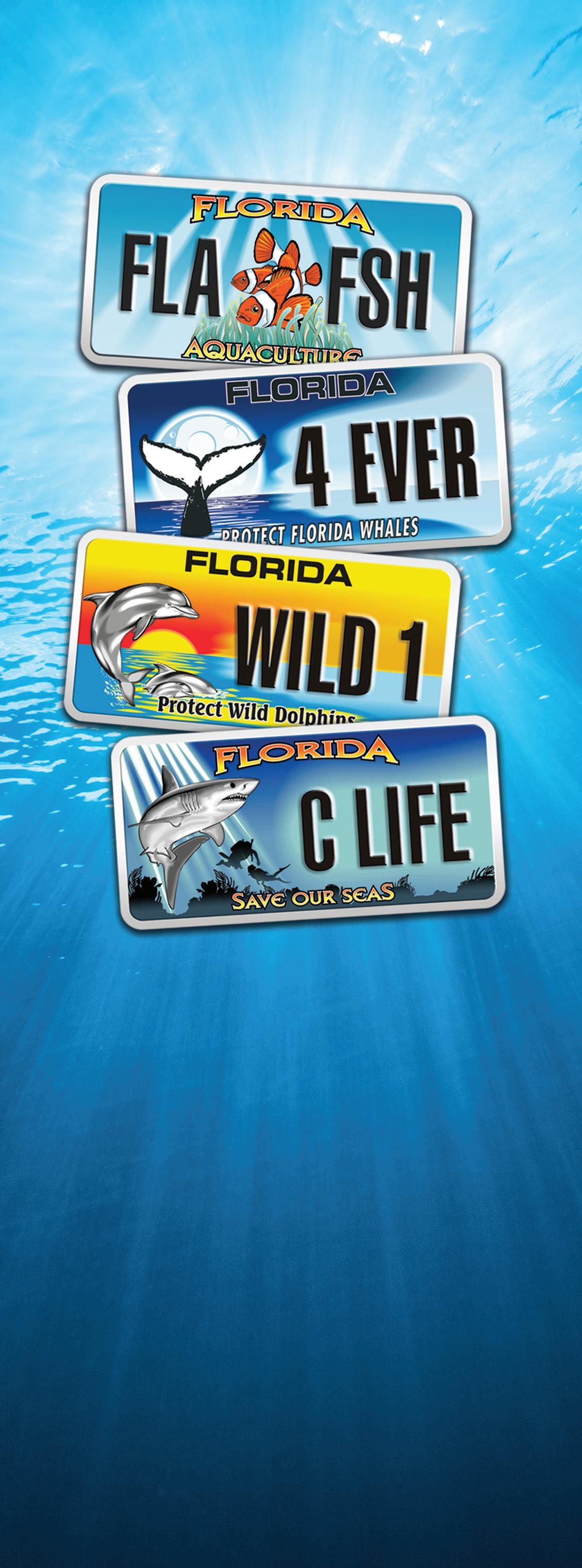
Emily Rose Hanzlik holds 56 IGFA world records in various categories.
She hails from West Palm Beach, where she has a part time Bow n Guide Service as well as shing classes for Jr. Anglers.
Find her on Social Media @emilyhanzlikoutdoors.
Florida seasons for snook harvest close this month in state and federal waters of the Gulf of Mexico and the Atlantic.
e Gulf snook season closure date is Dec. 1, and snook harvest will remain closed through the end of February in Gulf state and adjacent federal waters. e Atlantic snook season is closed Dec. 15 through Jan. 31 in state and adjacent federal waters. Special regulations for di erent zones exist for this species, so be sure to check current regulations online at MyFWC.com.
When snook season re-opens, anglers who wish to harvest a snook must have a snook permit in addition to a recreational shing license. ere is a slot limit of not less than 28 inches or more than 33 inches total length. e daily bag limit is 1 per harvester per day with zero captain and crew for-hire limit.
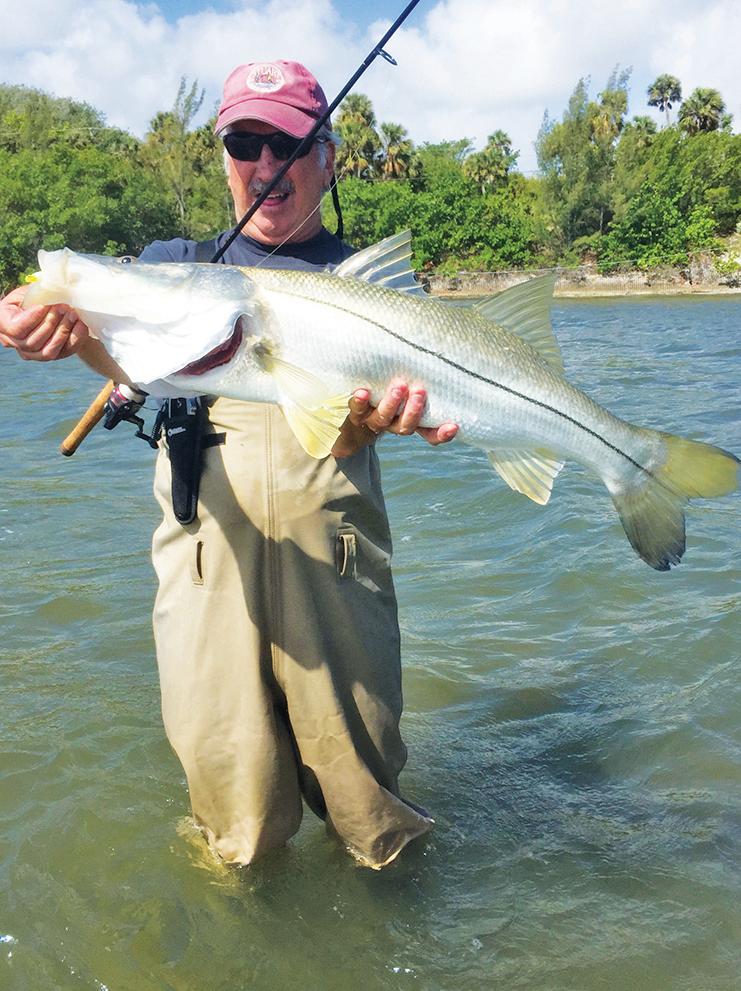



For more information, go to MyFWC.com.
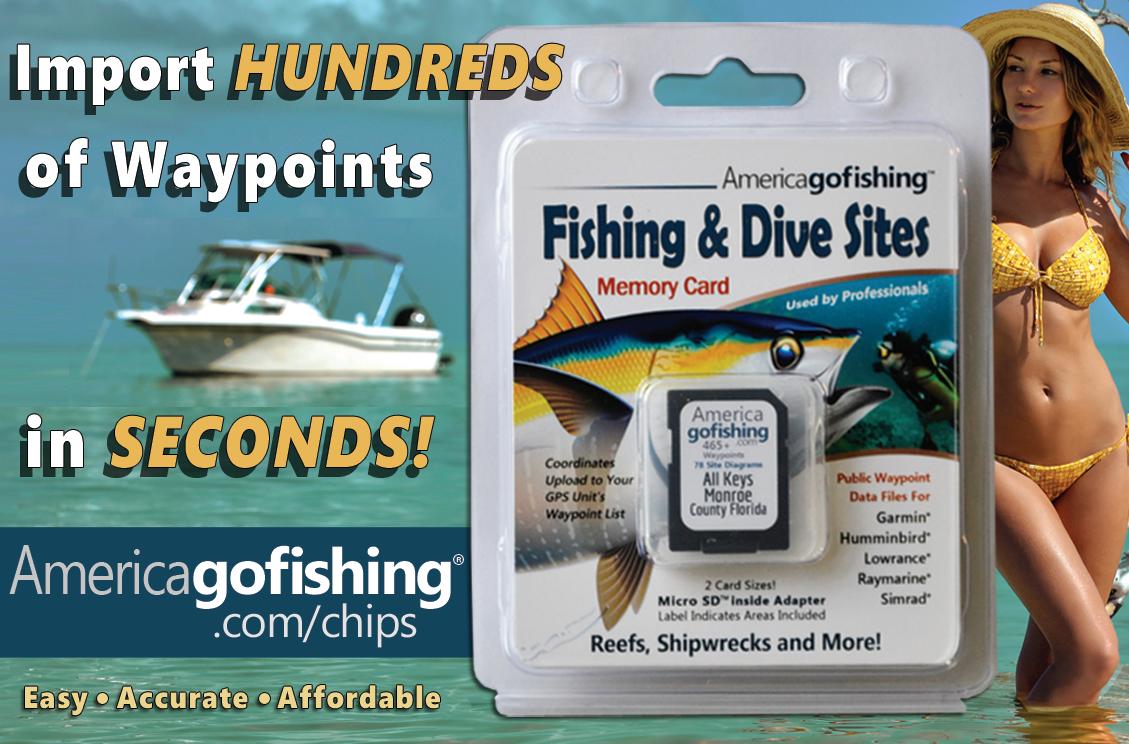
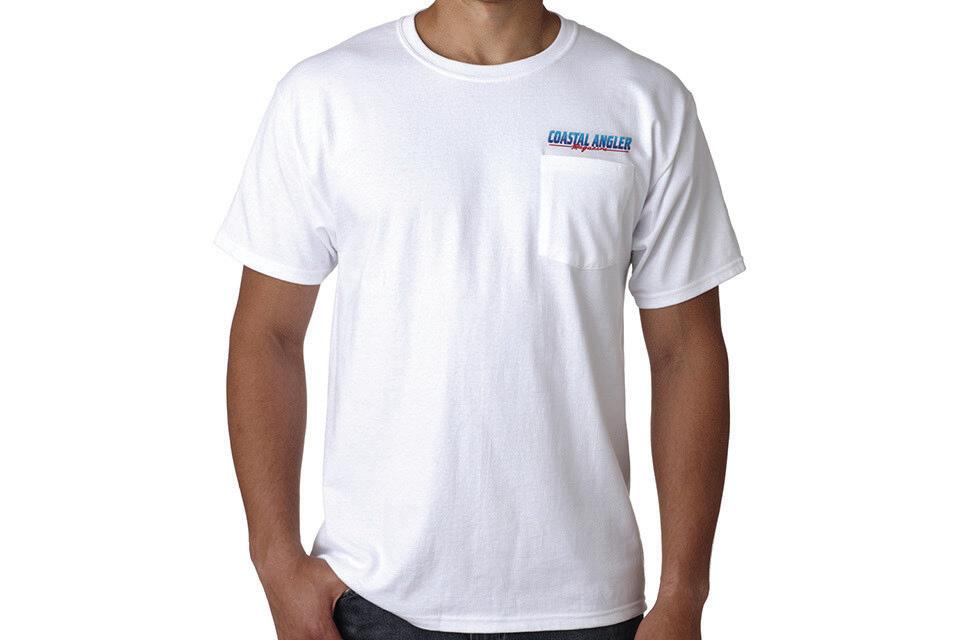
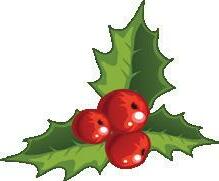
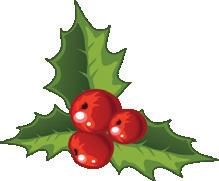

It’s on! You made a very long cast, and within a few cranks a sh grabs your lure and you’re engaged in a ght!

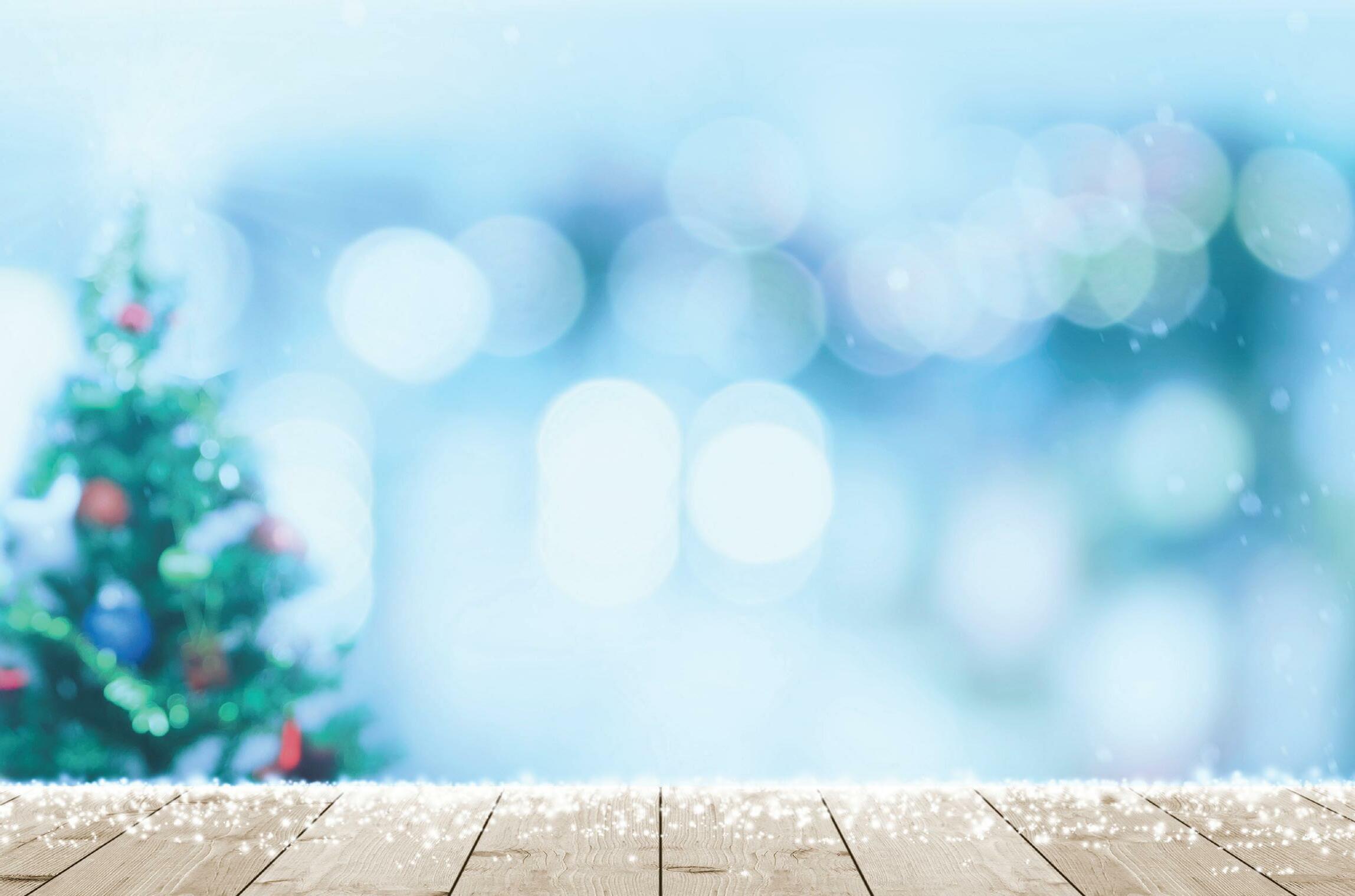
Long distance lures allow you to hook-up with sh other anglers can’t reach, but ghting sh with so much line out presents complications, mostly in the form of environmental elements the angler does not control.
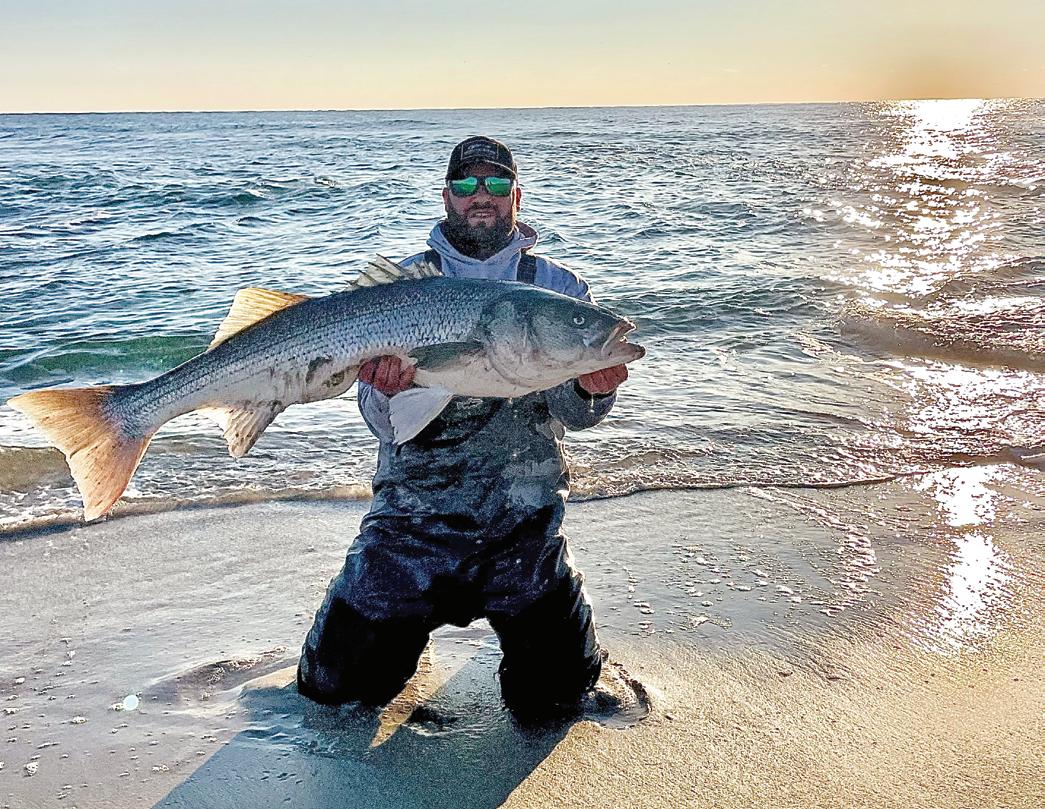

If you’re shing from a at sandy beach on a calm day with no waves, little current and no oating sargassum, then nothing is di erent. Just ght the sh and enjoy it. But when ghting a sh at great distance, elements like current or obstacles such as rocks or weeds become magni ed threats to successfully landing the sh. e more line you have in the water, the less direct in uence you have on the sh. e sh has more freedom to swim sideways or even directly at you. ere’s a greater chance your line will snag an encrusted boulder or load up with oating grass. Ripping currents and wave action are more pronounced during the ght, and sh—especially bigger ones— will use this to pull away.

Here are tactics to better ght sh from long distances.
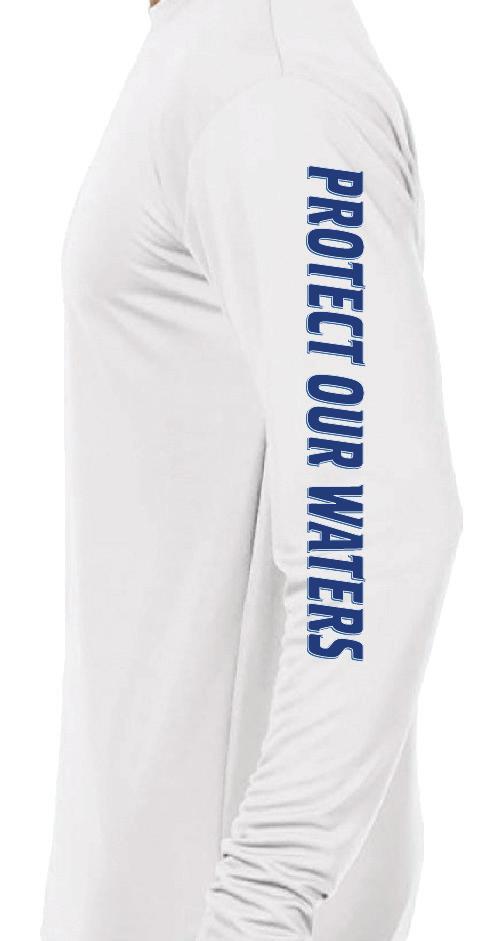
• Keep the rod tip up and hold it high to keep as much line as possible out of the water or high in the water column. is limits the risk of snags and reduces drag on the line. I sometimes put the rod butt against my shoulder and hold the rod almost vertically to gain as much height as possible.


• When a sh swims or is pushed by waves or current into a snag-prone area, it’s o en counter productive to crank down and pull directly against the sh. Pulling hard works OK on small or mediumsized sh, but with larger sh I like to angle the rod horizontally and


sideways in the direction the sh is going. It’s like judo in that you use the sh’s momentum against it. By pulling the sh sideways, instead of directly against it, it will curve toward you. is is unconventional, but it has saved sh for me a number of times.
• When sh use strong currents during the ght, walk with them. Try to walk the same speed the sh is moving with the current and continue picking up line.
• Use a power-pull to put a lot of pressure on big sh. Keep the rod at a 30 to 45 degree angle from horizontal, and walk backward at constant speed. When I was guiding in Africa for tiger sharks and giant tarpon, this was the best way to bring sh closer to shore.

Legendary angler Patrick Sebile is a world record holder and an award-winning designer of innovative lures and shing gear. Check out his creations at abandofanglers.com.
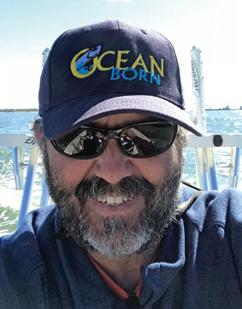
Perhaps Florida anglers are getting used to the regulations changes that closed fall harvest of ounder for the rst time last year. With a 45-day closure during the peak of the fall spawning movements, keeping ounder is by design illegal when it’s easiest to catch them. e season closure ran Oct. 15 through Nov. 30, and many Gulf of Mexico and Atlantic states enacted similar closures in the face of several years of falling ounder numbers. So, while you likely didn’t get to enjoy stu ed ounder at the anksgiving feast, you should be able to go catch, or gig, a doormat to serve at Christmas.
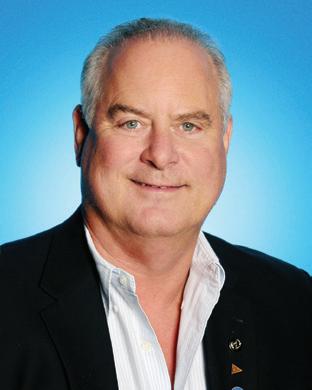








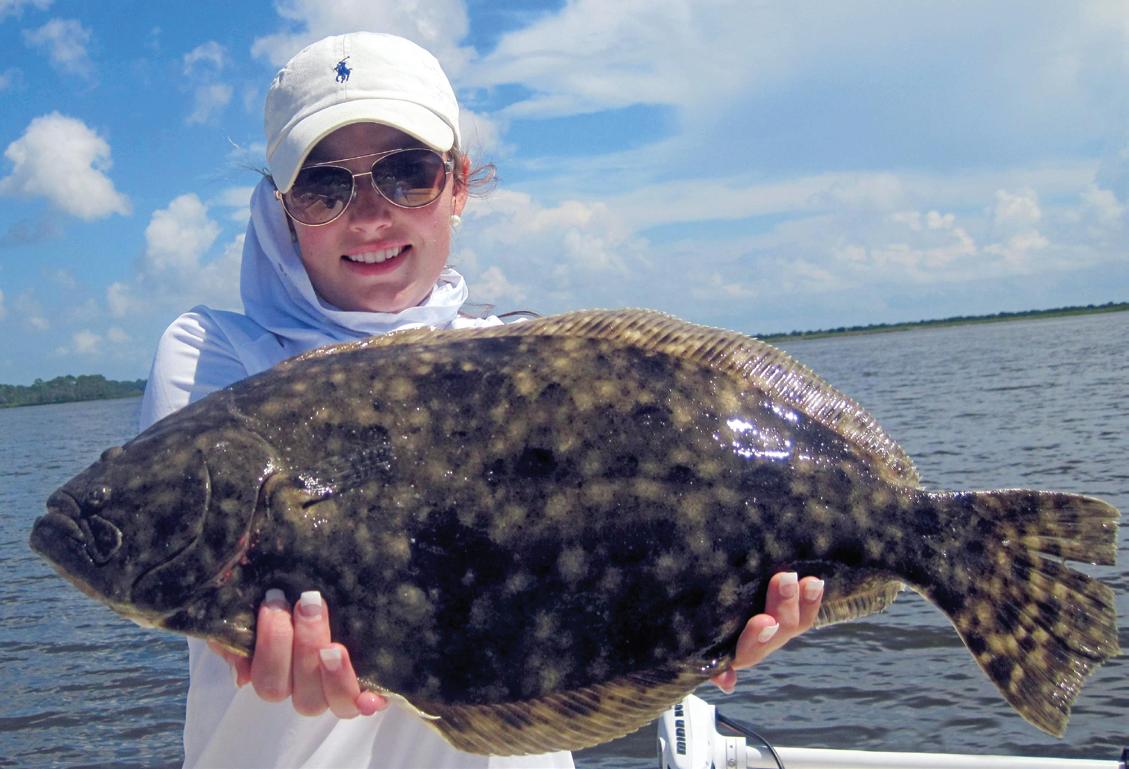
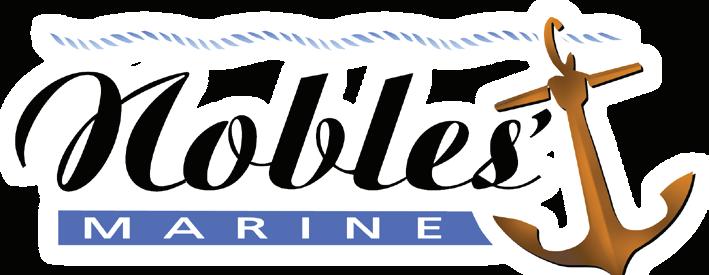
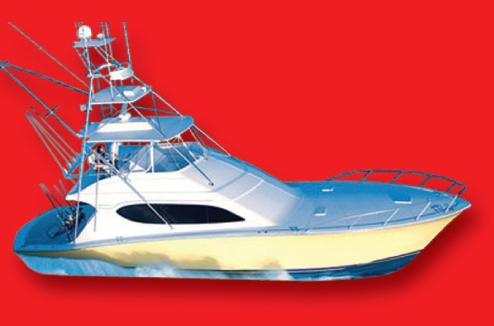


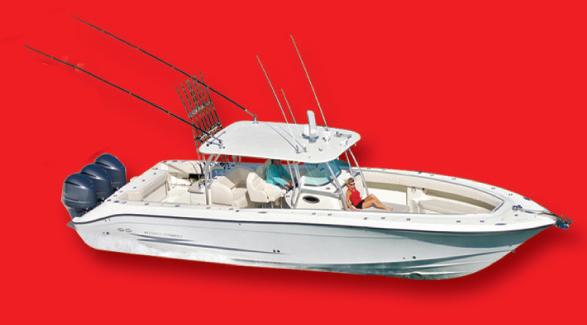
Starting Dec. 1, ounder harvest is allowed with a 14-inch minimum size limit and a daily bag limit of ve sh per person. ese regulations apply in state and federal waters o Florida. Legal gear includes spears, gigs, hook and line, seine and cast nets.
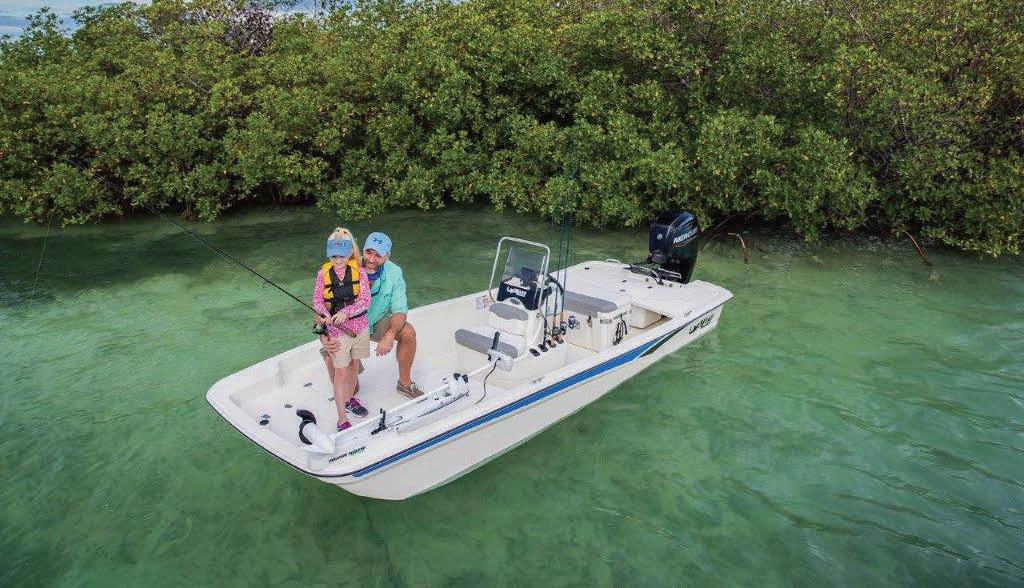
For more information, go to MyFWC.com.
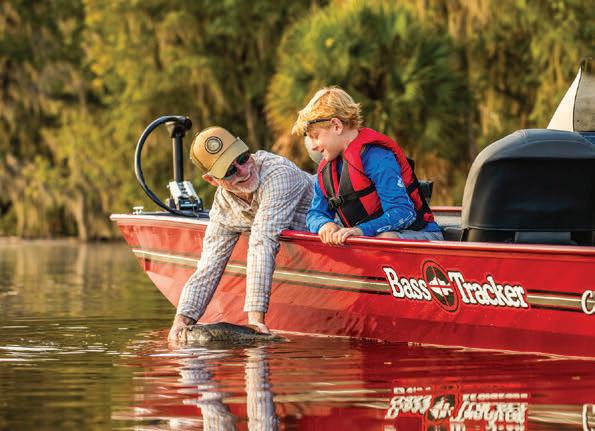


If you’re not familiar with shoal bass, they are a distinct species of black bass that evolved to inhabit the riverine shoals of the Apalachicola River Basin in Florida. ey are considered a Species of Greatest Conservation Need by the Florida Fish and Wildlife Conservation Commission because they are native only to one drainage worldwide, and habitat in that drainage was forever altered by dams.
e Chipola River, which roughly bisects the Panhandle to join the Apalachicola River at Sumatra, Fla., is home to Florida’s only known
reproducing population of shoal bass, and it is potentially the species’ most genetically pure population. Farther north, Georgia’s Chattahoochee and Flint rivers are part of the same drainage. ere, shoal bass are considered an excellent sport sh. ey grow to weights heavier than 9-pounds and o er a unique opportunity for anglers, especially y shers, because they inhabit swi -water shoals and will readily slam arti cial lures, topwaters and ies.
Shoal bass are in trouble in Florida, and FWC is on the case. In 2018, the Chipola River population of shoal bass was nearly destroyed by Hurricane Michael. Impacts from the storm resulted in nearly a 90 percent decline in the population. In May, 2022, biologists with the FWC’s Fish and Wildlife Research Institute and the Division of Freshwater Fisheries Management released 3,300 1- to 2-inch genetically pure, hatchery-spawned shoal bass from the Blackwater Fisheries Research and Development Center into the Chipola River.
Recent sampling discovered the released sh have made a signi cant contribution to the existing population. DNA analysis of n clips taken from shoal bass collected during these sampling events con rmed that 65 percent of the yearlings collected were from sh produced and released by Blackwater Hatchery. ese stocked shoal bass had grown to 4 to 6 in the four months since being stocked. Additionally, data suggests these stocked sh may comprise nearly 20 percent of the entire shoal bass population in the river.
“ e shoal bass population in the Chipola River has become a top priority of sheries biologists within the northwest region of Florida since Hurricane Michael,” said Fisheries Biologist Andy Strickland. “Management actions to suspend harvest and successfully stock shoal bass have yielded positive results for this unique black bass species.”
FWC biologists anticipate stocking additional hatchery reared shoal bass in the Chipola River in the spring of 2023 to increase the number of genetically pure sh in the population and eventually restore population numbers to pre-Hurricane Michael levels.


Currently a catch-and-release-only regulation is in e ect for shoal bass on the Chipola River and its tributaries.
To learn more, visit MyFWC/Freshwater.
In November the Georgia Department of Natural Resources certi ed a sh that tied the state record for Florida pompano. e sh, which weighed 1 pound, 7.68 ounces, was caught by a Florida woman who was at St. Simons Island, Ga. volunteering at a youth shing tournament.
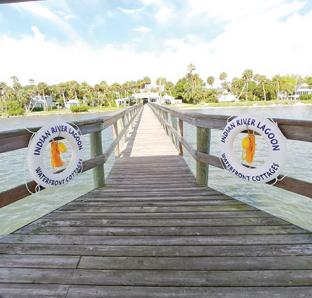

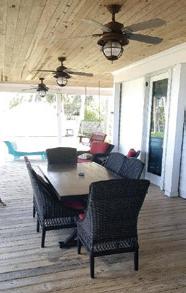

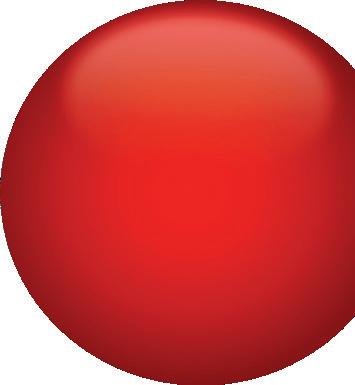






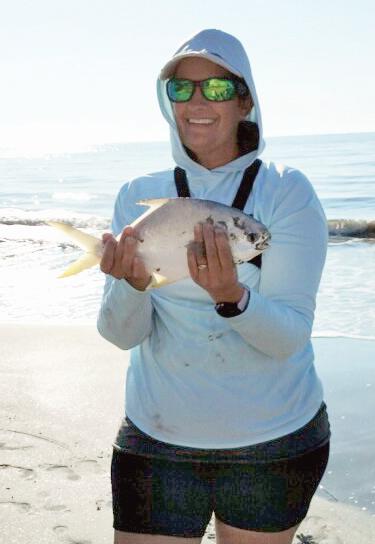
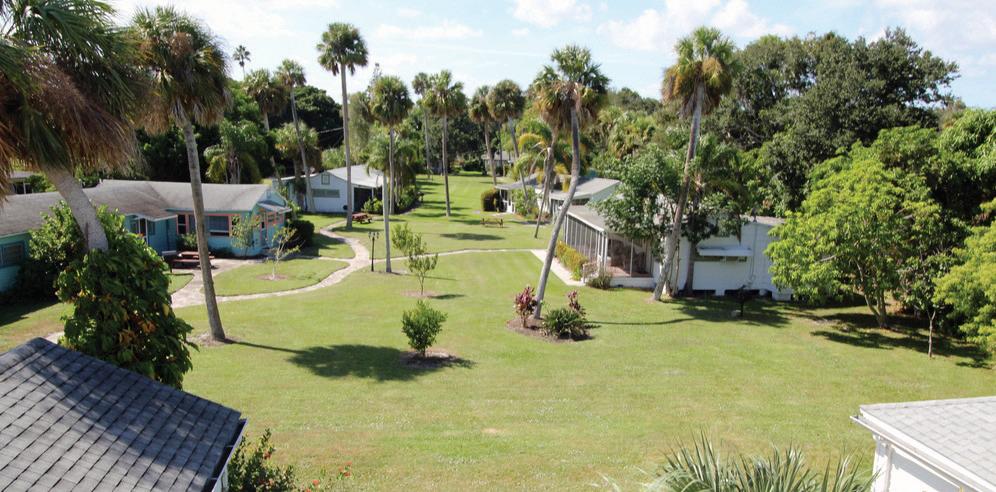
Cathy Sanders, of Palm Coast, Fla., landed her record-tying pomp while surf shing on St. Simons Island on Oct. 9. Her catch tied the previous record holder, Laura Cheek, who landed a 1-pound, 7-ounce pompano on Sea Island in 1982. Sanders’ pompano was 12 inches fork length.
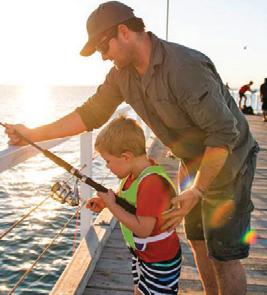
Sanders was volunteering with the Kids Can Fish Foundation’s Running of the Bulls youth tournament when she caught the sh. She was surf shing with a 12-foot Okuma Rockaway rod and Okuma Rockaway 6000 reel. As bait, she used Fishbites EZ Crab (Electric Chicken) with Sinker Guys glass beads and salted shrimp on 20-pound high visibility mono lament. Her terminal rig was a 2/0 circle hook on a double drop rig with 3-ounce Guy Sputnik sinker.


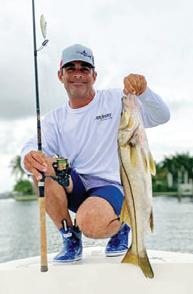
Under the rules of the Georgia Saltwater Game Fish Records Program, Sanders’ catch quali ed as a tie because it weighed more than the current record, but did not exceed the record by more than 4 ounces.
e IGFA all-tackle world record Florida Pompano weighed 8 pounds, 4 ounces. It was caught by Barry Huston in St. Joe Bay, Fla. in 1999.
See Georgia’s saltwater records at CoastalGaDNR.org/SaltwaterRecords.

Like fishing, hunting is for early risers — those who find contentment and peace in getting out into nature early. But that’s not all you’ll find in wild Florida. From the Panhandle to the Everglades, we have some of the most accessible and affordable public hunting lands in the country. Six million bountiful and beautiful acres are closer than you think. So if you’re already an early riser, rise to the exciting challenge of hunting today.
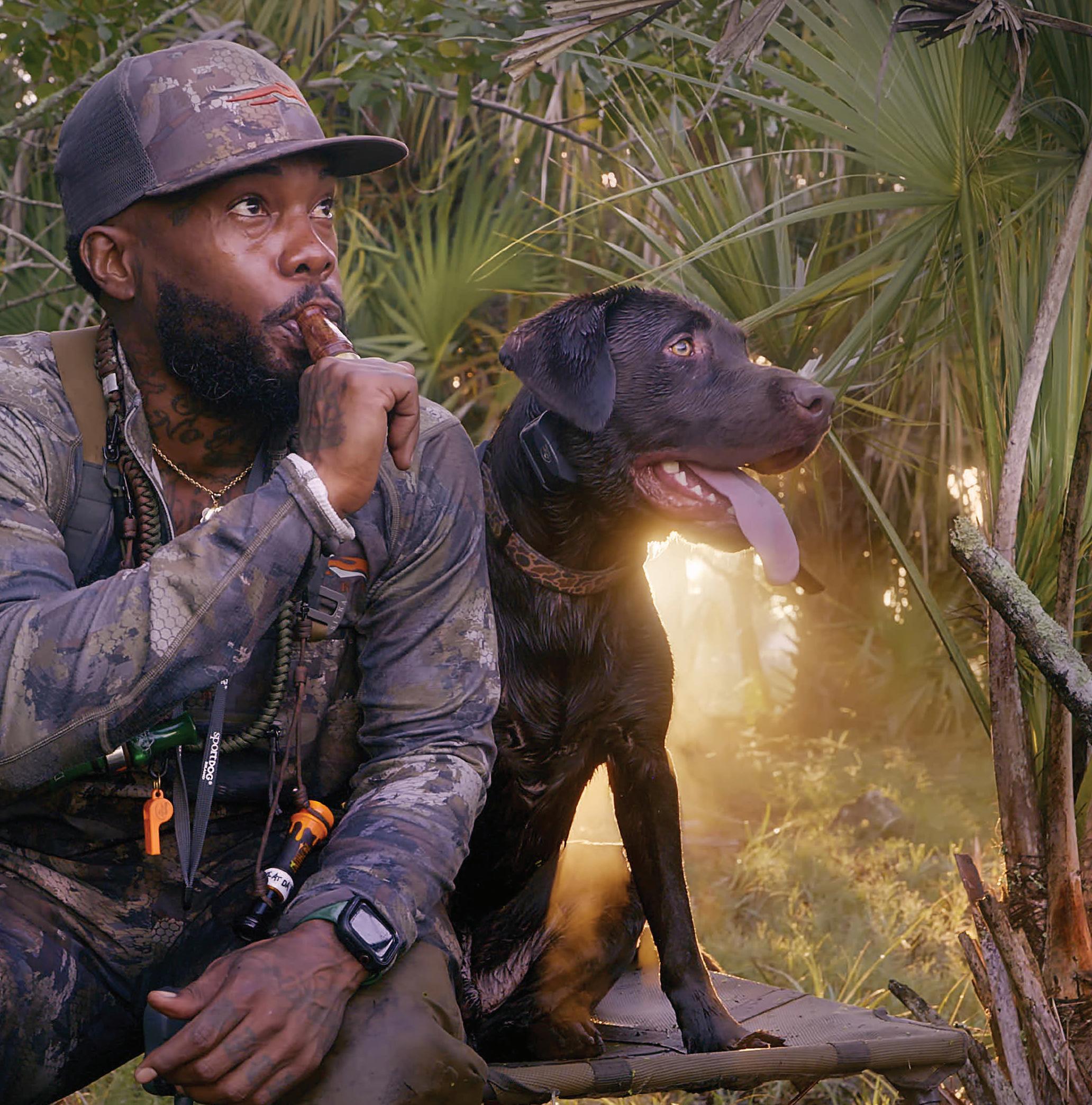
The very best hunting knives possess a perfect balance of form and function. They’re carefully constructed from fine materials, but also have that little something extra to connect the owner with nature. If you’re on the hunt for a knife that combines impeccable craftsmanship with a sense of wonder, the $79 Huntsman Blade is the trophy you’re looking for.
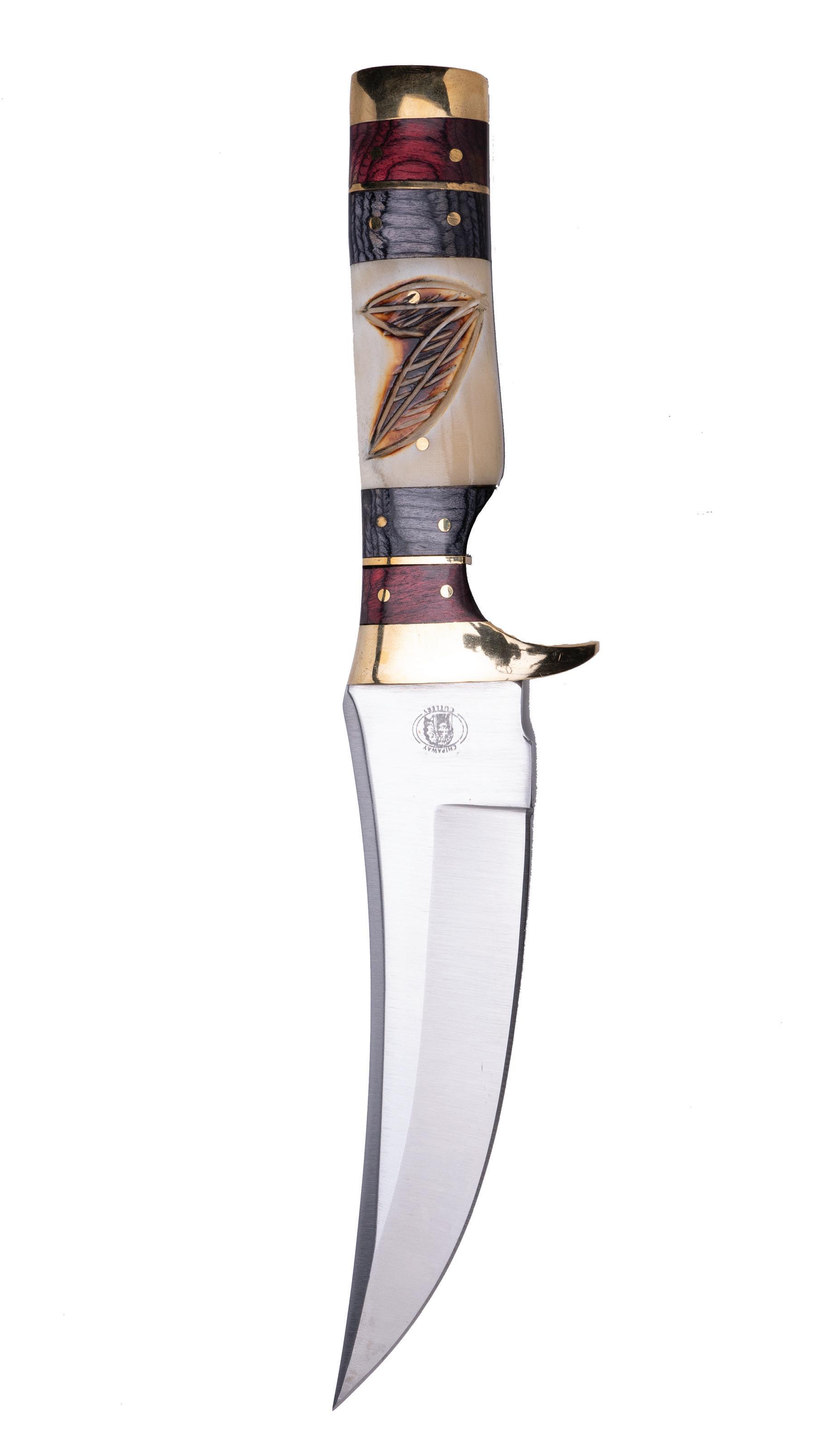

The blade is full tang, meaning it doesn’t stop at the handle but extends to the length of the grip for the ultimate in strength. The blade is made from 420 surgical steel, famed for its sharpness and its resistance to corrosion.
The handle is made from genuine natural bone, and features decorative wood spacers and a hand-carved motif of two overlapping feathers— a reminder for you to respect and connect with the natural world.




This fusion of substance and style can garner a high price tag out in the marketplace. In fact, we found full tang, stainless steel blades with bone handles in excess of $2,000. Well, that won’t cut it around here. We have mastered the hunt for the best deal, and in turn pass the spoils on to our customers.
But we don’t stop there. While supplies last, we’ll include a pair of $99 8x21 power compact binoculars and a genuine leather sheath FREE when you purchase the Huntsman Blade.


Your satisfaction is 100% guaranteed. Feel the knife in your hands, wear it on your hip, inspect the impeccable craftsmanship. If you don’t feel like we cut you a fair deal, send it back within 30 days for a complete refund of the item price.
Limited Reserves. A deal like this won’t last long. We have only 1120 Huntsman Blades for this ad only. Don’t let this beauty slip through your fingers. Call today!
“This knife is beautiful!” — J., La Crescent, MN
“The feel of this knife is unbelievable...this is an incredibly fine instrument.” — H., Arvada, CO
The question of lure size is o en pondered in the shing world. Di erent circumstance requires a di erent mentality, but one thing is for certain, the sh did not read any articles, attend any seminars or watch that YouTube video. ey eat what they want, when they want, but I have an approach that I nd useful in deciphering the riddle.
As winter approaches, it brings changes to our estuaries: cooler water temps, a change in the type and abundance of forage, less pressure from boaters, and in some areas, much better water clarity. ere are two trains of thought on lure size when it comes to winter shing in the bays. Should I go bigger or smaller? I know anglers who immediately upsize for the entire season, while others downsize for its duration.

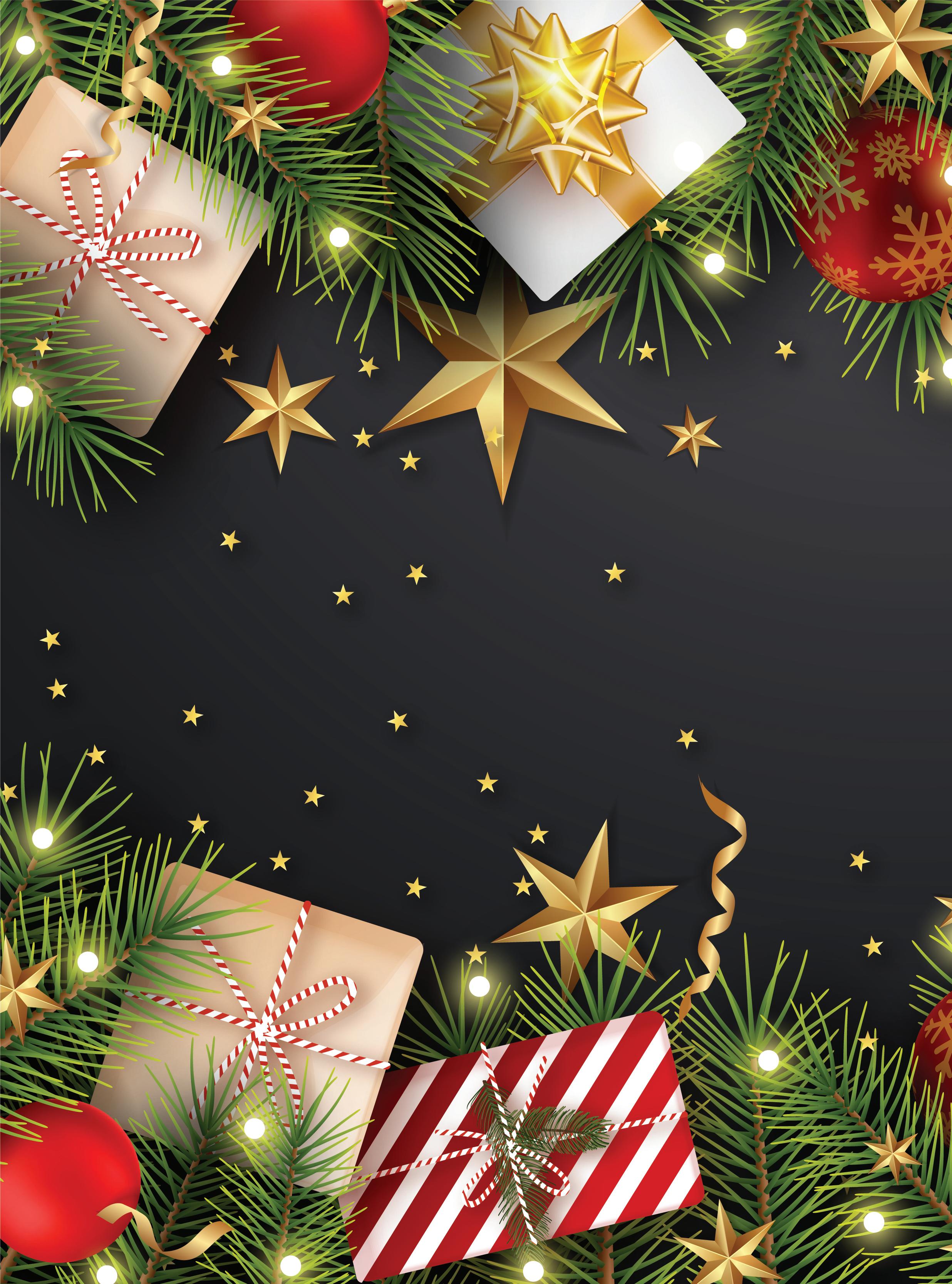





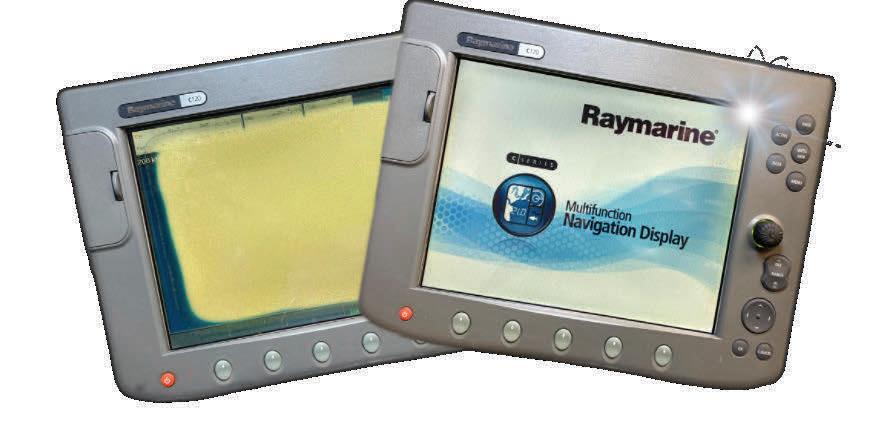






Both can be e ective, but here is how I typically tackle early winter shing.
Cooling water temps and increasing frequency of cold fronts put the sh on both spectrums of the feeding attitude. Unlike more stable weather patterns, when sh are less a ected and feed more consistently, these fronts can make them, for a lack of a better term, moody.





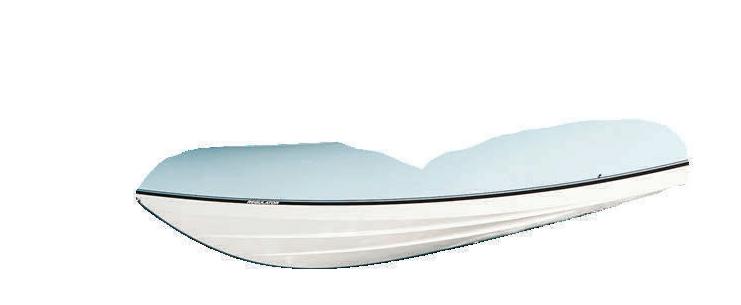
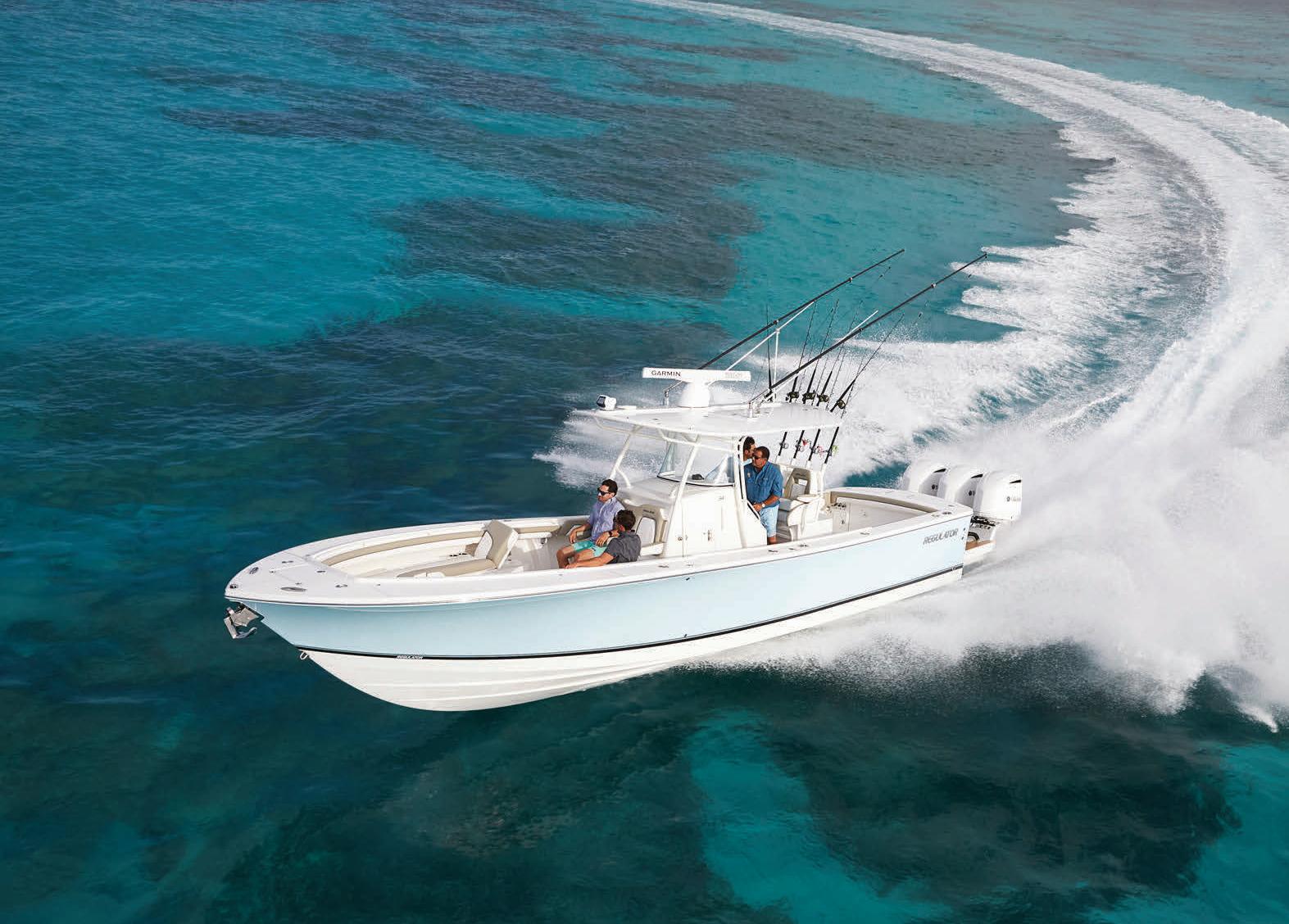
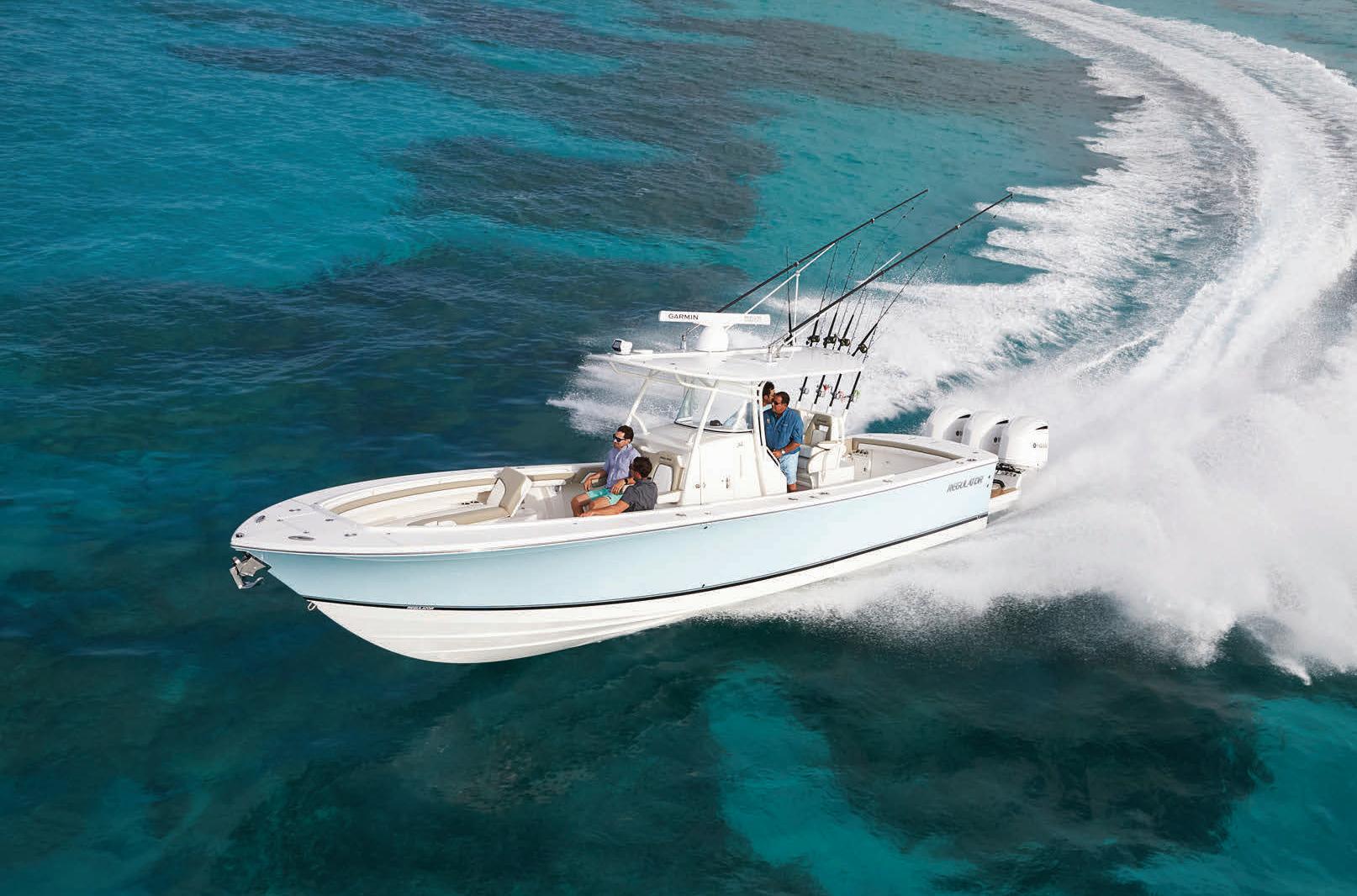
Late fall and early winter can be some of the best inshore shing of the year. Schools of
bait ushed from the bays with the dropping tides are followed by hungry specks and reds. In these situations, I like to use a smaller lure. Generally, they feed on shrimp or smaller bait sh, and having a lure of similar size is a good idea. When they are following these schools, I like non-natural colors so the sh have something to key in on when bait is abundant. I like my lure’s color to stand out in the fall feeding frenzy.
Now, for the other end of the mood swing, the inactive period caused by post-frontal conditions. is is another situation when I favor smaller lures in early winter. When the bite is o , smaller o erings entice bites from non-aggressive sh. Using myself as an example, if I am not hungry, the chance of me driving to a restaurant for a steak dinner are slim, but I might grab a few peanuts for a quick bite just because they are on the counter.
e nal reason is clearer water. Some bays I sh will have 1 to 2 feet of clear-green water in the summer, but 6 to 7 feet of air-clear water in winter. ese sh are not accustomed to this transitional clarity. When I can see my lure bouncing in the sand in depths of 7 feet, a much smaller lure will produce more bites.
I hope these tips help you catch more sh this winter, and next month I will explain my transition to larger lures as we press deeper into winter’s grip.
ago, Persians, Tibetans and Mayans considered turquoise a gemstone of the heavens, believing the striking blue stones were sacred pieces of sky. Today, the rarest and most valuable turquoise is found in the American Southwest–– but the future of the blue beauty is unclear.
On a recent trip to Tucson, we spoke with fourth generation turquoise traders who explained that less than five percent of turquoise mined worldwide can be set into jewelry and only about twenty mines in the Southwest supply gem-quality turquoise. Once a thriving industry, many Southwest mines have run dry and are now closed.

We found a limited supply of turquoise from Arizona and purchased it for our Sedona Turquoise Collection . Inspired by the work of those ancient craftsmen and designed to showcase the exceptional blue stone, each stabilized vibrant cabochon features a unique, one-of-a-kind matrix surrounded in Bali metalwork. You could drop over $1,200 on a turquoise pendant, or you could secure 26 carats of genuine Arizona turquoise for just $99




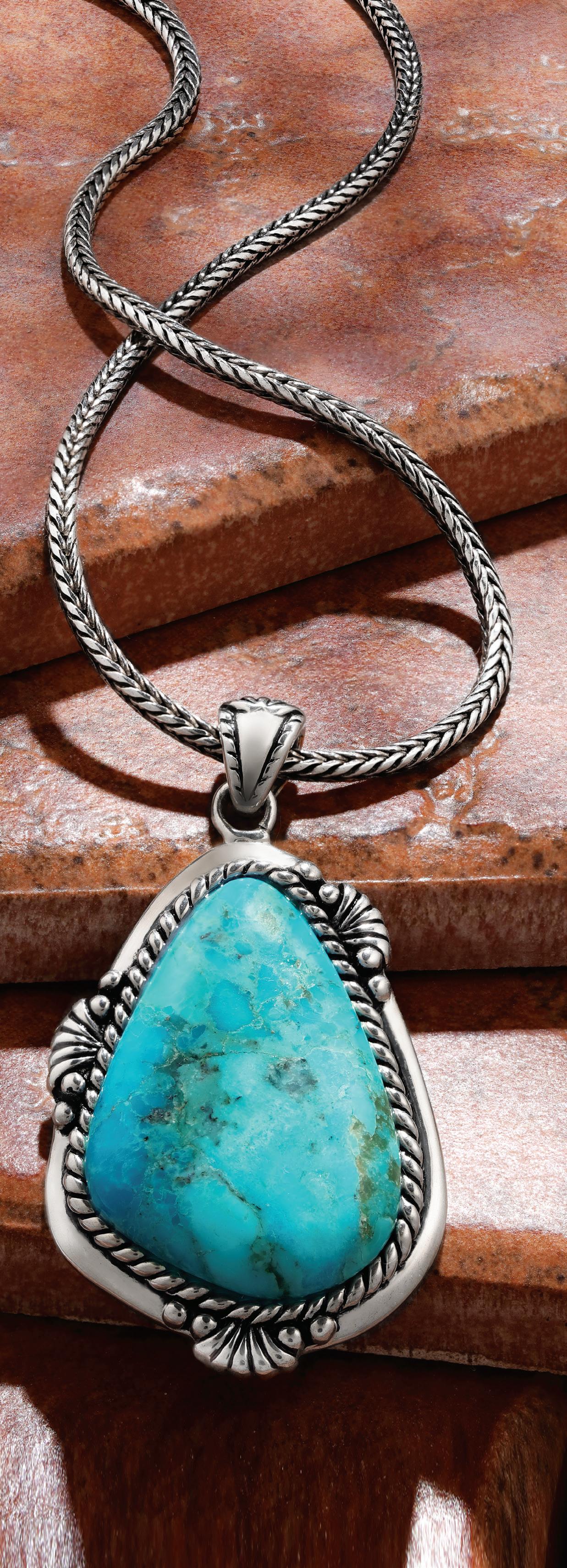
days
don’t
Ohio Angler Gregg Gallagher caught a 10.15-pound smallmouth bass on Nov. 3 that once certi ed should be a new Lake Erie record. e 23 ¾-inch sh is also the largest bronzeback ever caught from the Great Lakes.
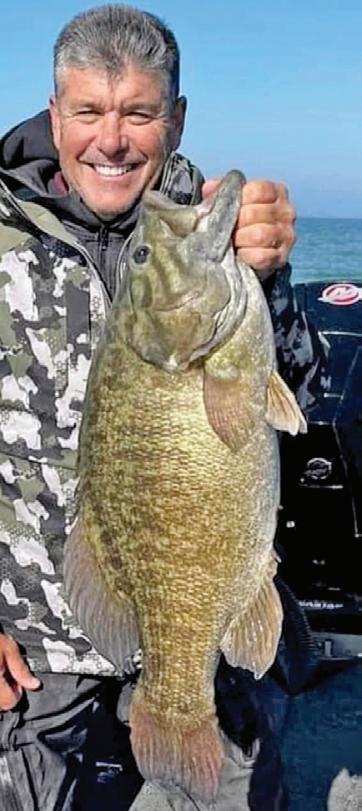





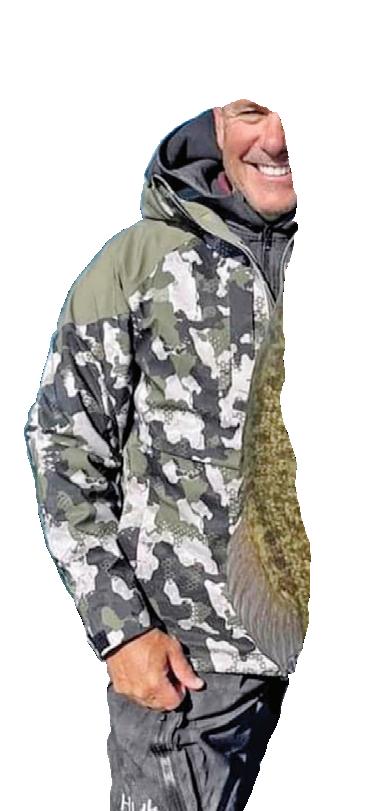
Gallagher told In-Fisherman his was the result of his son’s extensive time surveying bait and bottom structure. With sonar, they were able to do what some call video-game shing and target individual sh with drop shot rigs. He was shing 8-pound test.
“With an abundance of bait sh and unique bottom composition located a er long days behind the graphs, we dropped down our forward-facing sonar and we were able to individually target these pelagicesque smallmouth,” he told In-Fisherman. “On what turned out to be the most memorable cast of my life, my bait got hit before it even hit the bottom and my rod quickly doubled over. I honestly thought I had hooked into a sheephead and not a smallmouth. We quickly learned we had just caught the smallmouth of a lifetime.”
e monster smallmouth is the only certi ed 10-plus-pounder ever caught from the Great Lakes. It should beat out the Canadian record of 9.84 pounds, which was set 68 years ago. It is also heavier than the Ohio state record, which weighed 9 pounds, 8 ounces and was caught in 1993.
e world record smallmouth bass weighed 11 pounds, 15 ounces. It was caught from Tennessee’s Dale Hollow Lake in 1955.
You raise the flags of the fish just caught to show you weren’t skunked.
Once onshore you can take it a step further showing your fellow anglers your catch of the day wearing “slippahs” from Scott Hawaii.
Instead of spending the next few months holed up inside, get yourself a good parka, nd a window of decent weather and go shing. Believe it or not, for some sheries winter o ers some of the best action of the year. Here are a few ideas to help you combat cabin fever.
By CAM Stais time of year, wahoo pile up around the Bahamas. Some of the largest sh of the year will show up over the next couple of months.
High-speed trolling is the technique that allows captains to cover lots of water along rocky ledges, color changes, temperature breaks and dropo s. ’Hoos hunt in packs, so multiple hook-ups and double-digit days are possible. is shery requires some forethought and perhaps some exibility. ey bite best around the full and new moons, but you’ll de nitely want to avoid fronts and those wicked north winds.

December
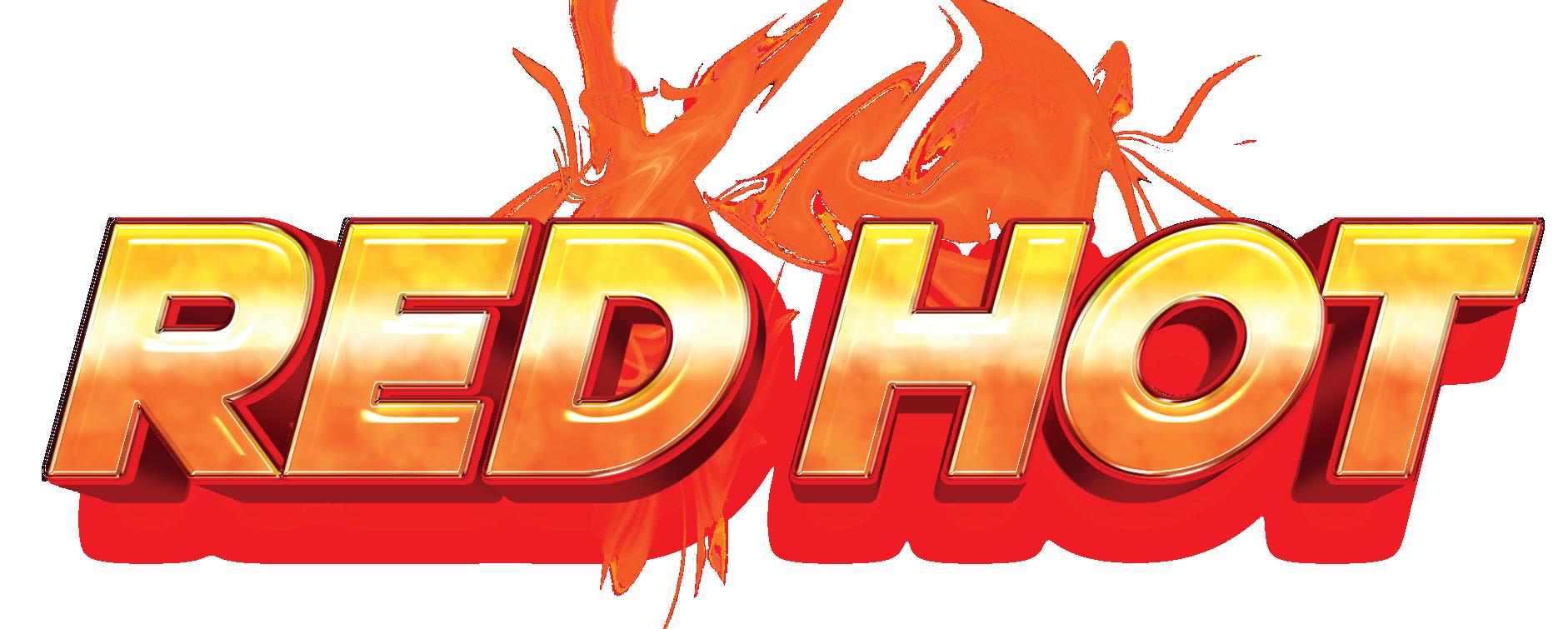






the Atlantic Coast of South Florida becomes one of the best sail sh destinations in the world. Release ags will be ying along the edge of the Gulf Stream from roughly Fort Pierce down through the Keys.
For this bite, you’ll want to sh when the weather’s a little rough. With strong winds from the north, tailing conditions push sail sh high in the water column to feed. ey surf the swells and it’s possible to sight sh for them, which is about as exciting as shing gets.
3) The Outer Banks: In winter, North Carolina’s Outer Banks are the destination for several migrations which bring excellent shing to the island chain from Oregon Inlet down past Ocracoke.
Out of Hatteras, it’s a short ride out to the edge of the Gulf Stream, and this time of year tuna congregate there to feast on a bounty of bait sh. Big blue n tuna 200 pounds and larger are on the prowl, and anglers can also do battle with black n, yellow n and bigeye tunas.
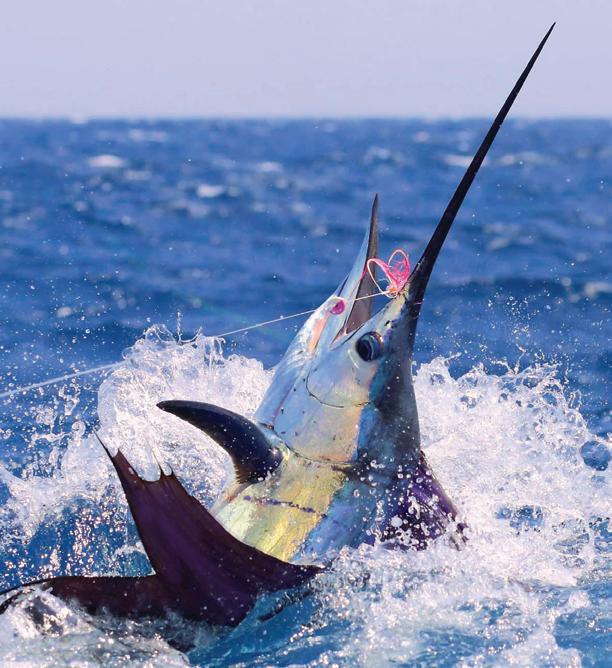



At the same time, big schools of striped bass will be marauding bait sh on the beaches and in the inlets. Surf anglers can encounter them blitzing menhaden by looking for bait and birds. Charter boats do good business this time of year trolling while keeping eyes peeled for stripers herding and crashing bait balls.
4) South Padre Island, Texas: Way down on the Mexican border, South Padre Island is as far south as you can go in Texas. e winters are mild and the shing is good year-round.
When water temps drop, snook pile into the canals and school up. ese schools of sh can be giant, and they are suckers for arti cials. At the same time, the grass ats experience the clearest water of the year. Red sh, big trout and black drum cruise the ats, where anglers can sight sh them in shin-deep water.

5) Delayed Harvest Trout: On the East Coast from Maryland down to Georgia, most states have developed robust delayed harvest trout sheries which keep y shers on the stream through the winter. ese specially regulated sheries are catch-and-release only through the cooler months and most of them have single-hook, arti cial-only regulations.
Most delayed harvest streams are heavily stocked, usually with some largerthan-normal hatchery sh. Since you can’t keep them, they stay in the creeks and rivers all winter long. Maryland, Pennsylvania, North Carolina, South Carolina and Georgia are some of the states with excellent delayed harvest programs. See the state wildlife agency websites for information.
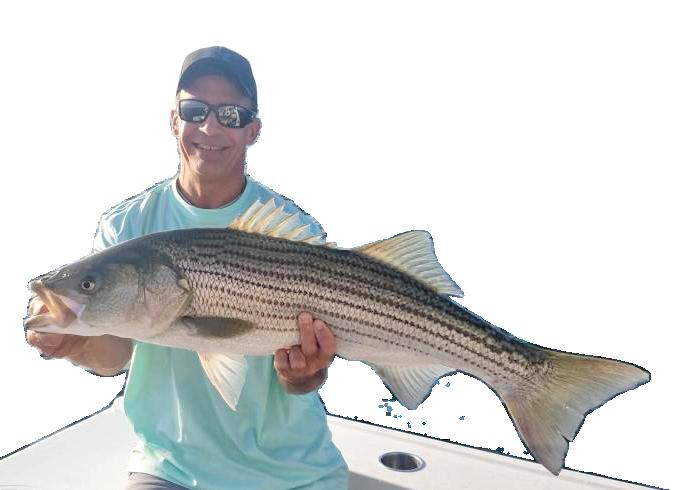
For the rst time in a while, sheries managers are reporting some good news about striped bass populations on the Atlantic Coast. In early November, e Atlantic States Marine Fisheries Commission (ASMFC) accepted an updated 2022 stock assessment that looks good enough that no additional harvest cuts will be needed.
is stock assessment found that rock sh stocks are still over shed but they are not currently experiencing over shing. e female spawning biomass appears to have been on a modest upward trend for at least the last three years, but at an estimated 143 million pounds is still far below the 235-million-pound target for rebuilding.
Total mortality in 2021 from commercial and recreational shing was estimated at 0.14, which is below the mortality threshold of 0.20 as well as below the mortality target of 0.17.
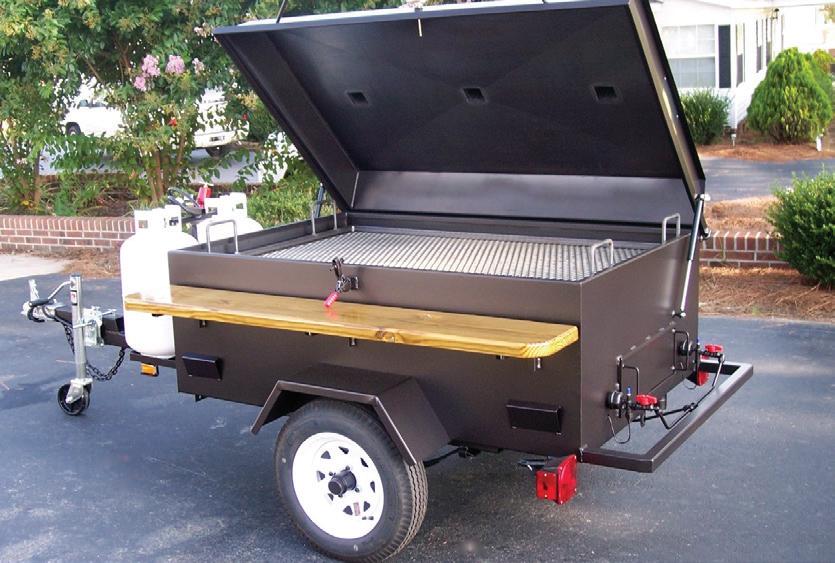
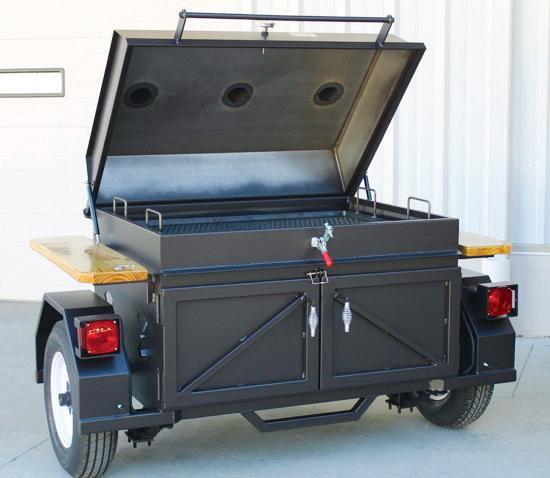
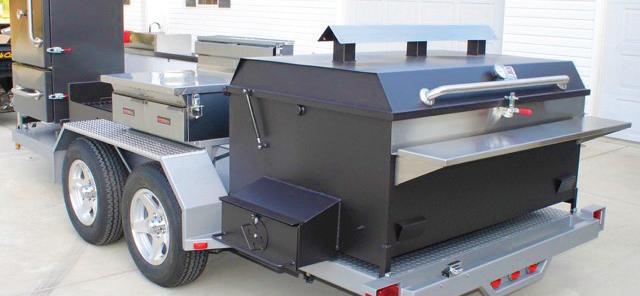


What does this mean for anglers?

Currently, a reduction in catch is not needed, and the rebuilding program is on schedule to declare the striped bass stock rebuilt by 2029.
“ is 2022 assessment was the rst check-in point for progress toward stock rebuilding by 2029,” said Board Chair Marty Gary with the River Fisheries Commission. “It is extremely important shery removals and conduct regular stock assessments to keep evaluating rebuilding progress and stay on track.”

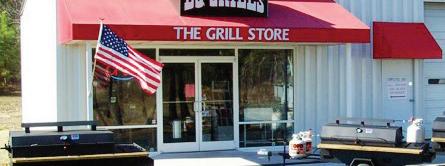
e next stock assessment update is scheduled for 2024, and the Board will review the 2022 removals as soon as the data are available to evaluate whether catch remains at sustainable levels.
For more information, visit www.asmfc.org.










“Love at first sight! Without a doubtone of my favorite pieces from Stauer!”
– N. B., Mattapoisett, MA
Spoil her (and your wallet) with sparkling Sky Blue Topaz for just $39

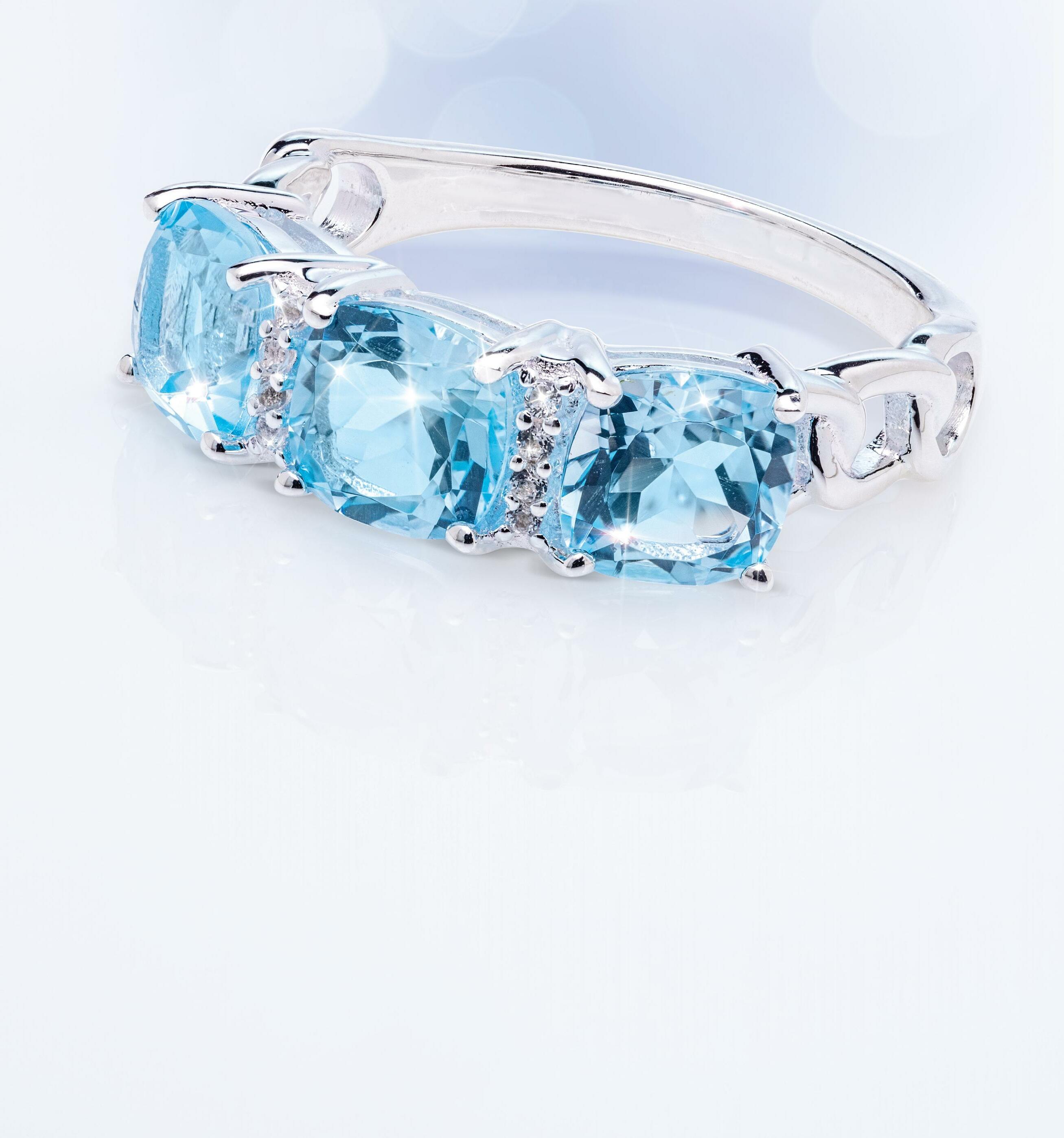
Going over the top on jewelry doesn’t have to mean going overboard on the cost. We’re in the business of oohs and ahhs without the ouch, which is why we can bring you a genuine sky blue topaz ring for a price that simply can’t be beat.
Sky blue topaz is aptly named, as its translucence and clarity is absolutely heavenly. If you are looking to mark a milestone or make any occasion special, the Sky Blue Topaz Ring is all you need.
is elegant ring features 2 1/2 carats of ethereal sky blue topaz in three perfectly-faceted cushion cut gemstones. And, the .925 sterling silver setting is nished in tarnish-resistant rhodium for added durability and superior shine.
You could spend nearly a $1,000 on a sterling silver ring set with a blue topaz stone. But, with Stauer in your corner, the sky’s the limit for a ording the extraordinary. Priced at just $39, you can treat her to the Sky Blue Topaz Ring set in .925 sterling silver and save your money and your love life all at the same time.
Satisfaction guaranteed or your money back. Indulge in the Sky Blue Topaz Ring for 30 days. If you aren’t perfectly happy, send it back for a full refund of the item price.
Limited Reserves. Don’t let this gorgeous ring slip through your ngers. Call today!
